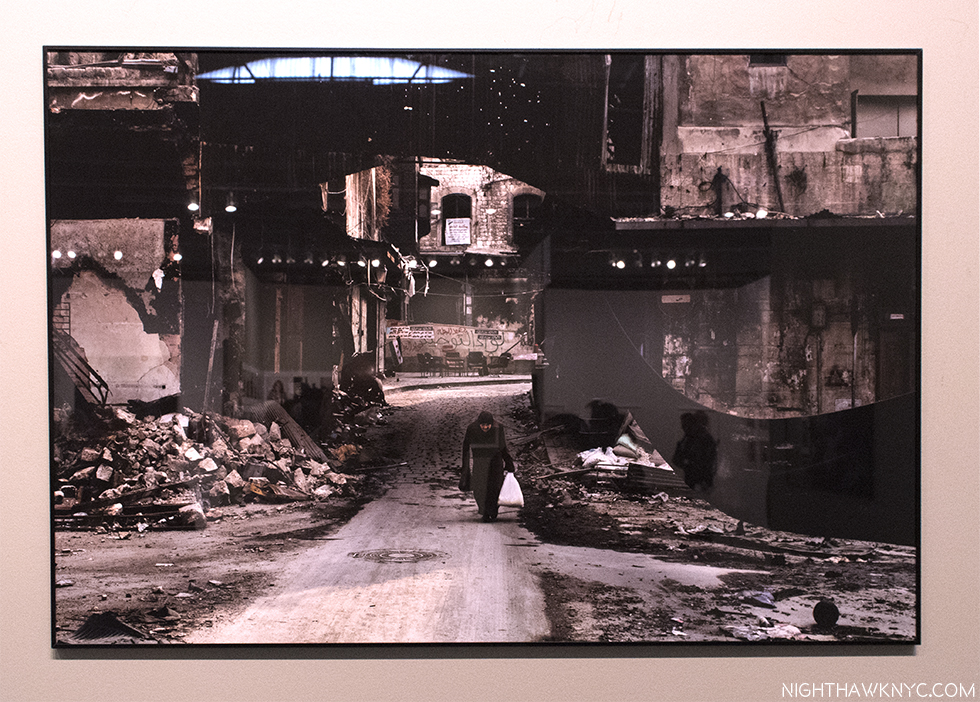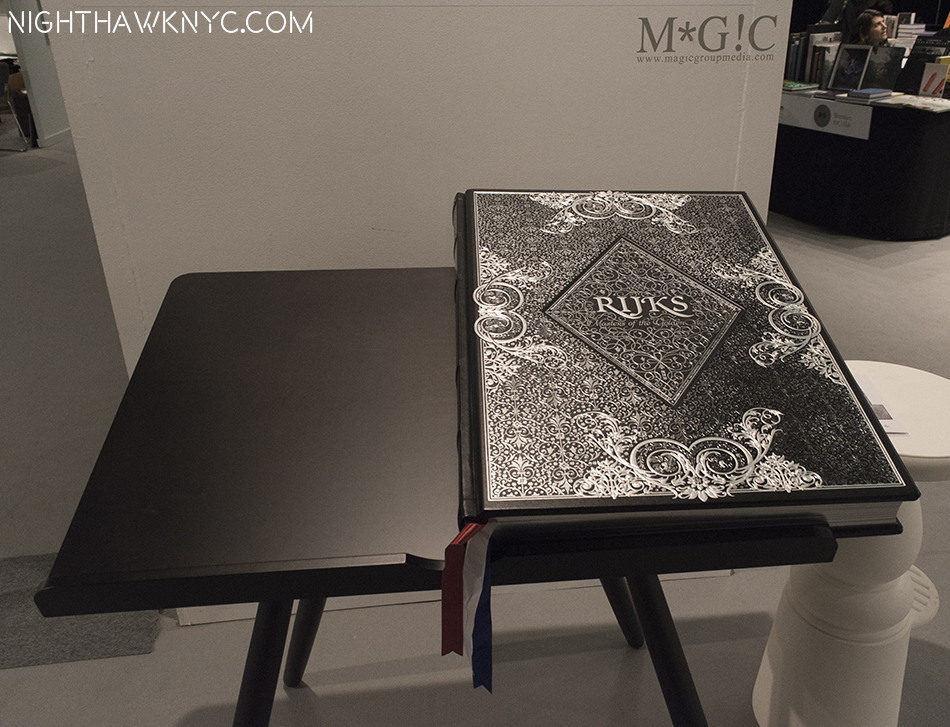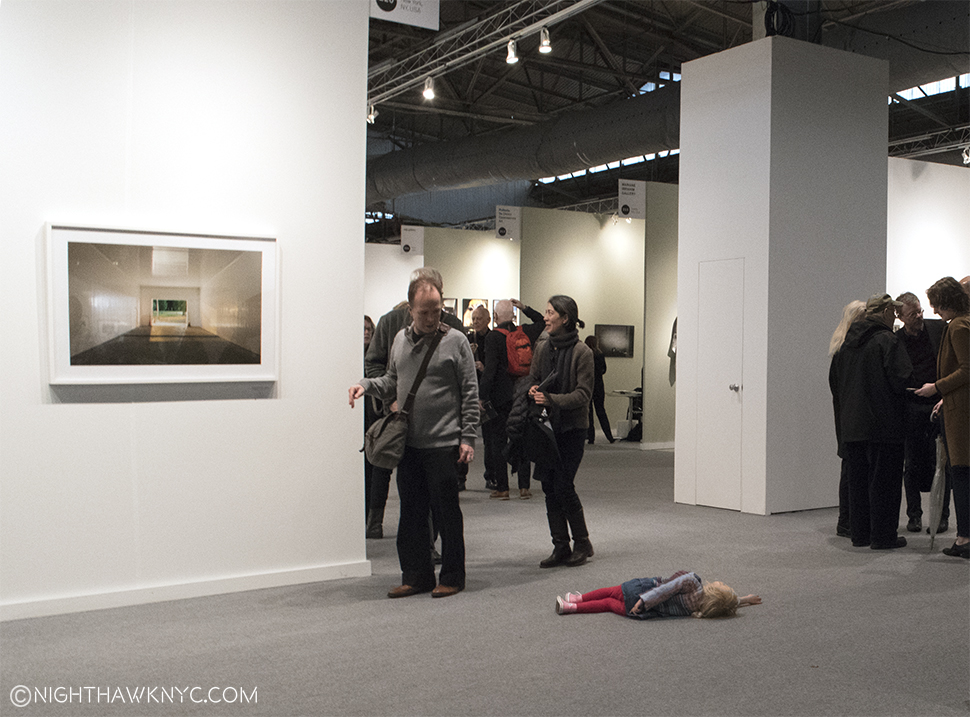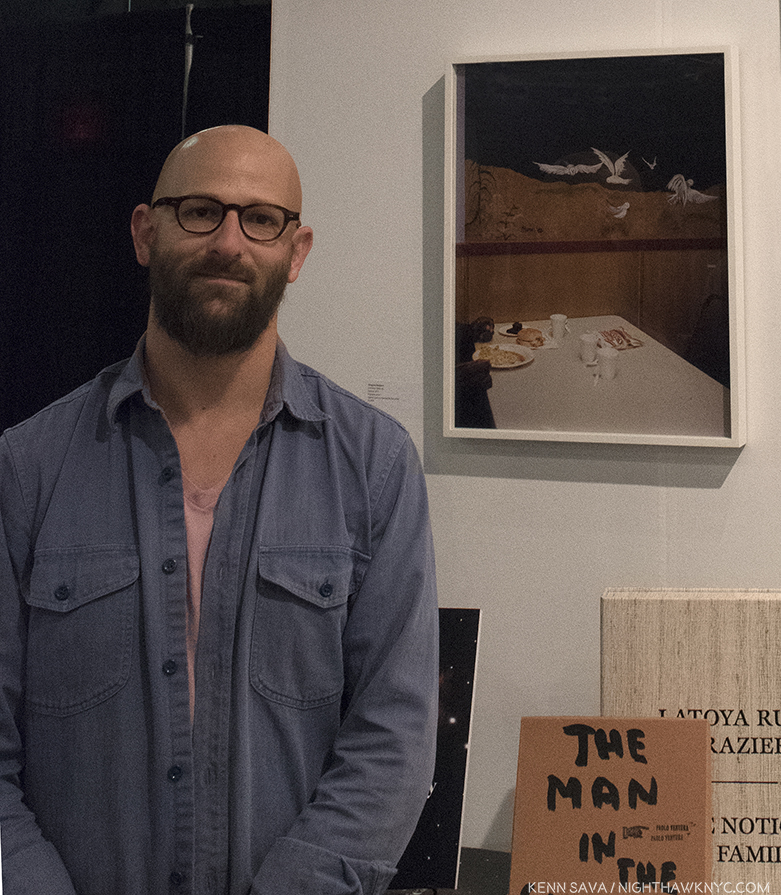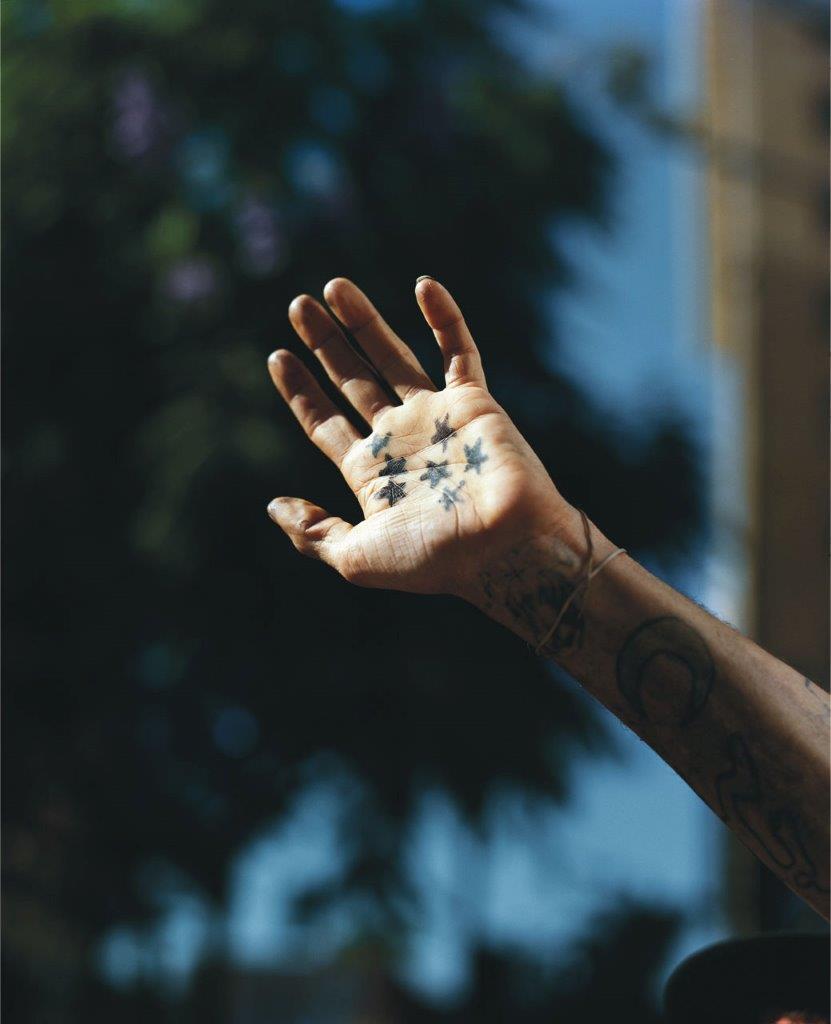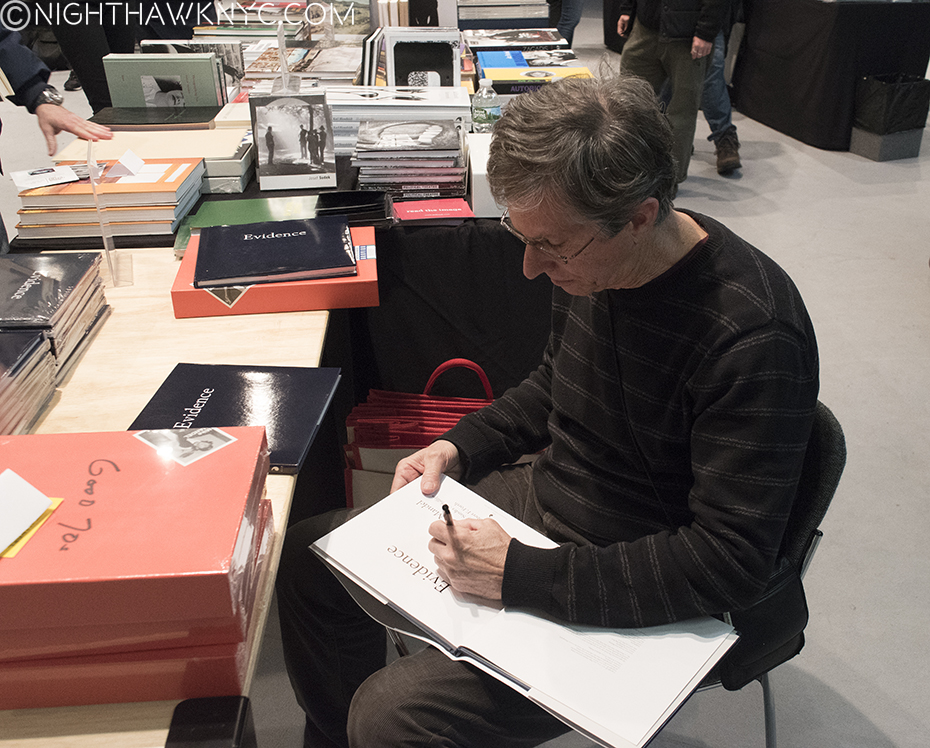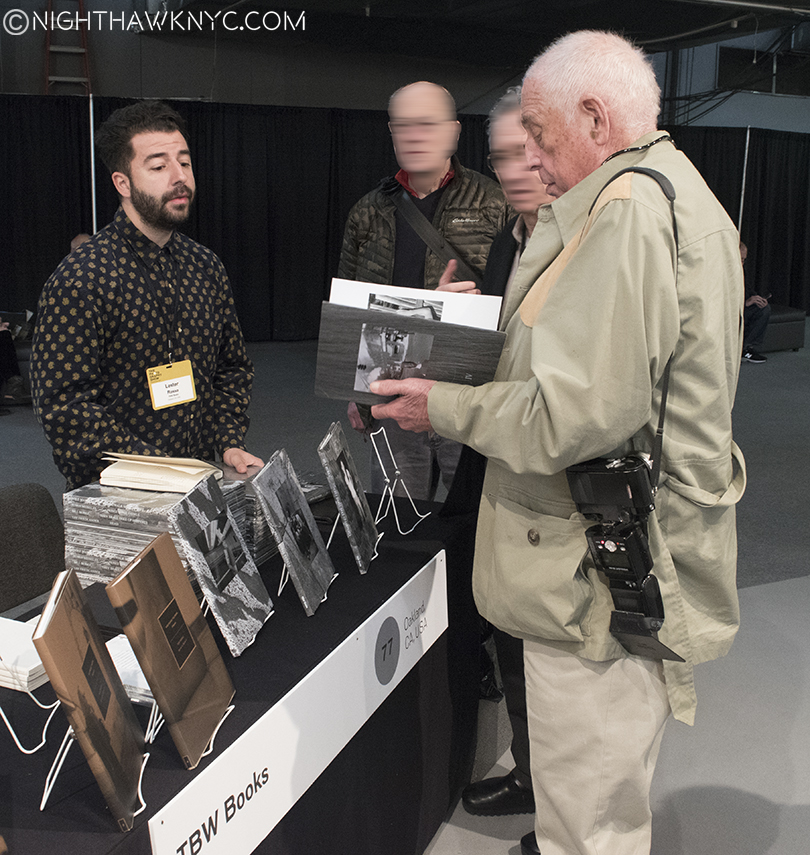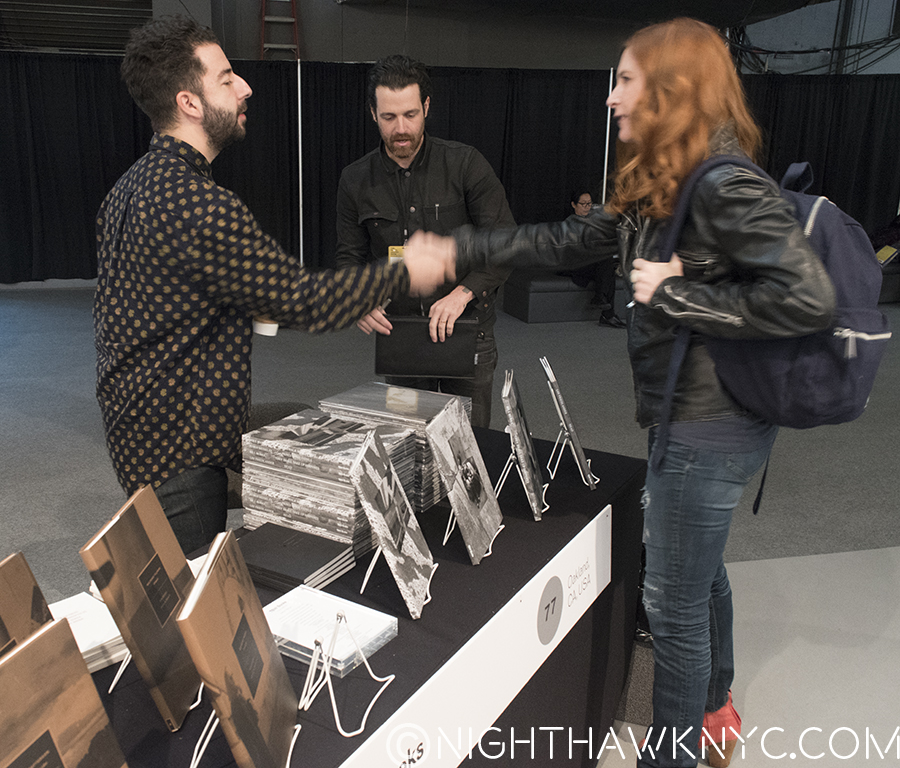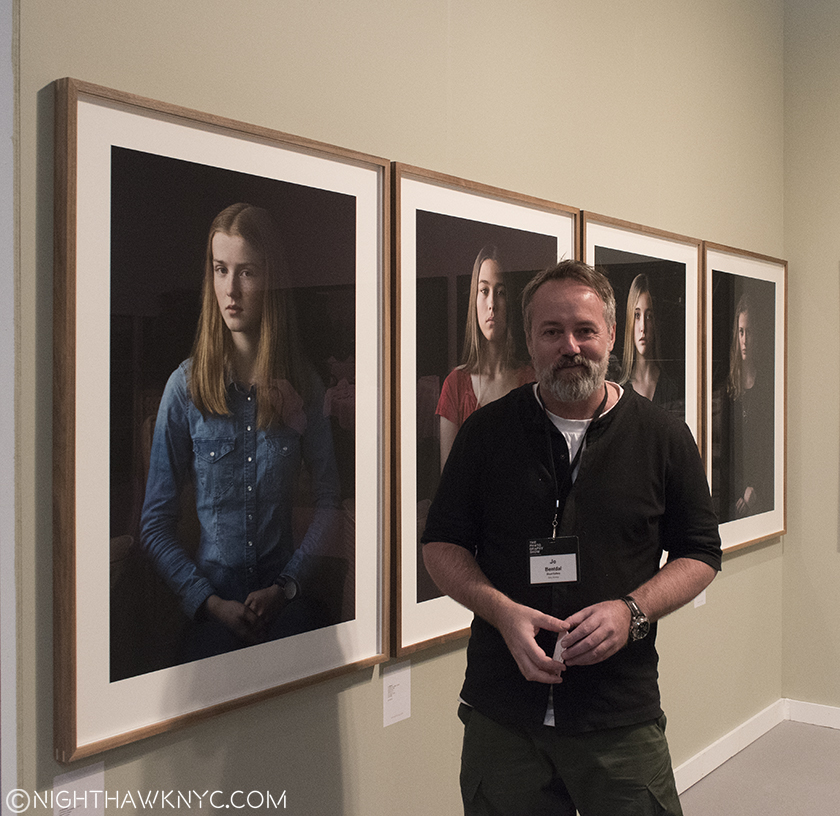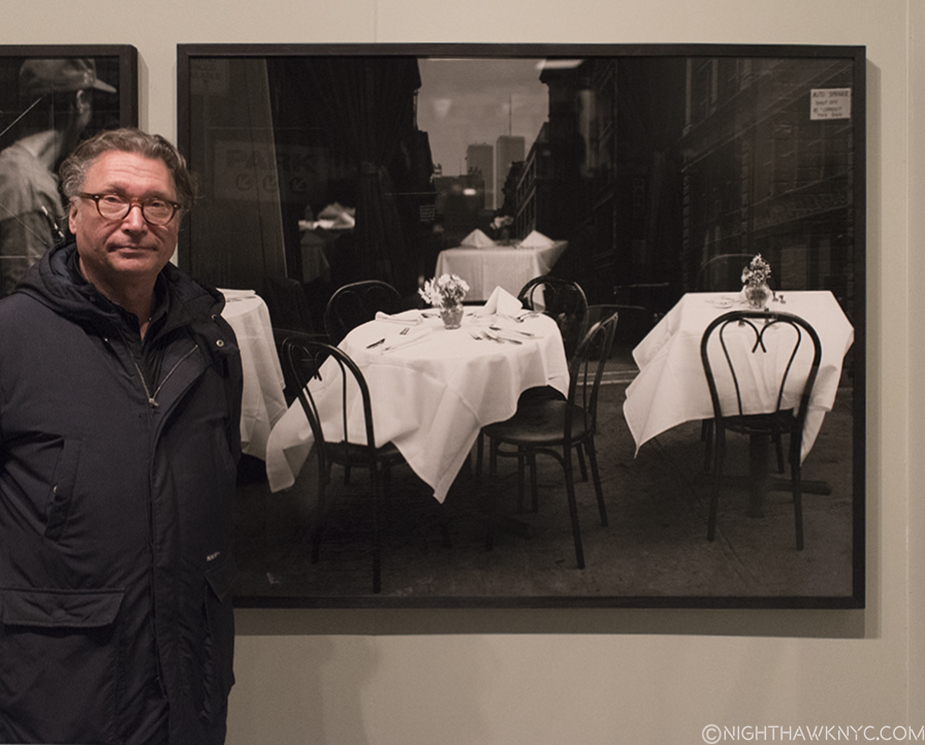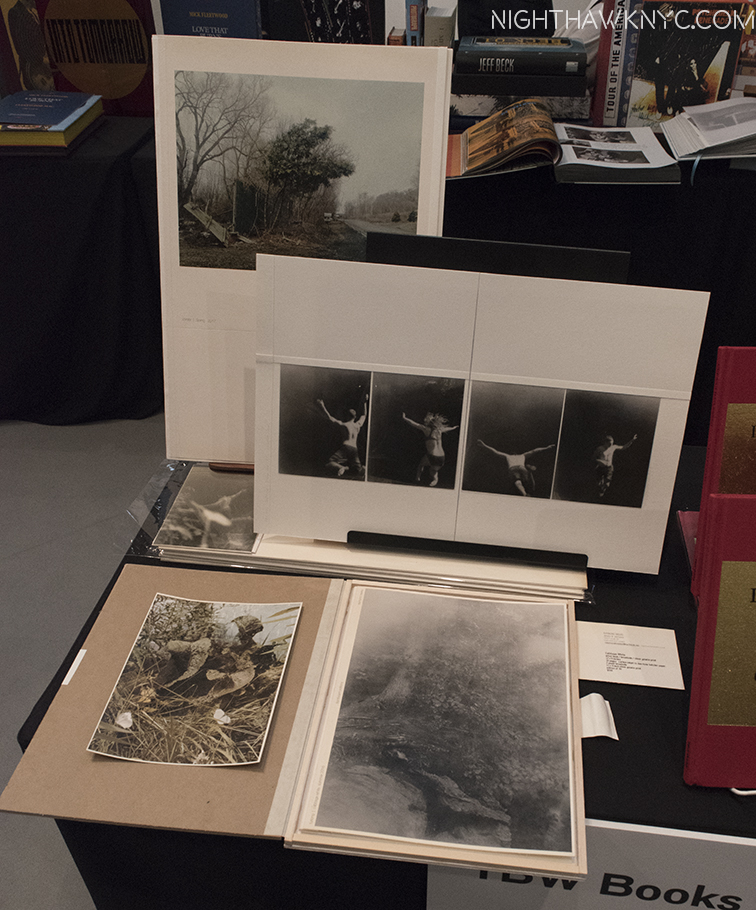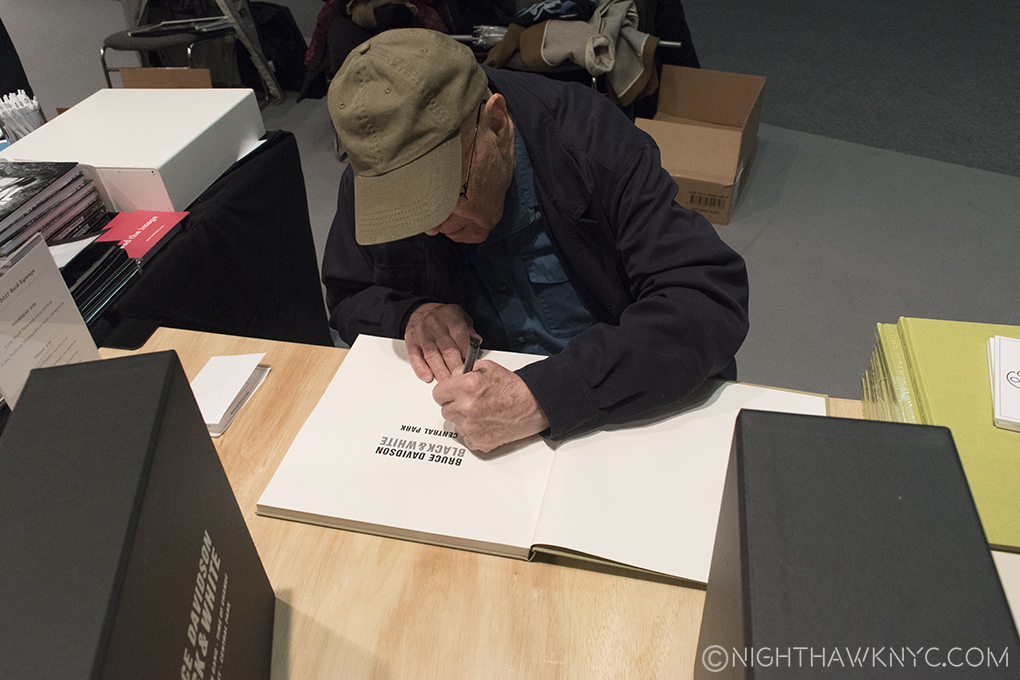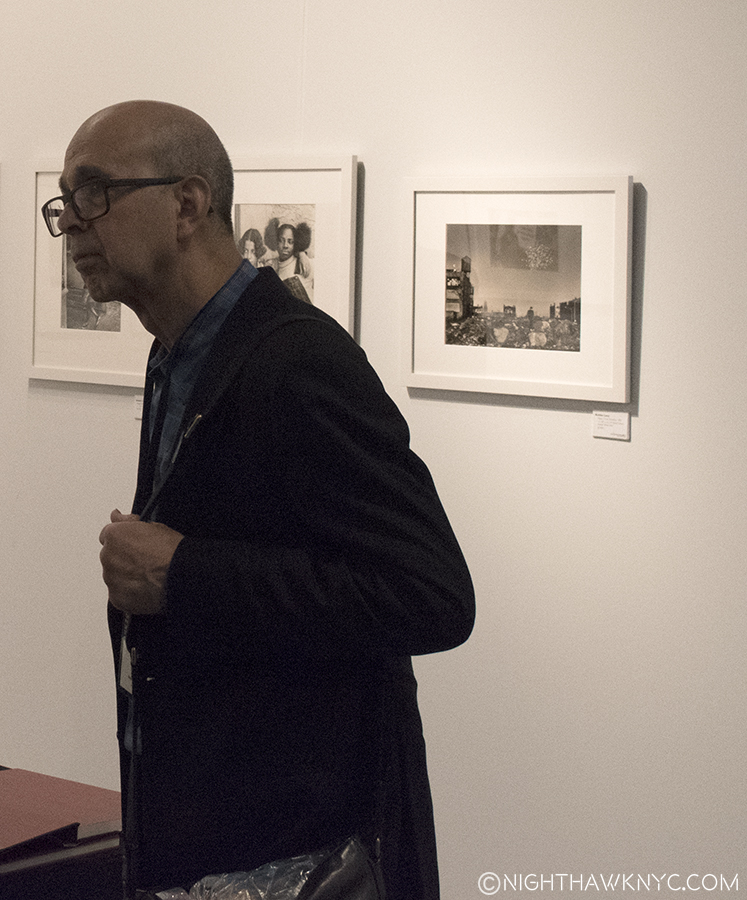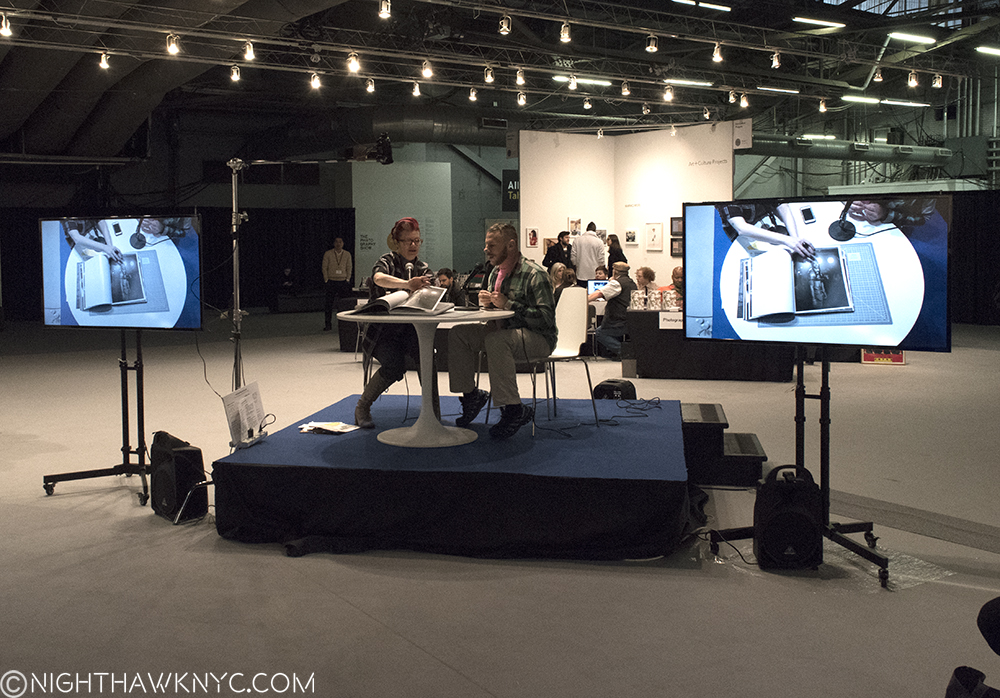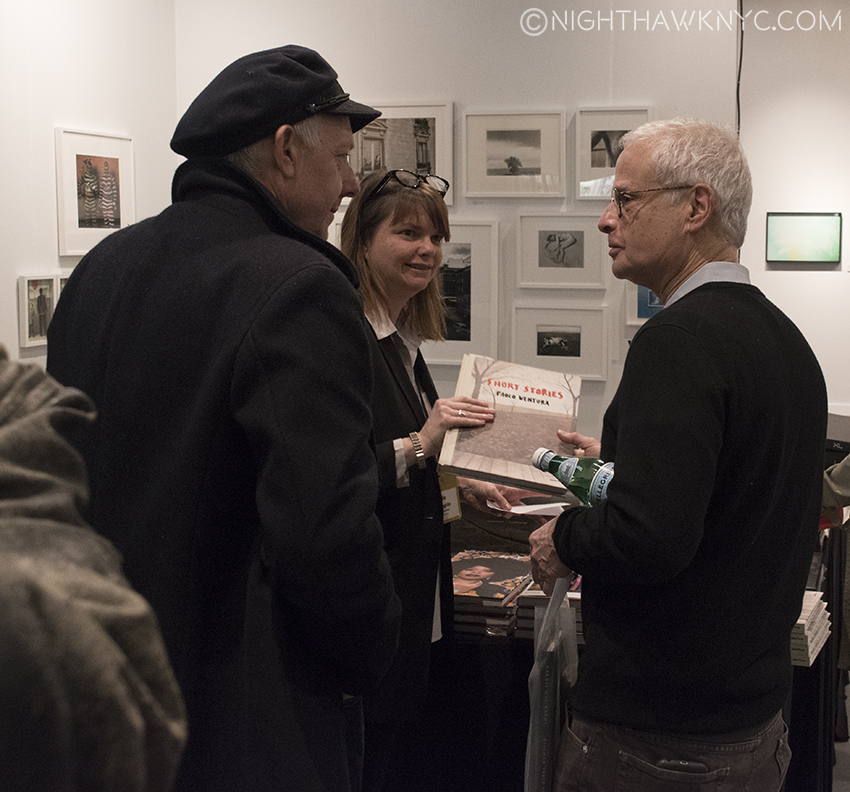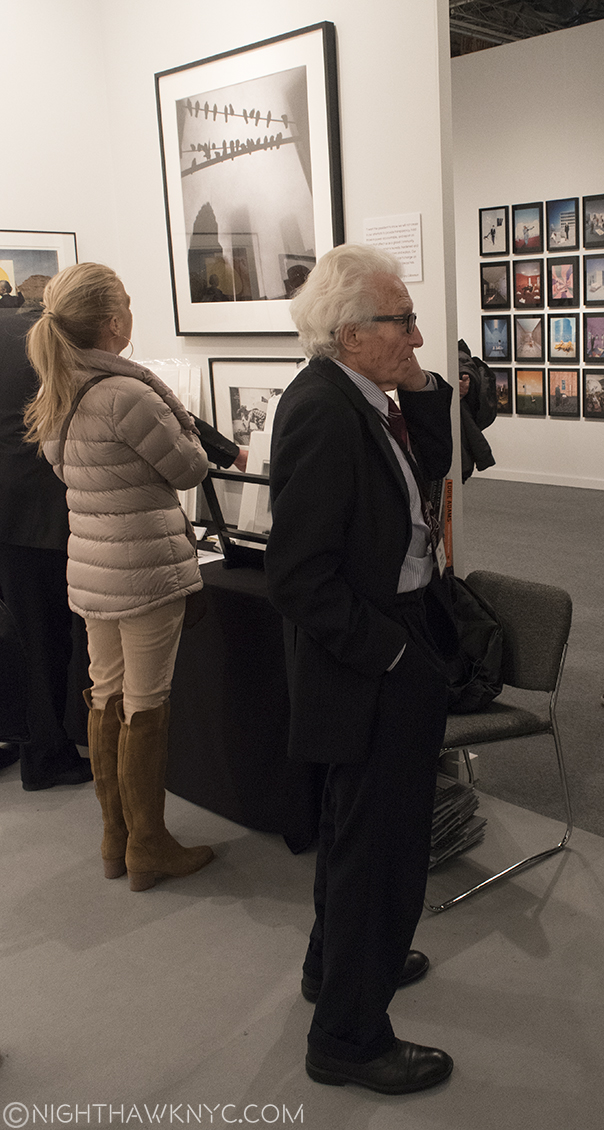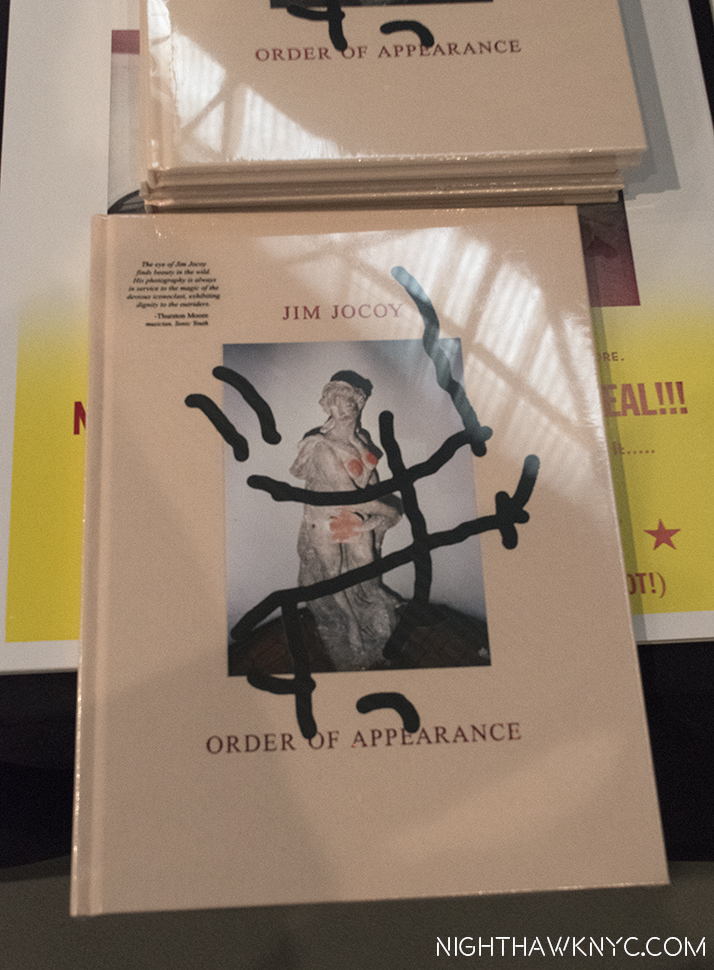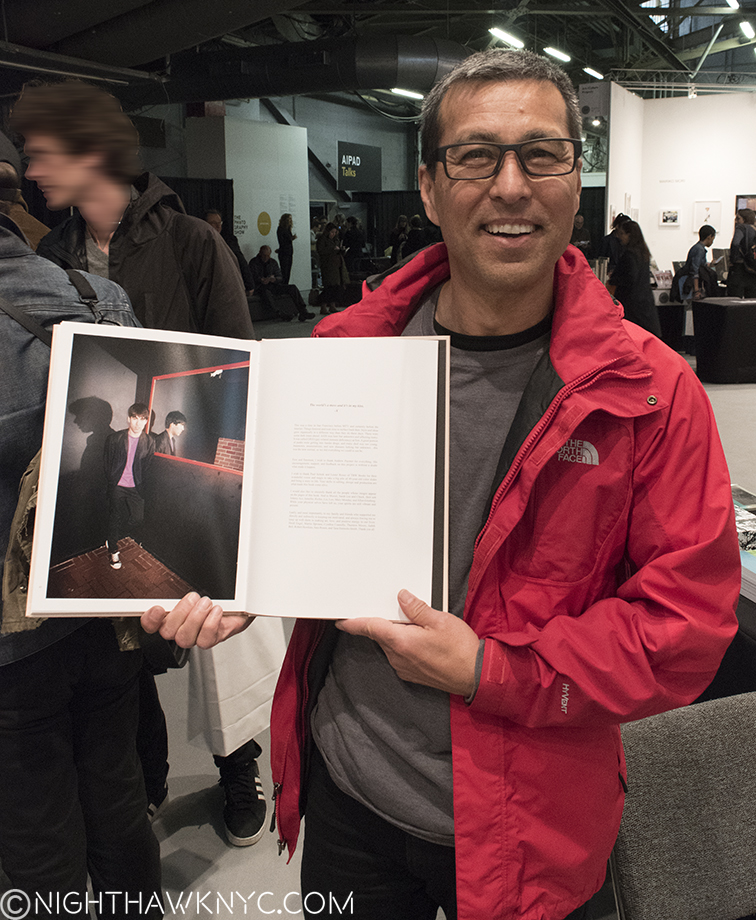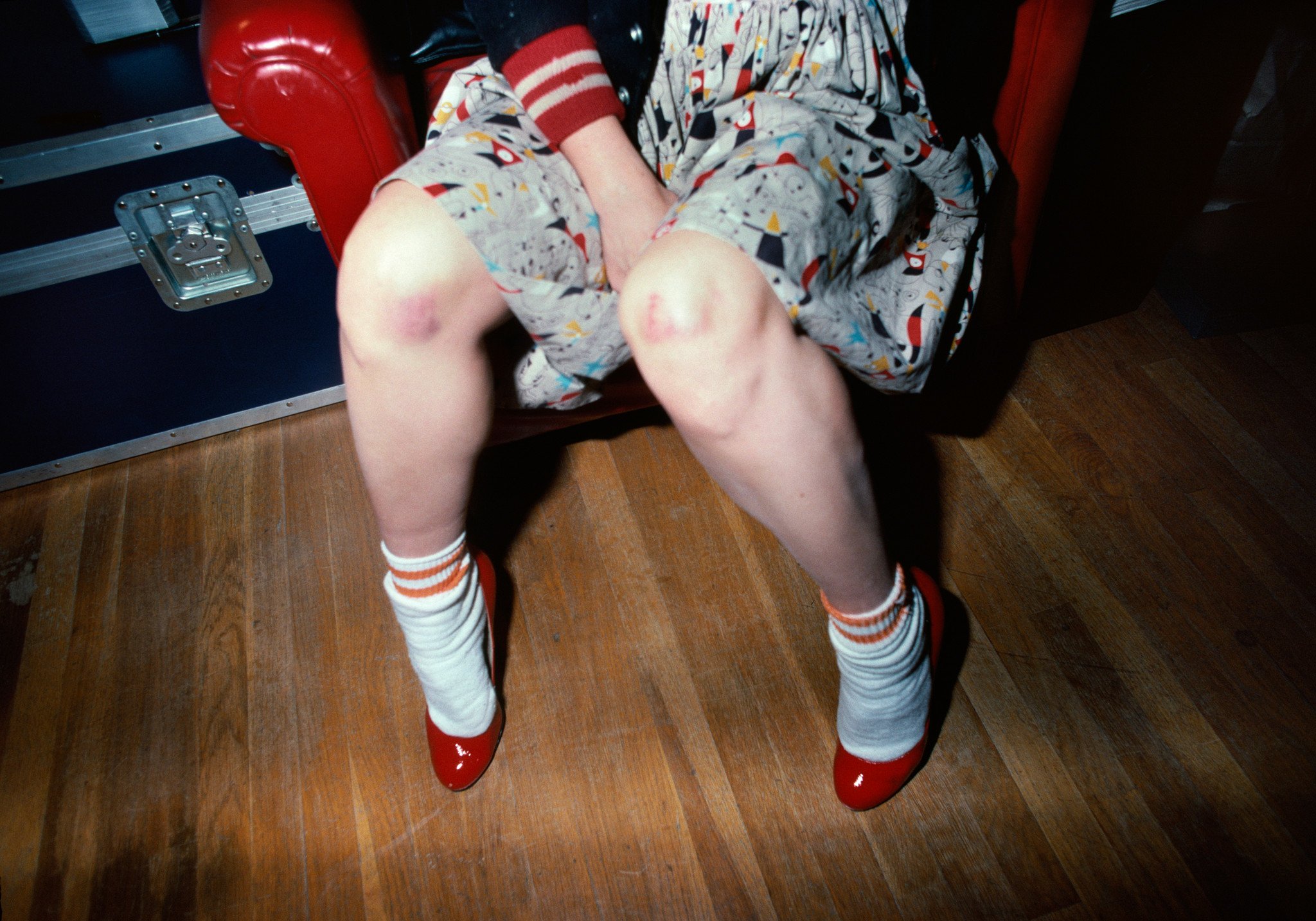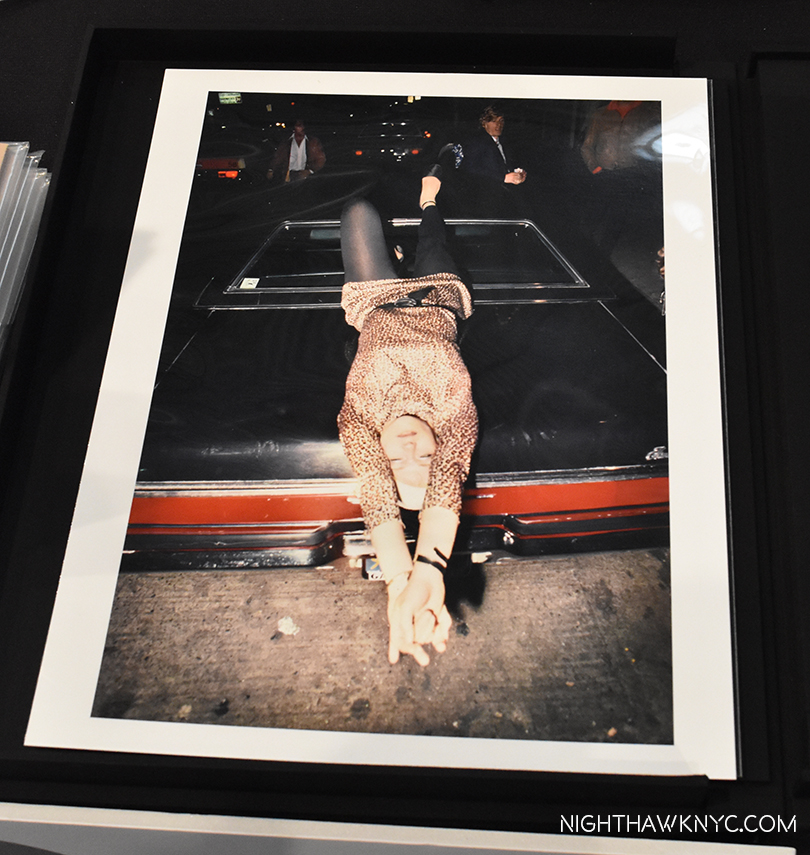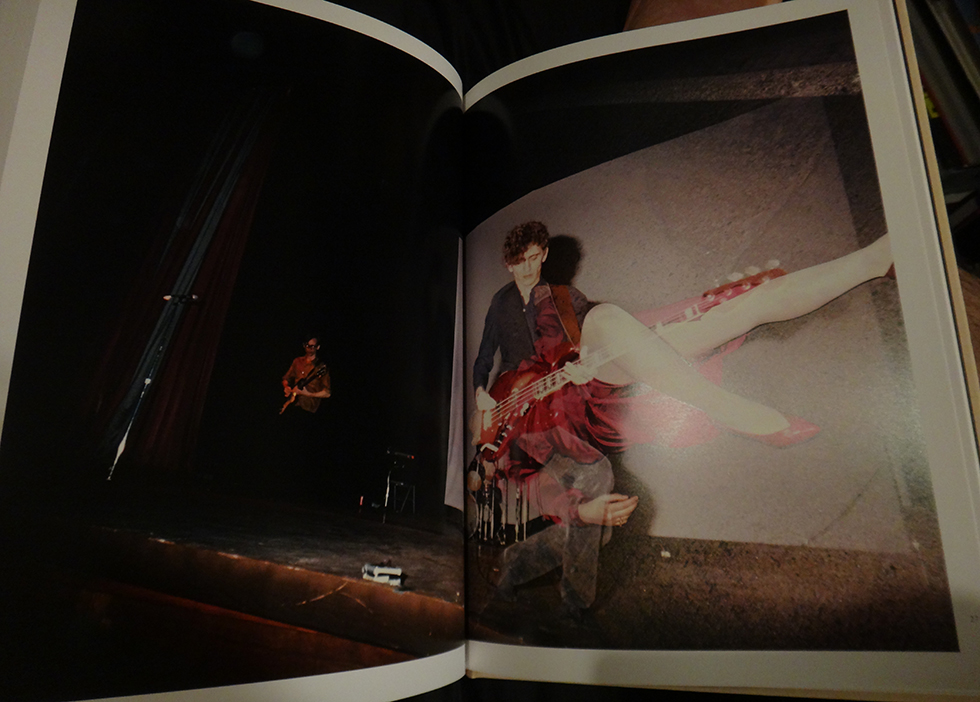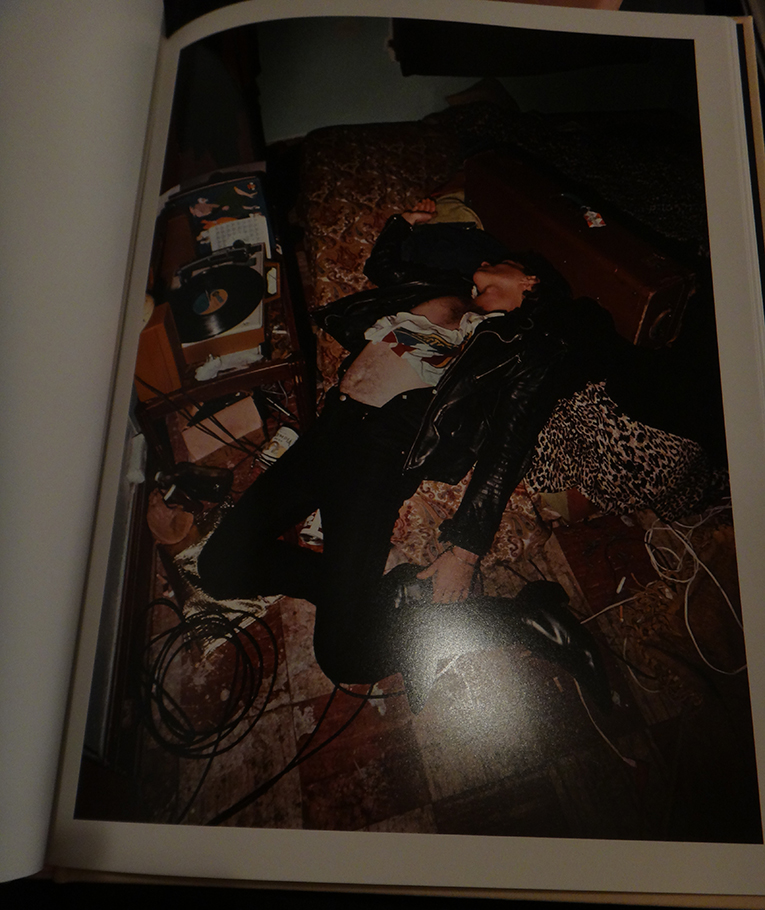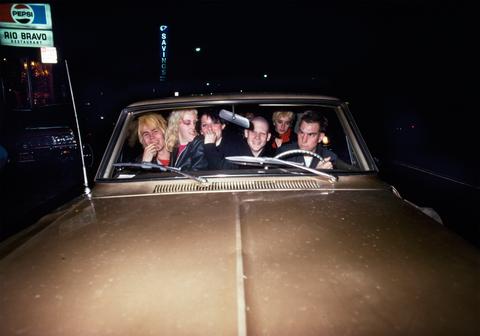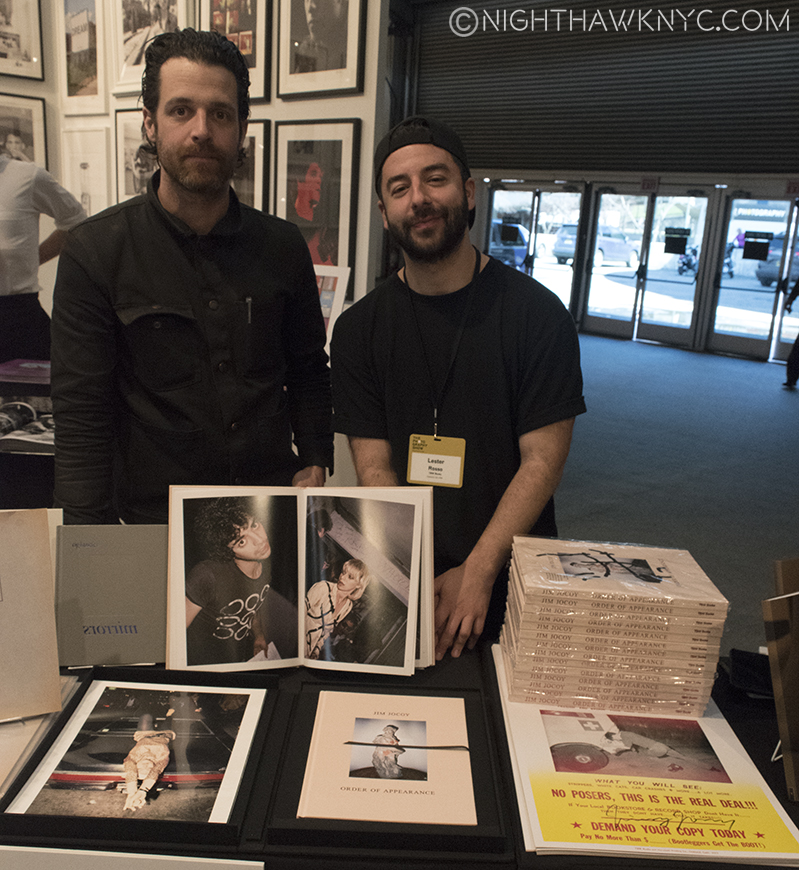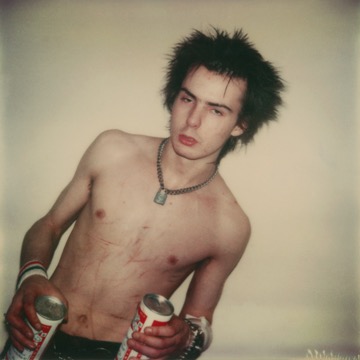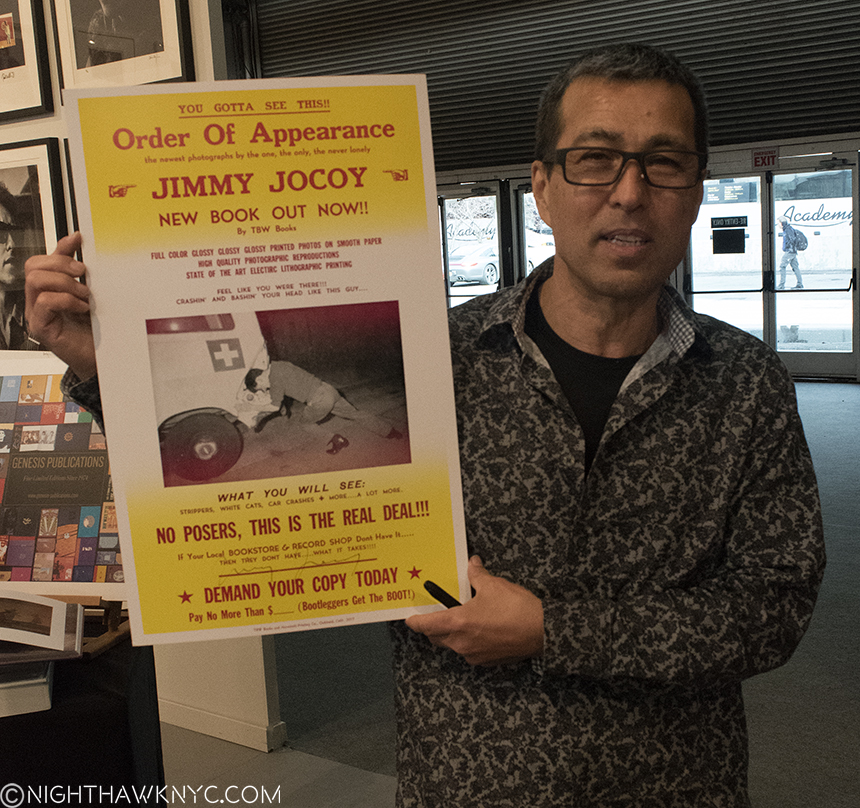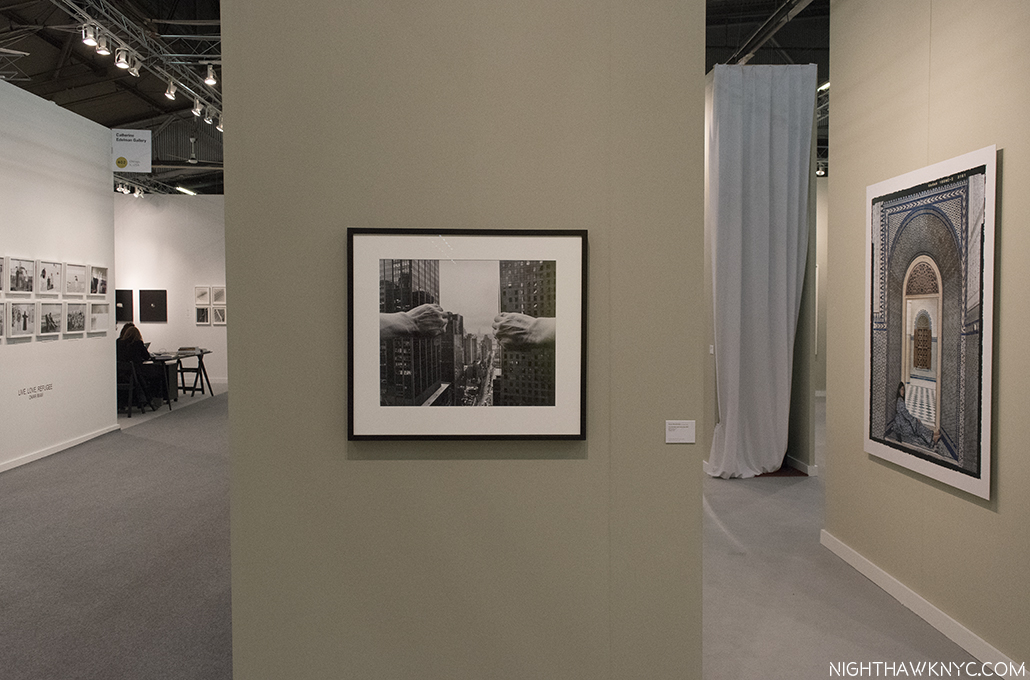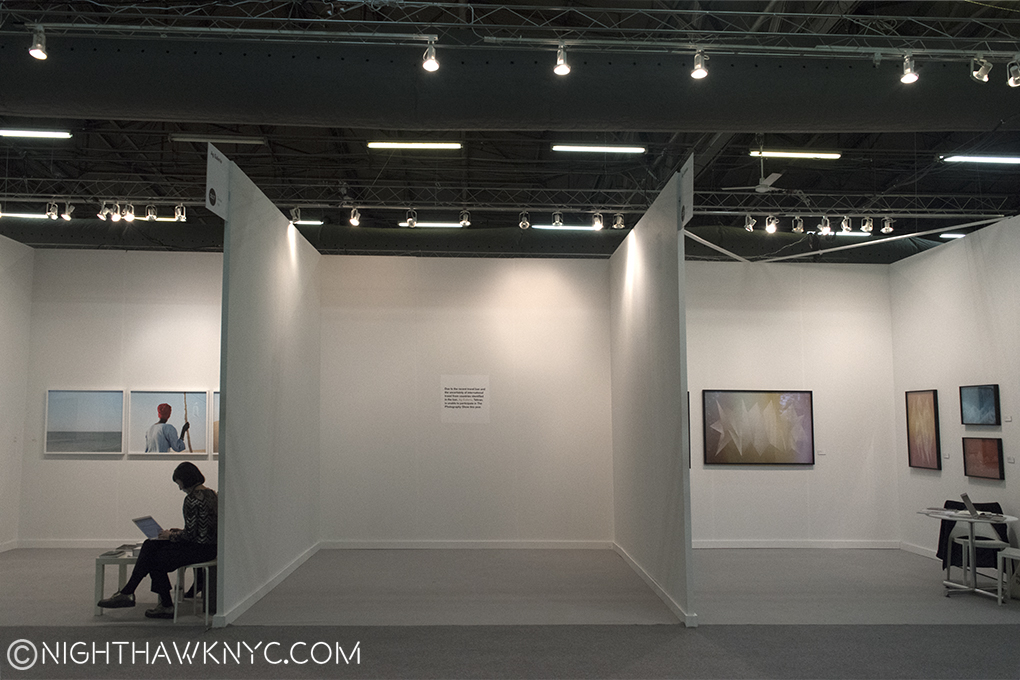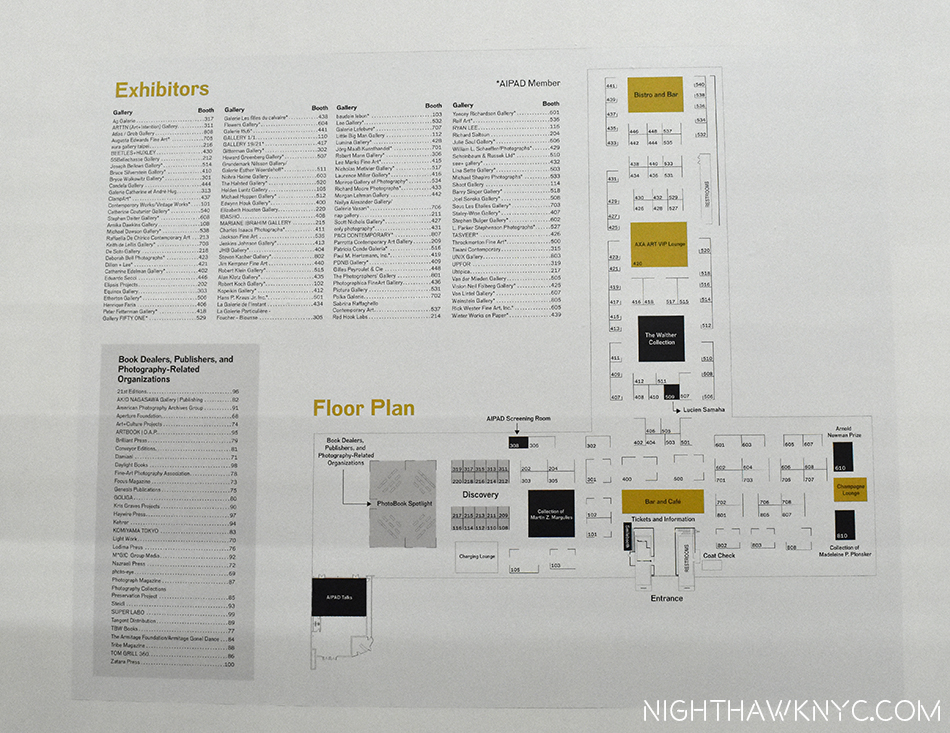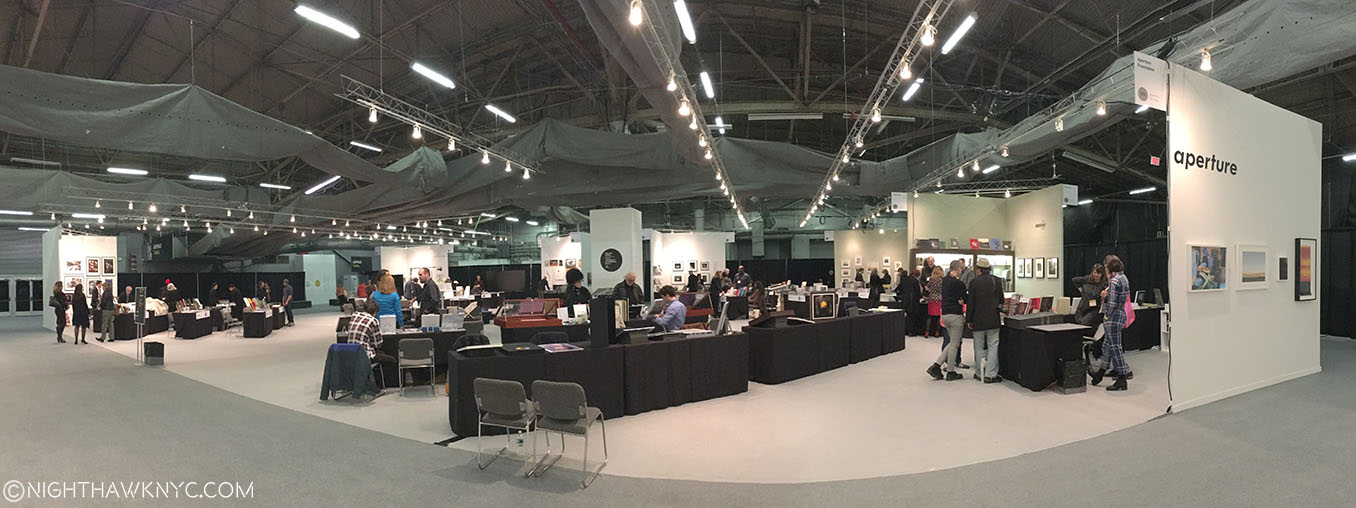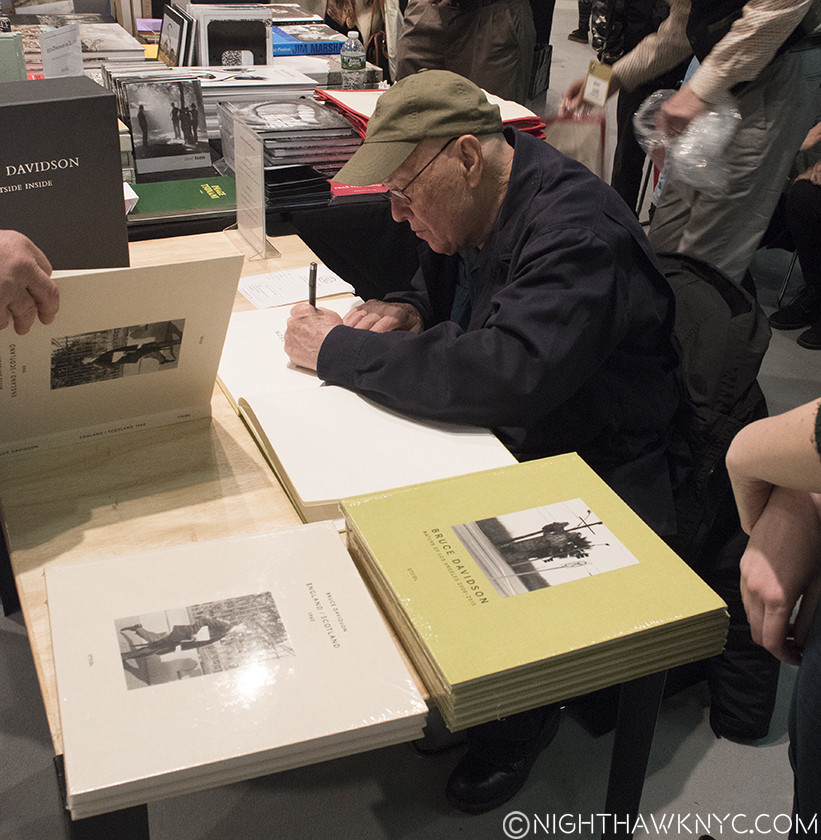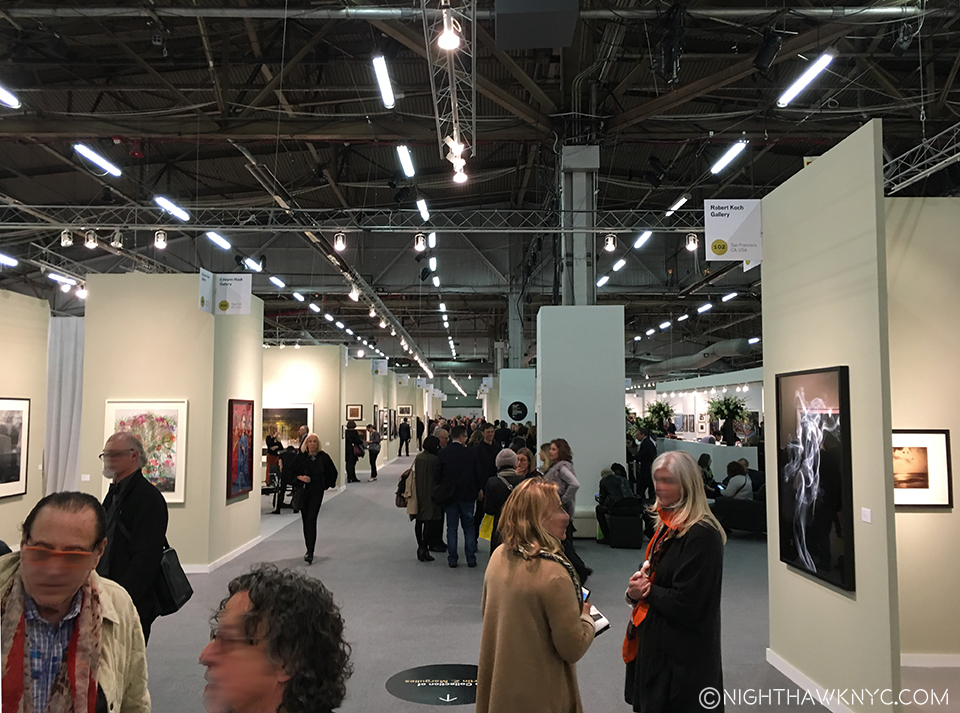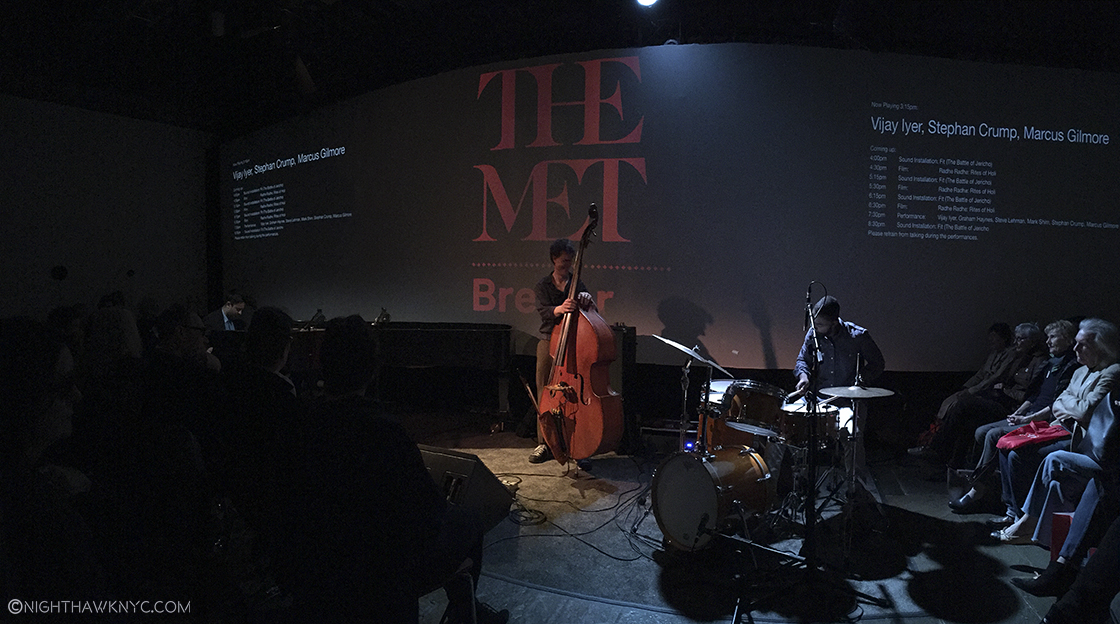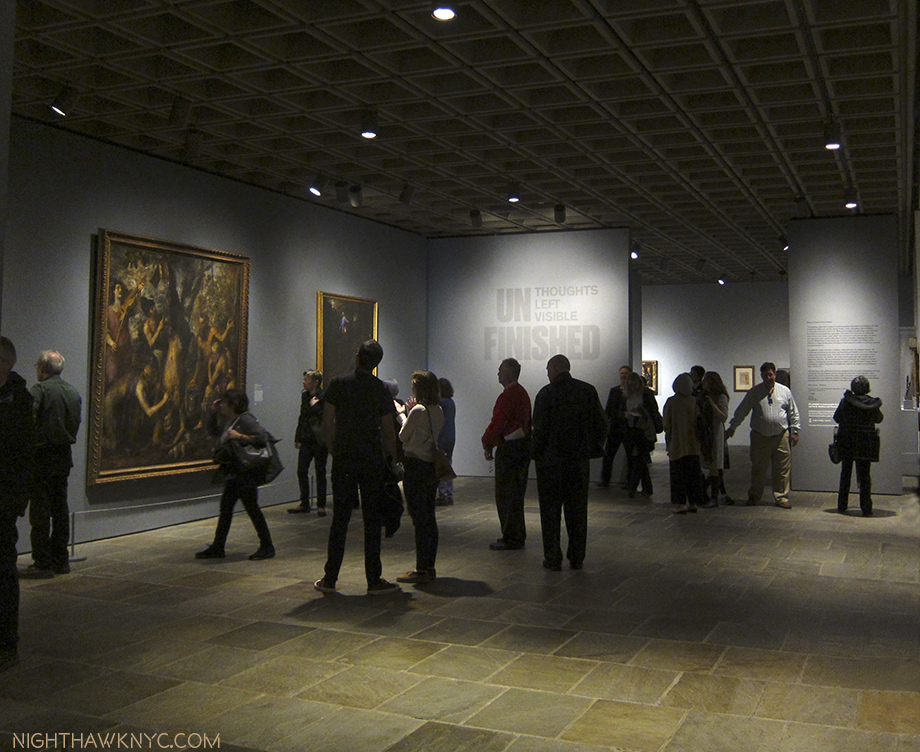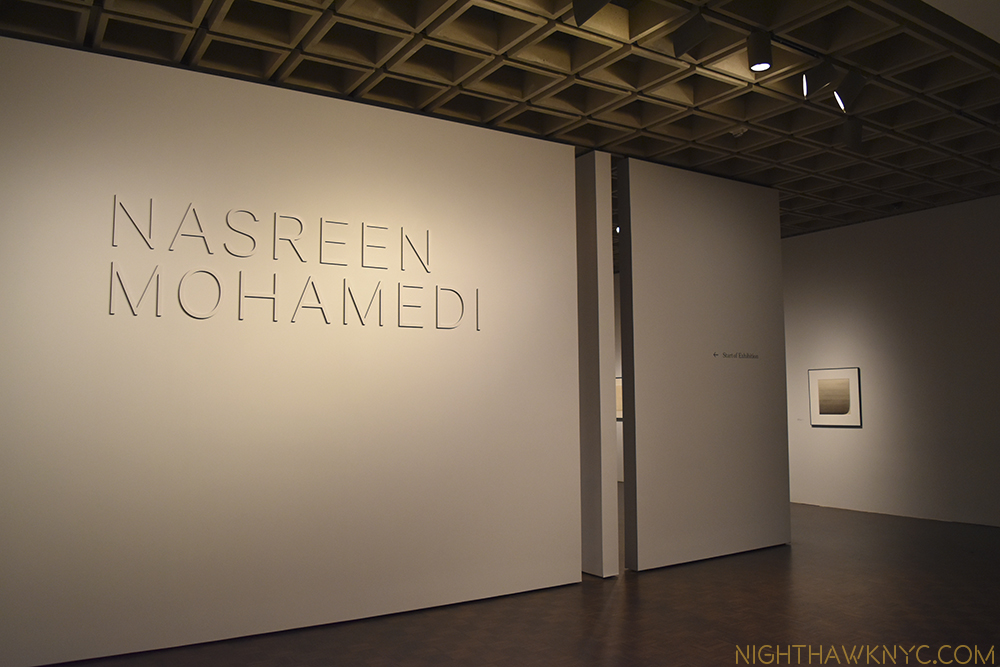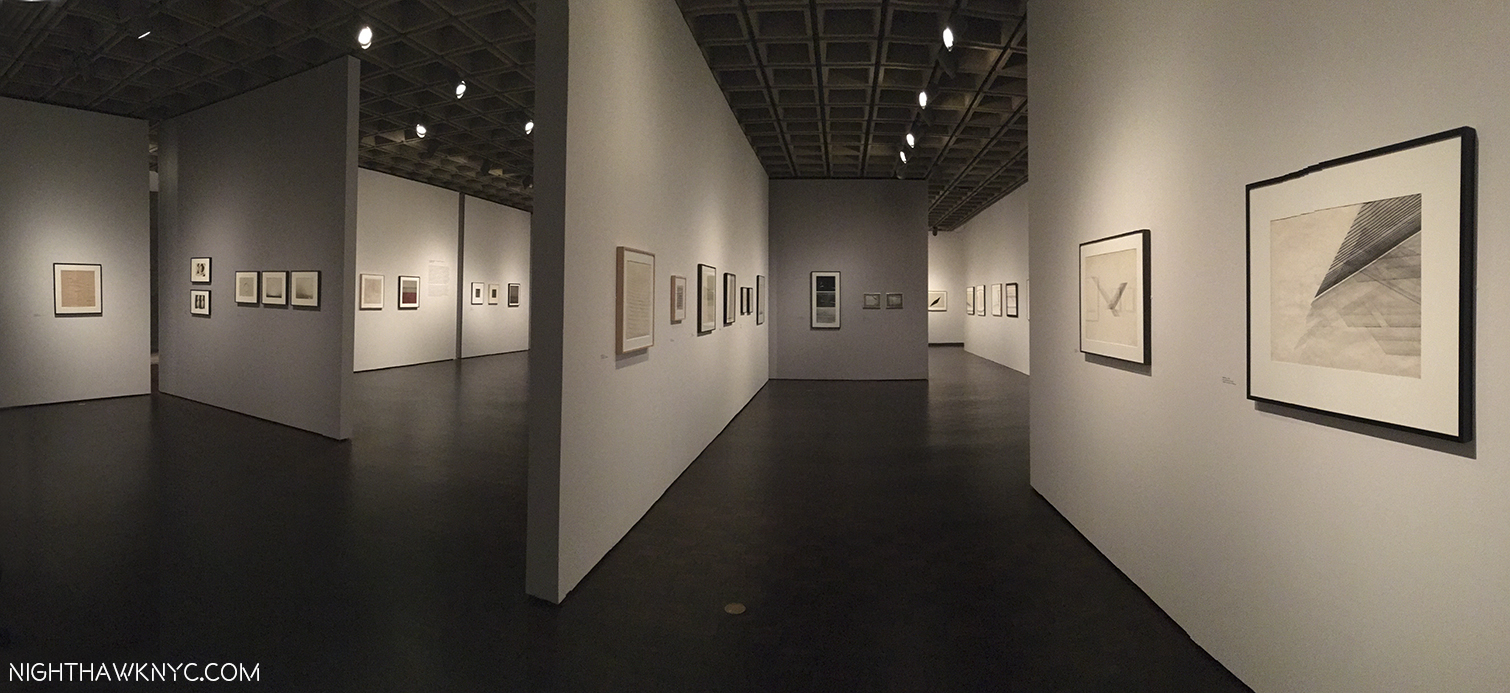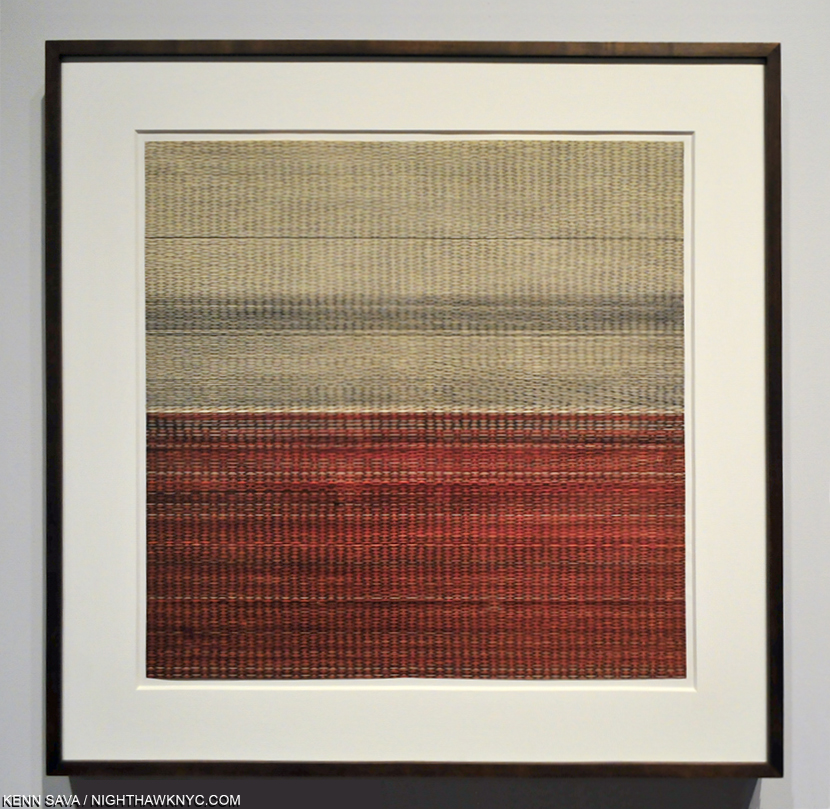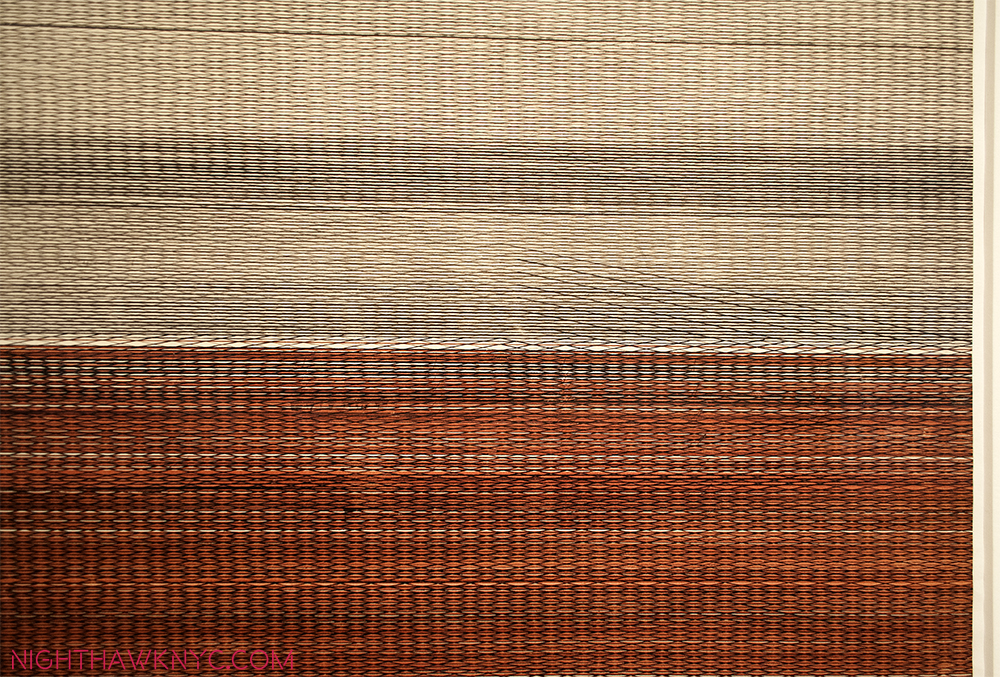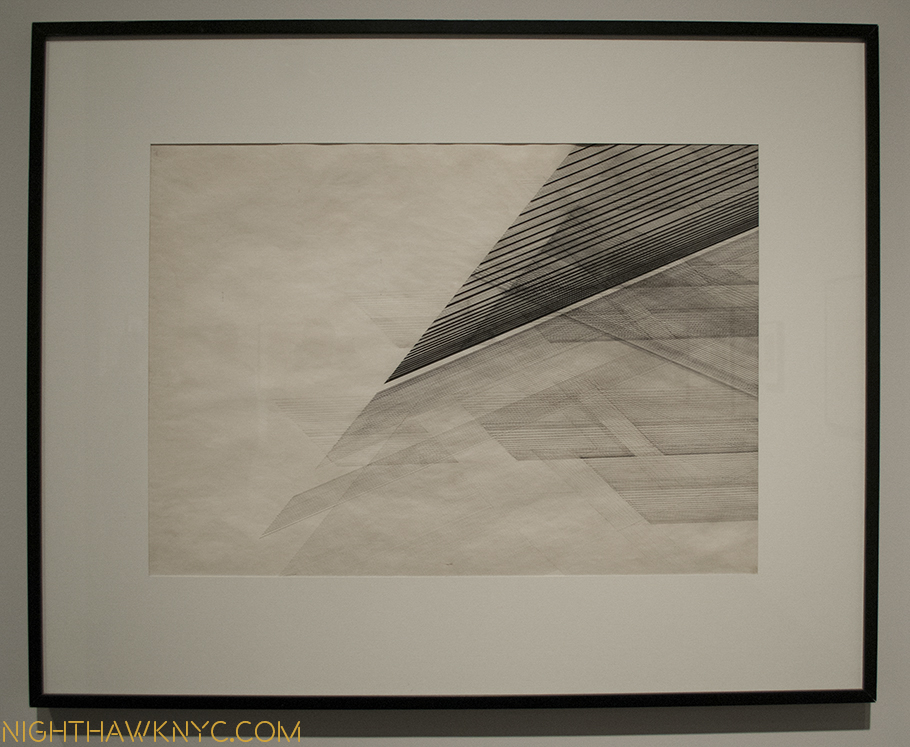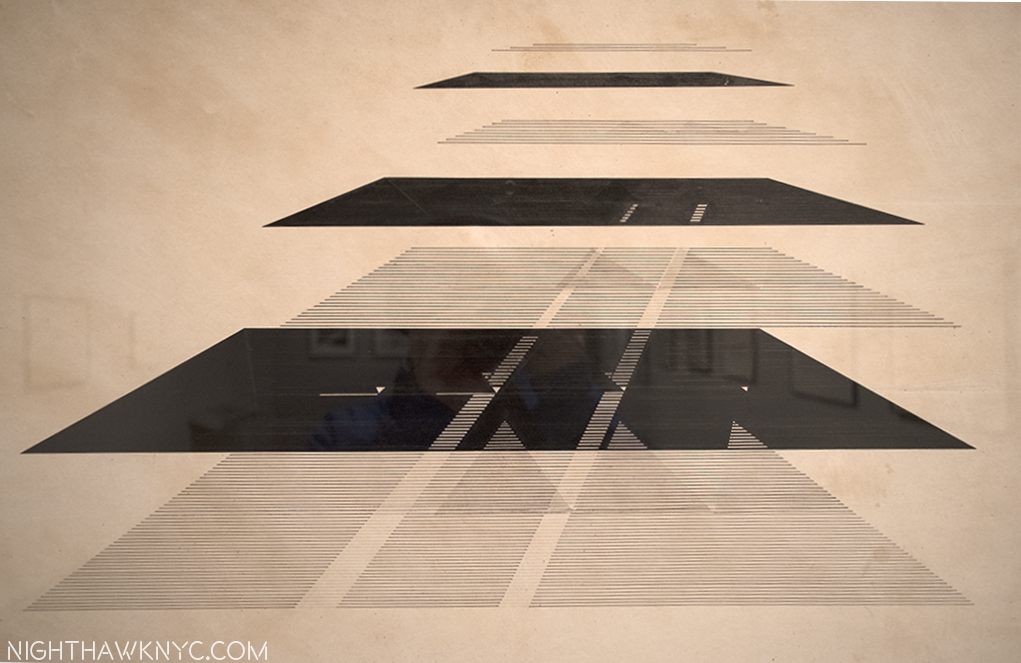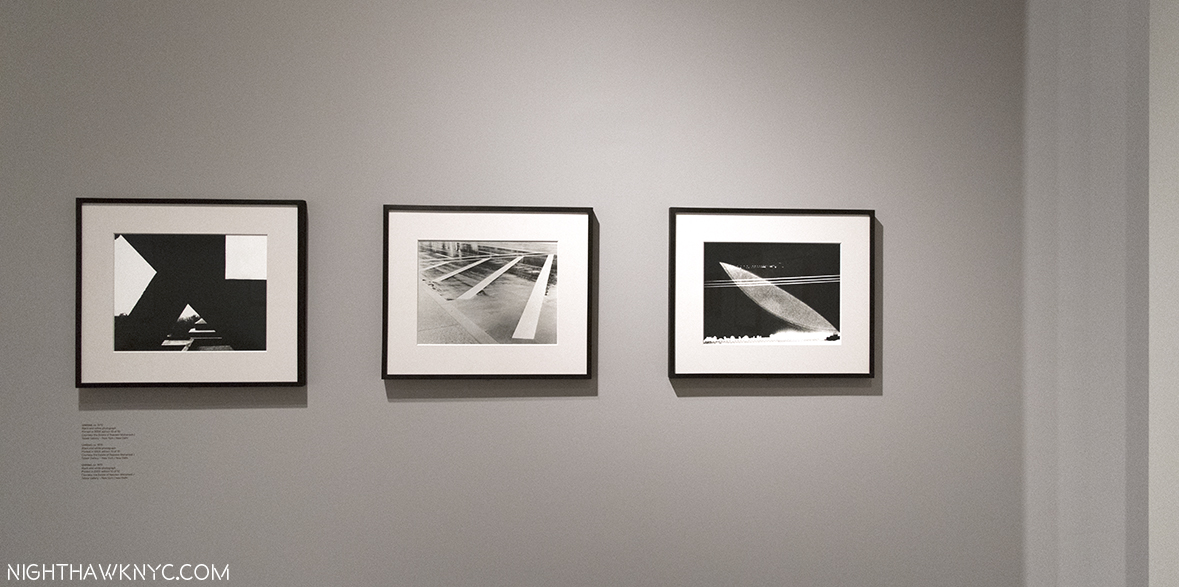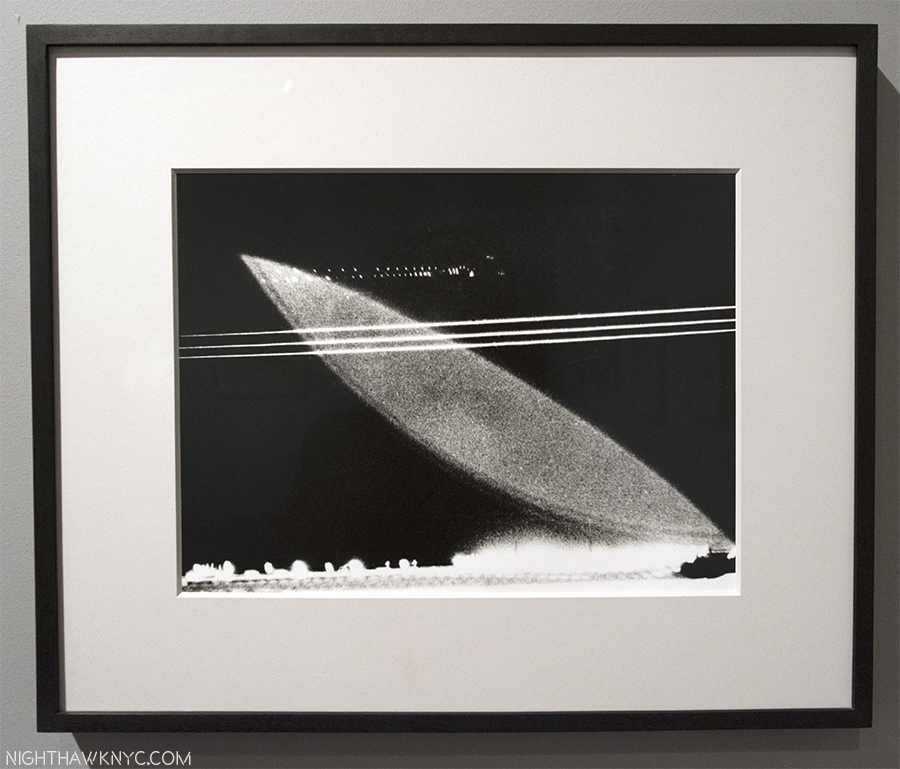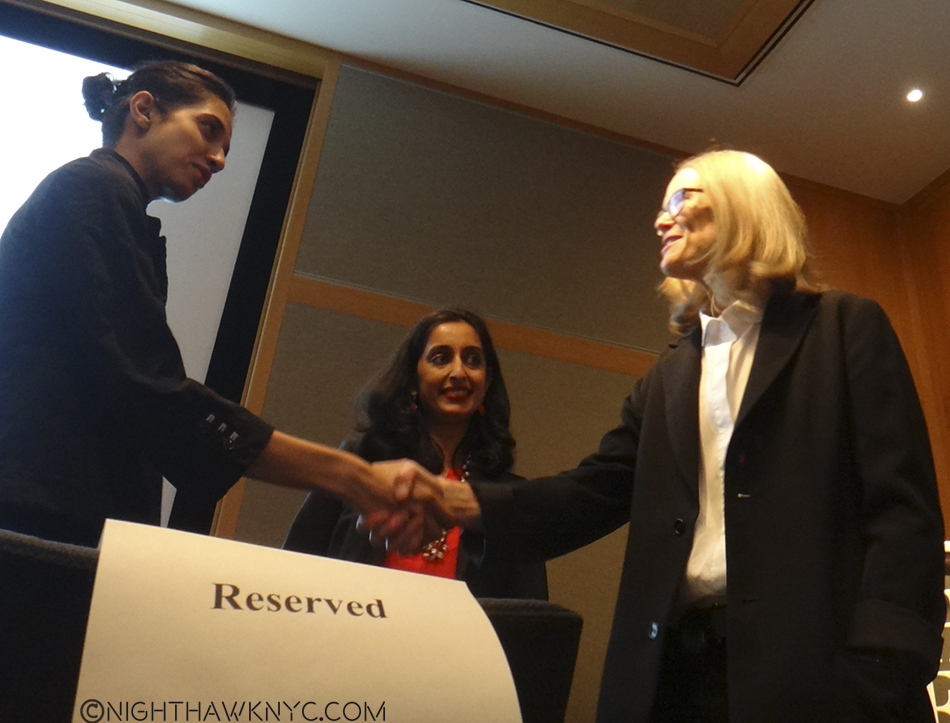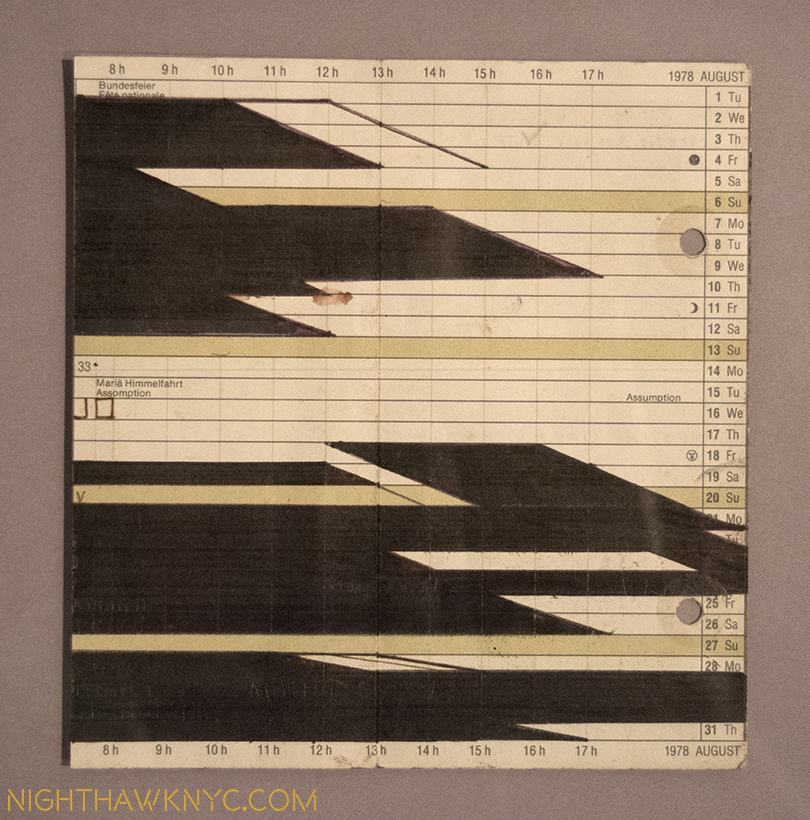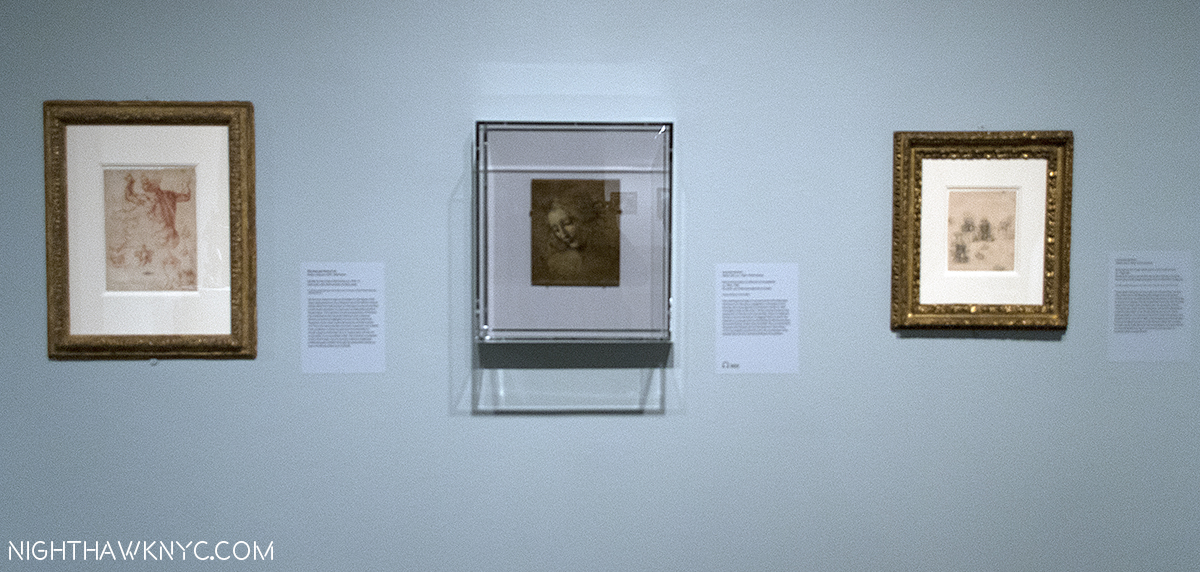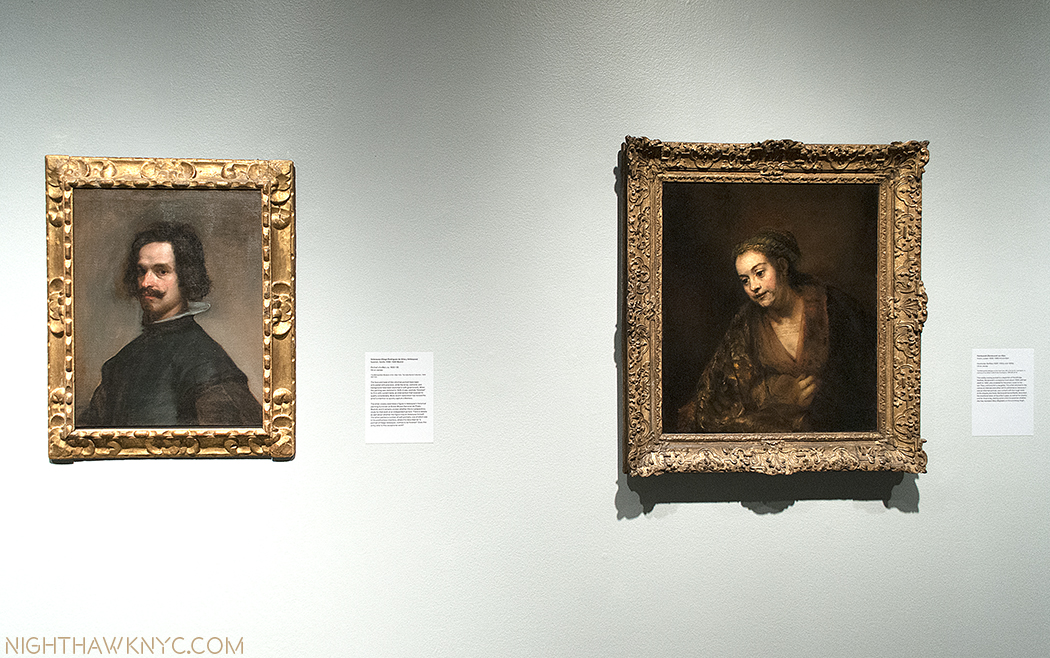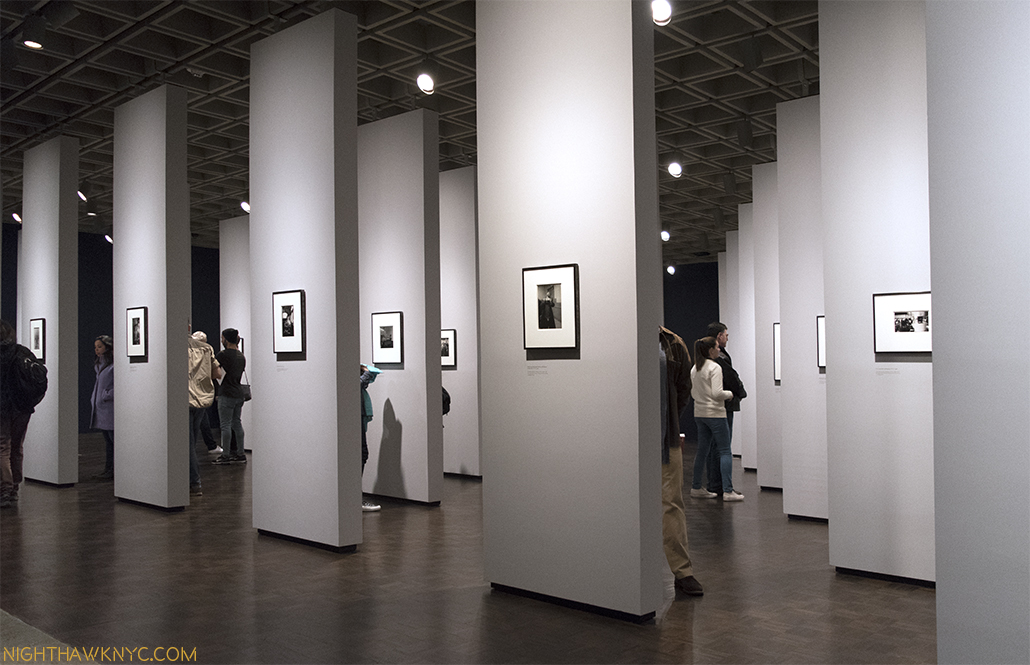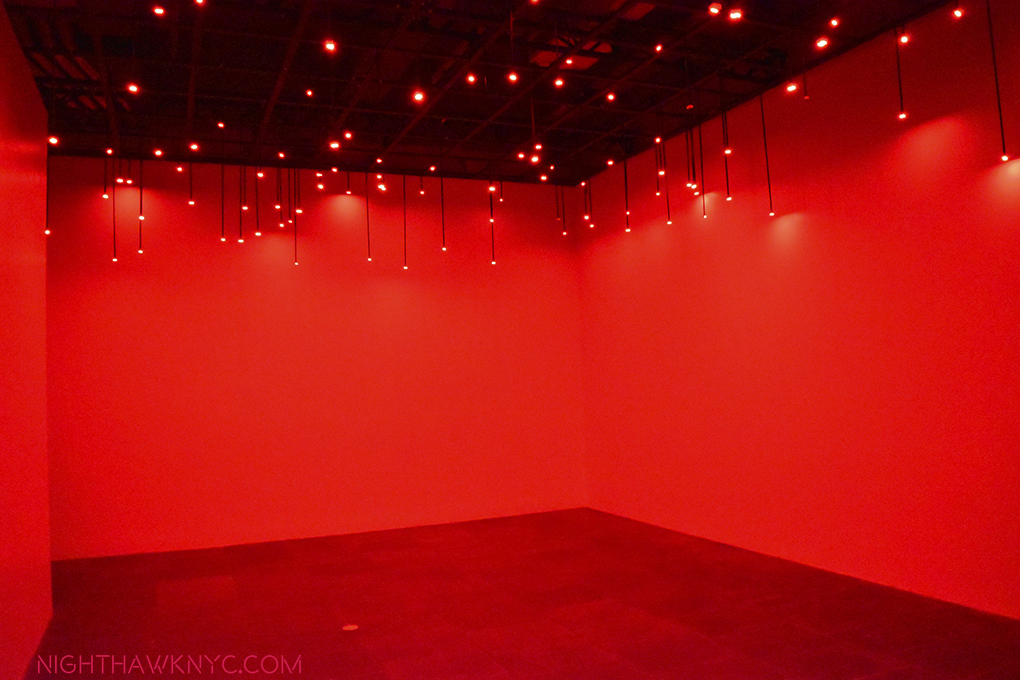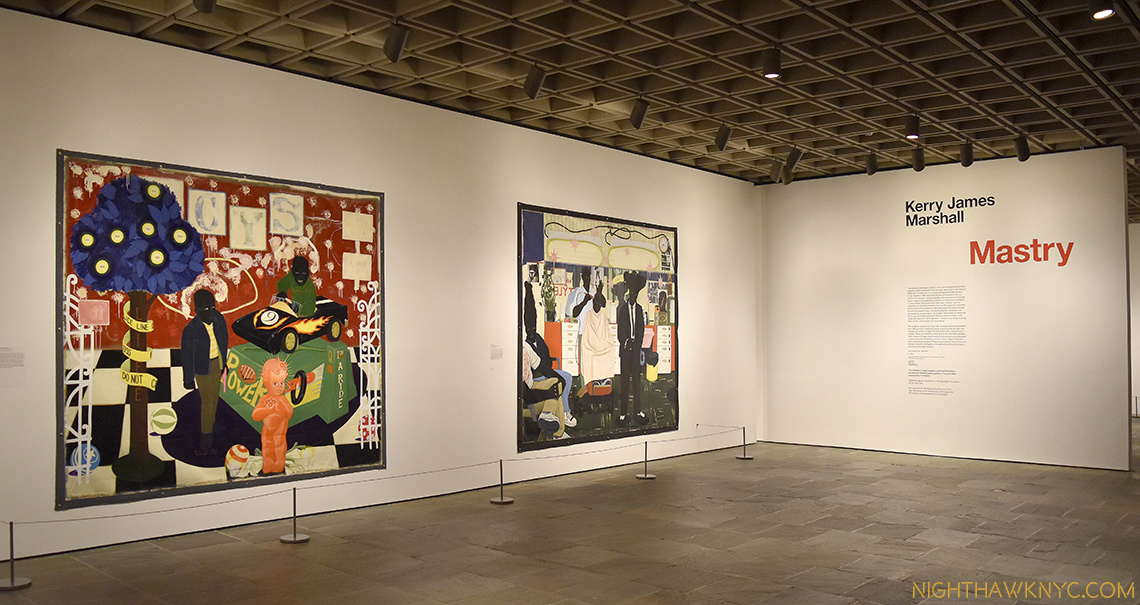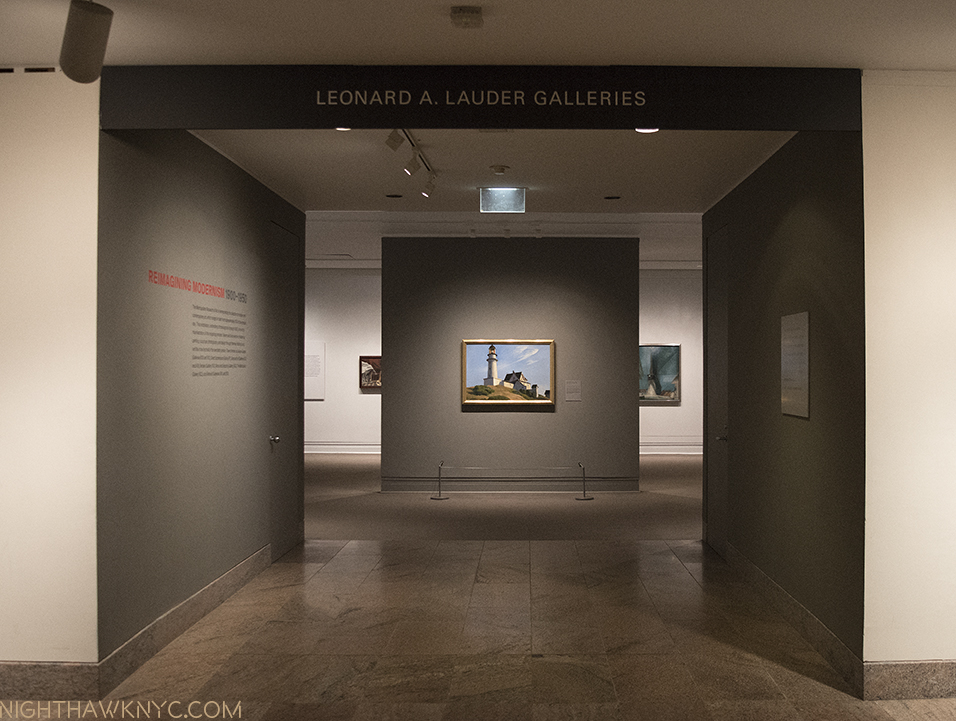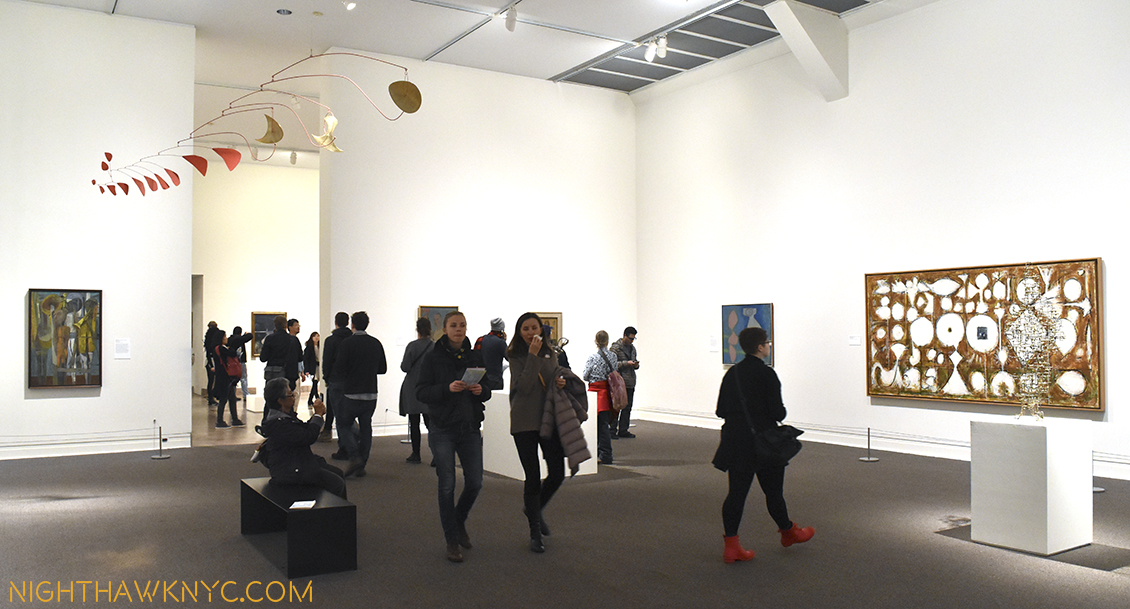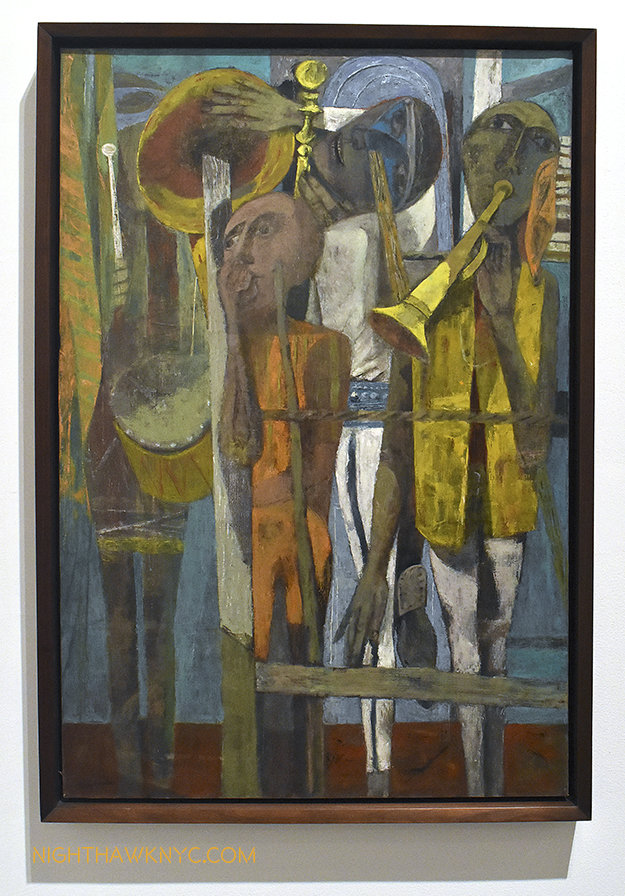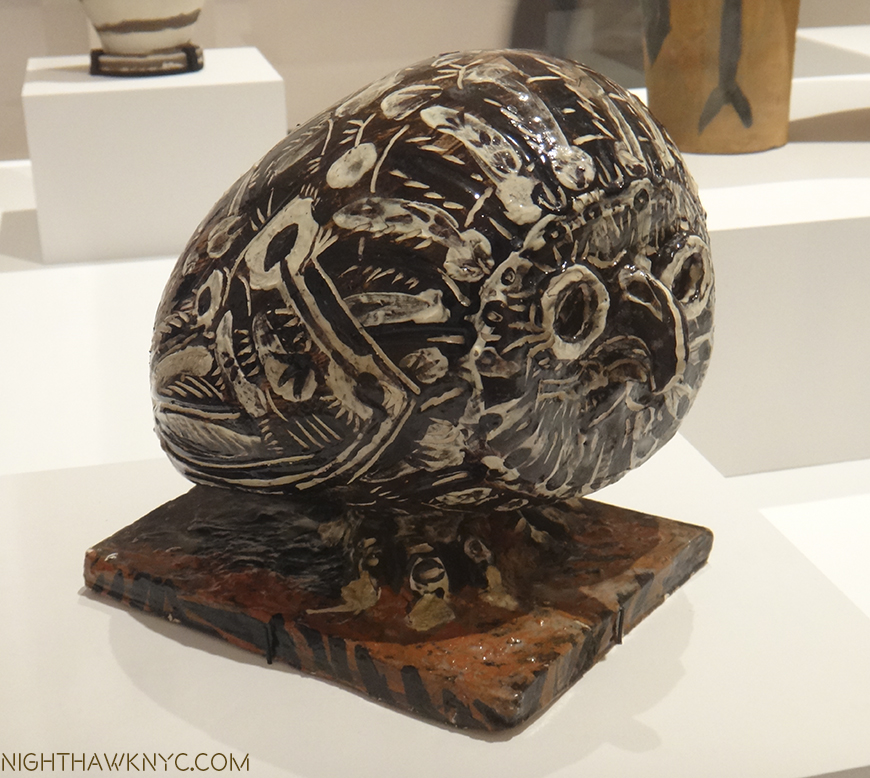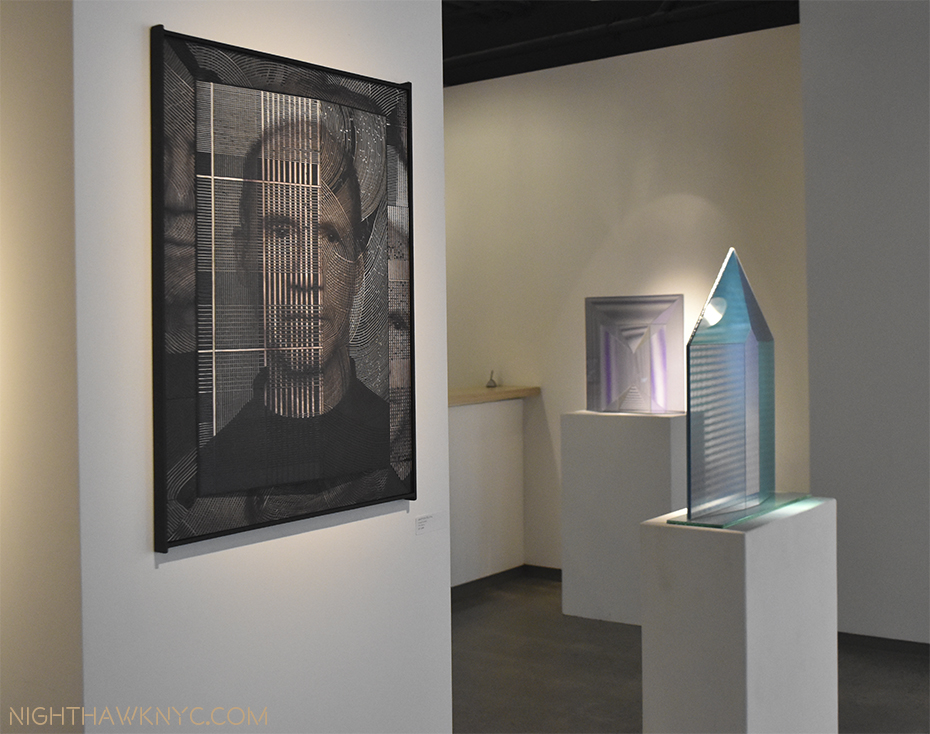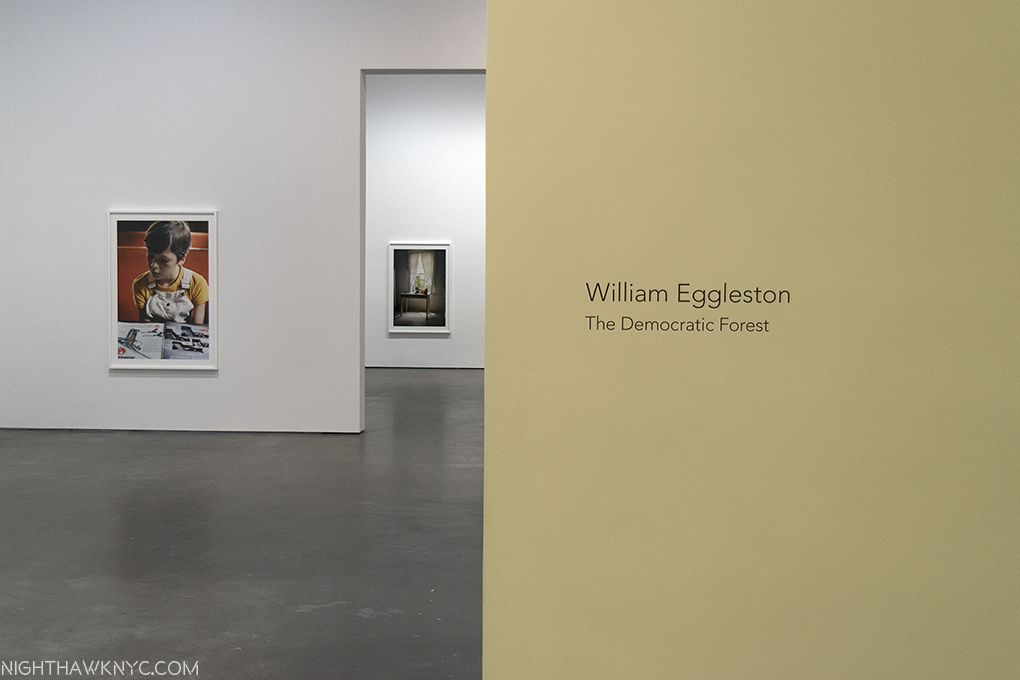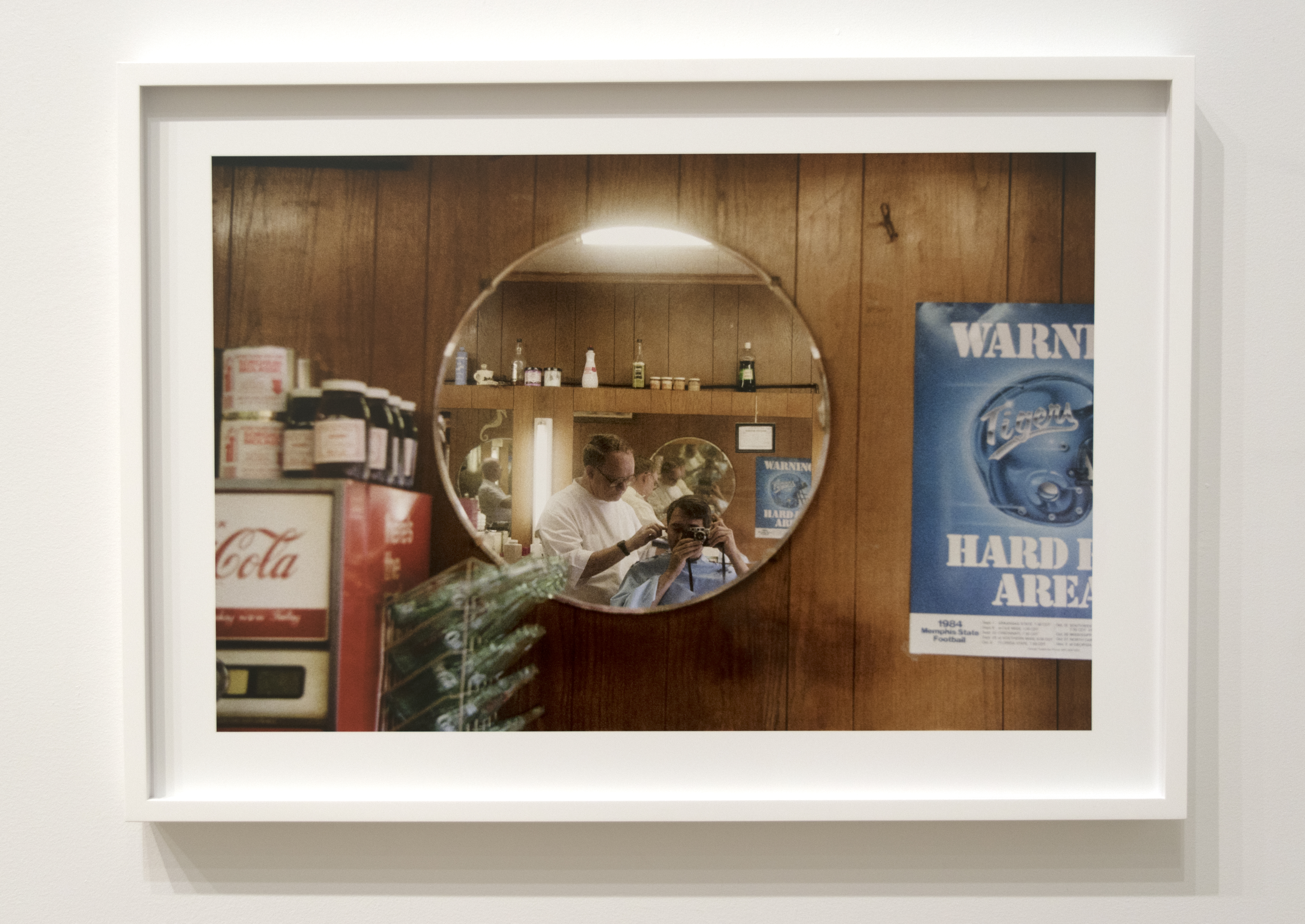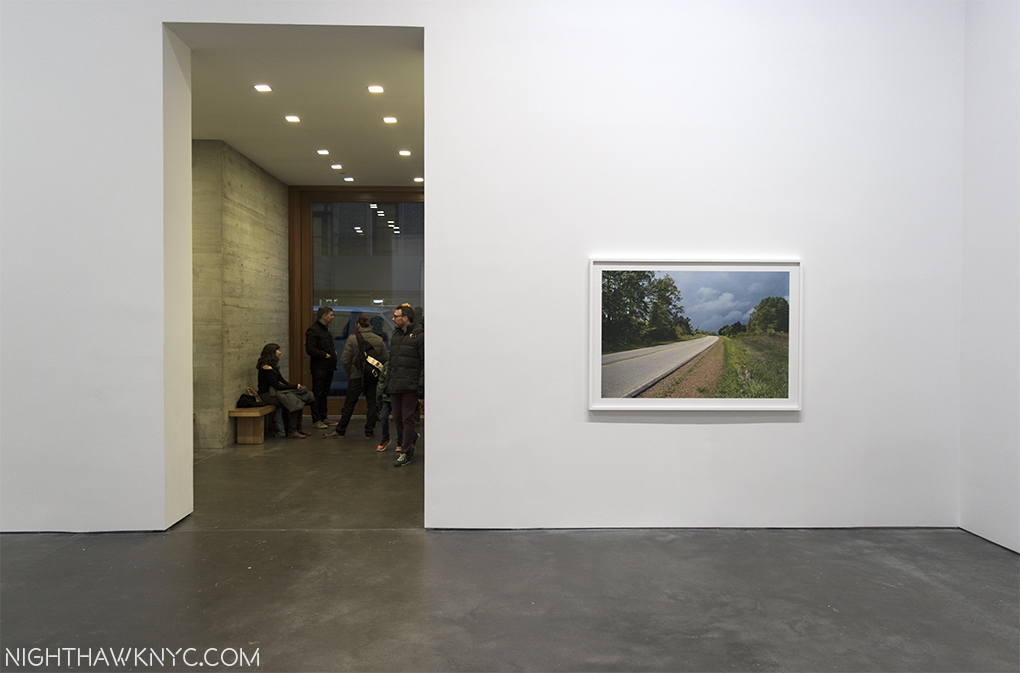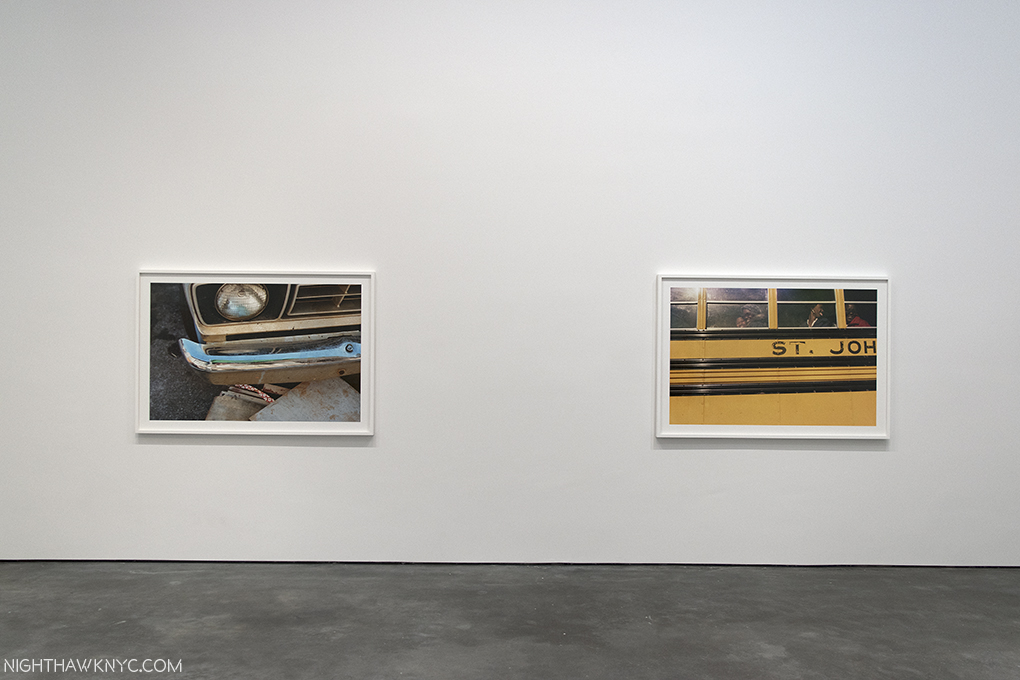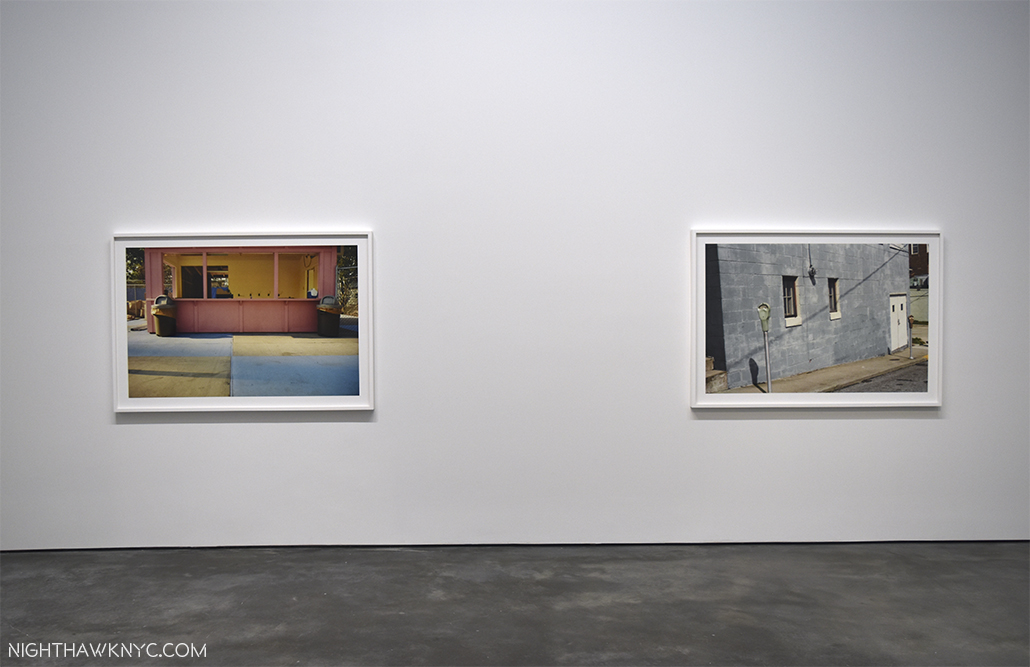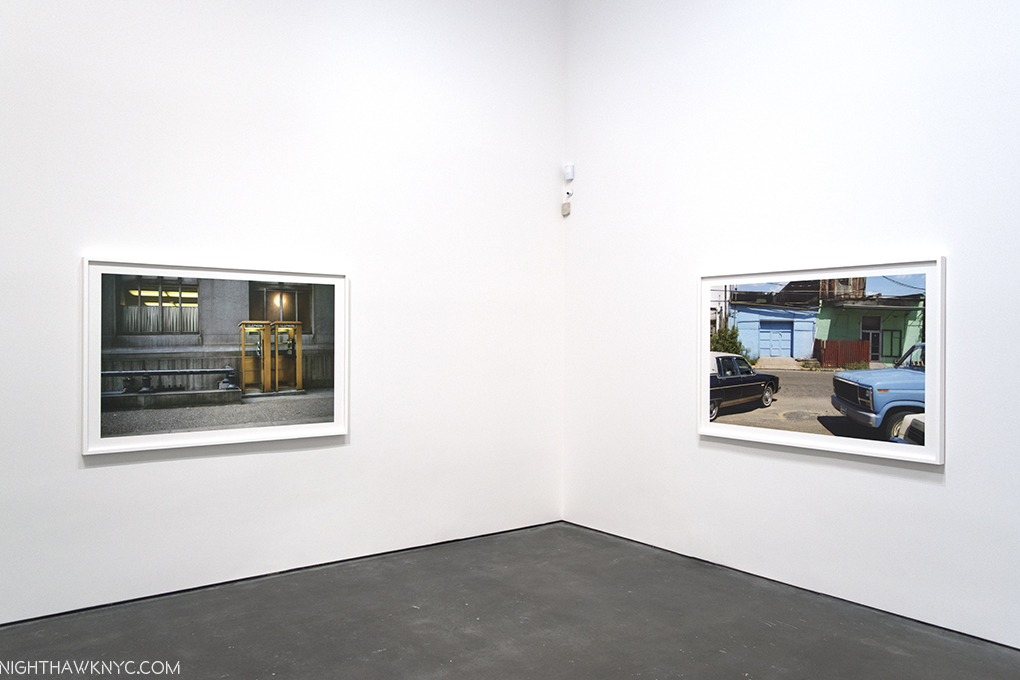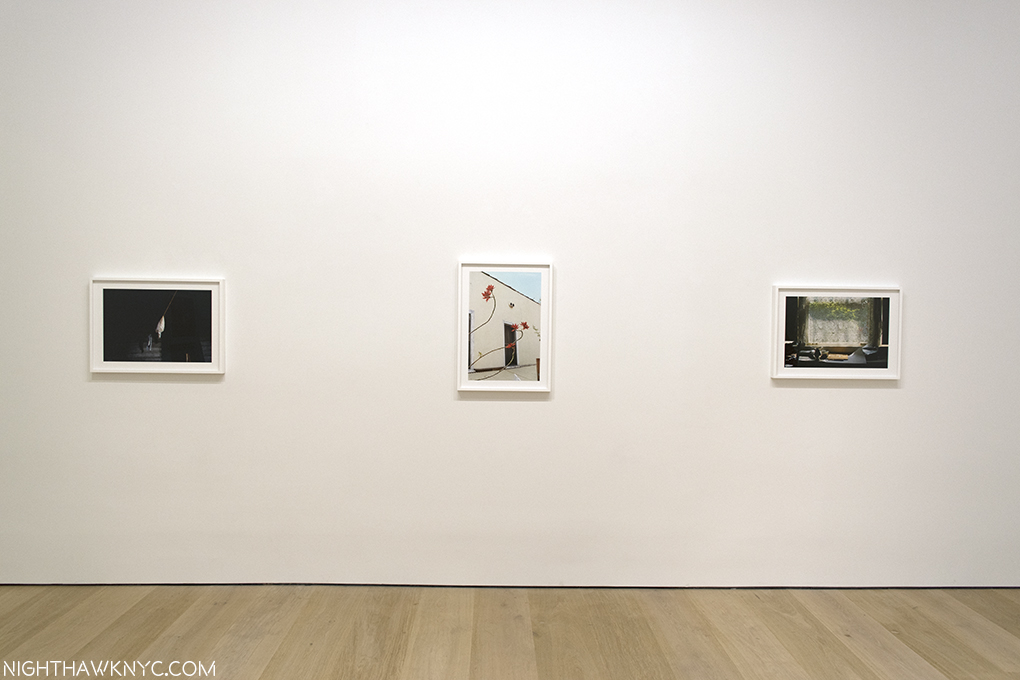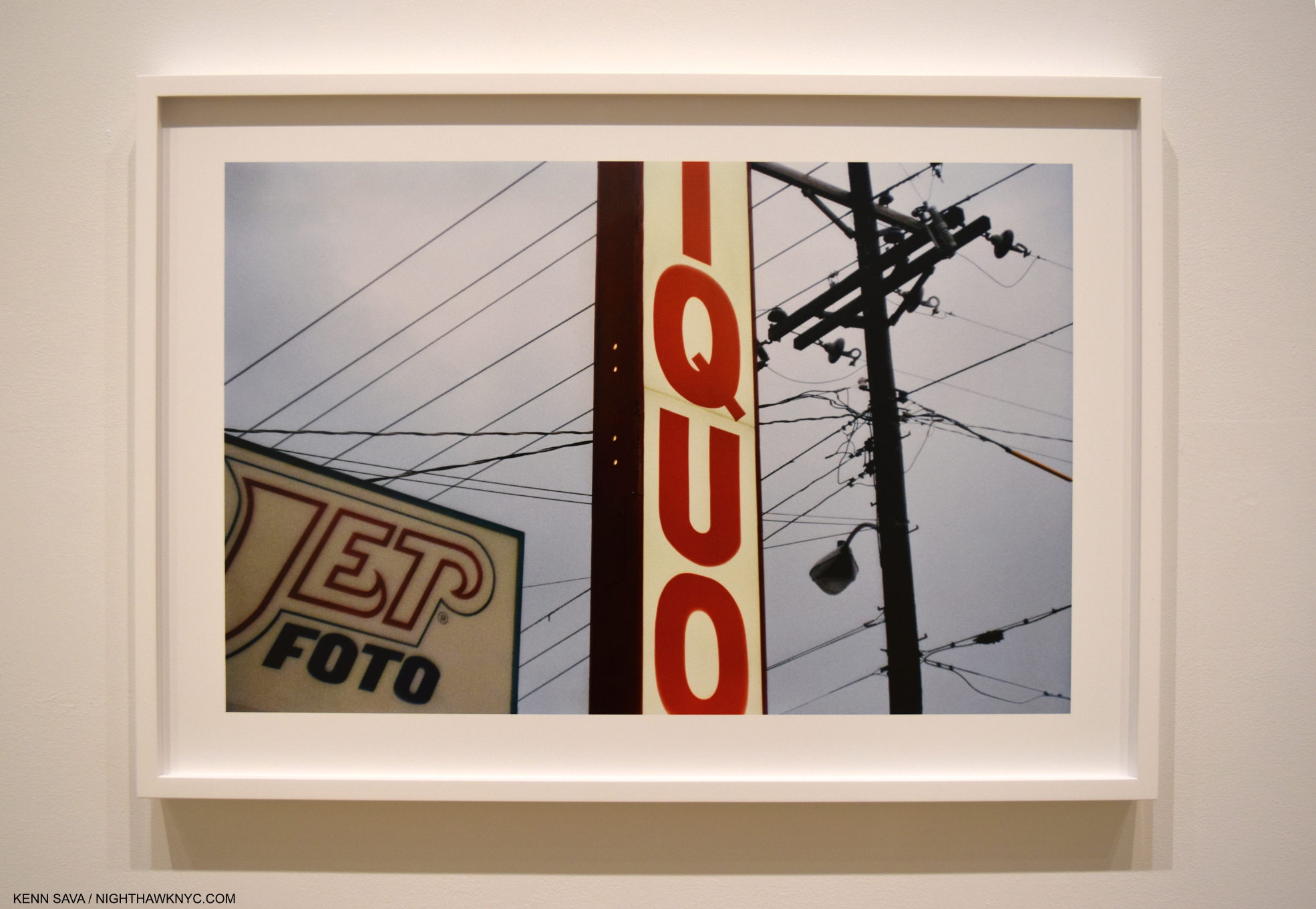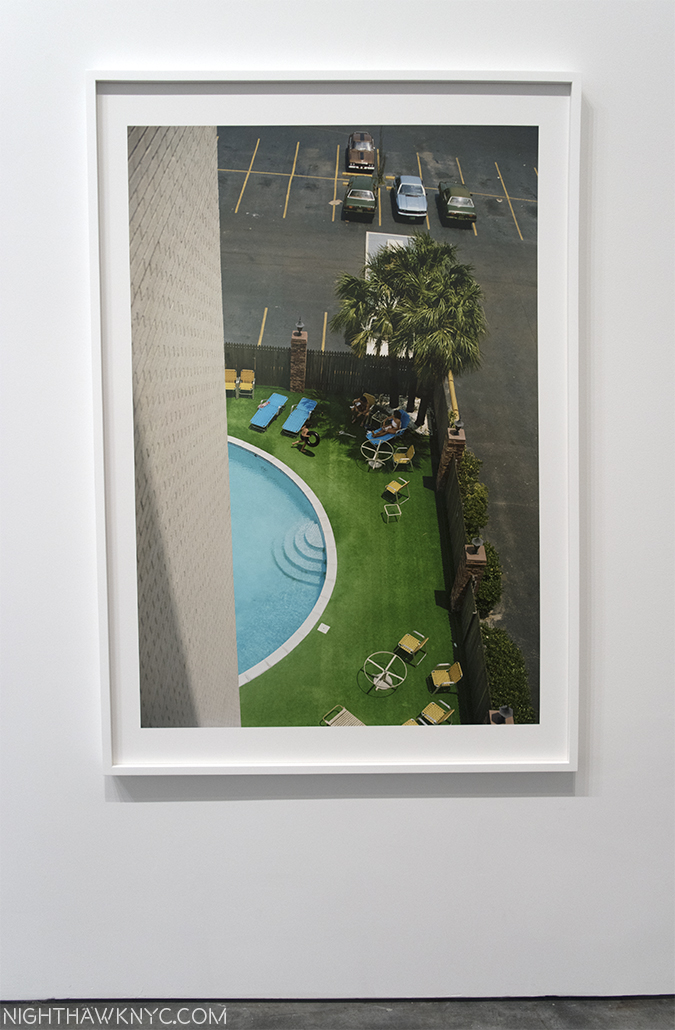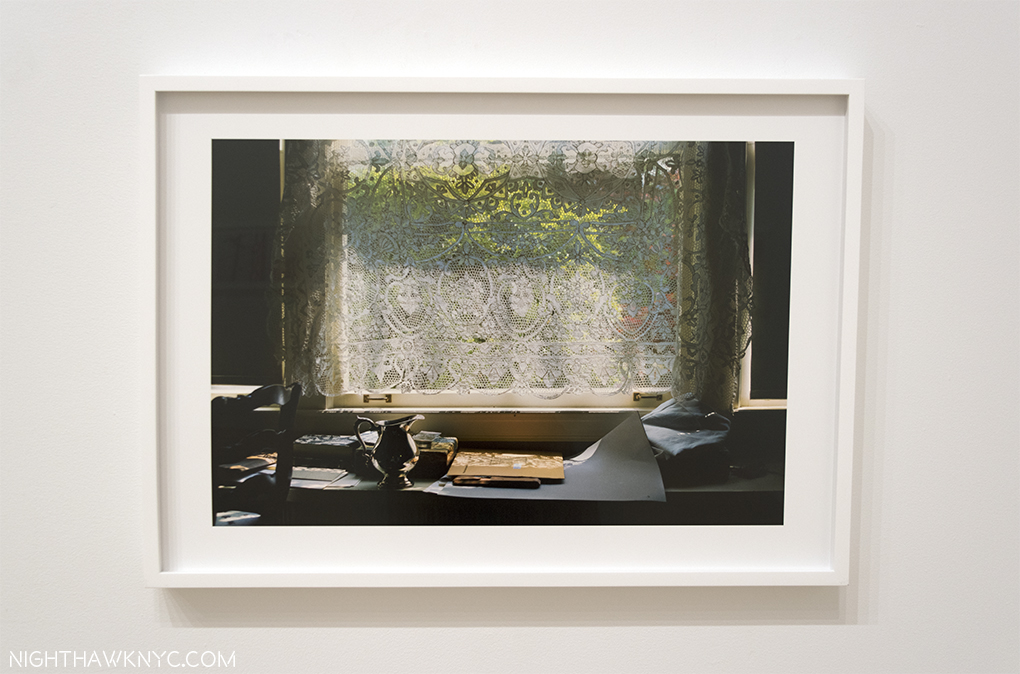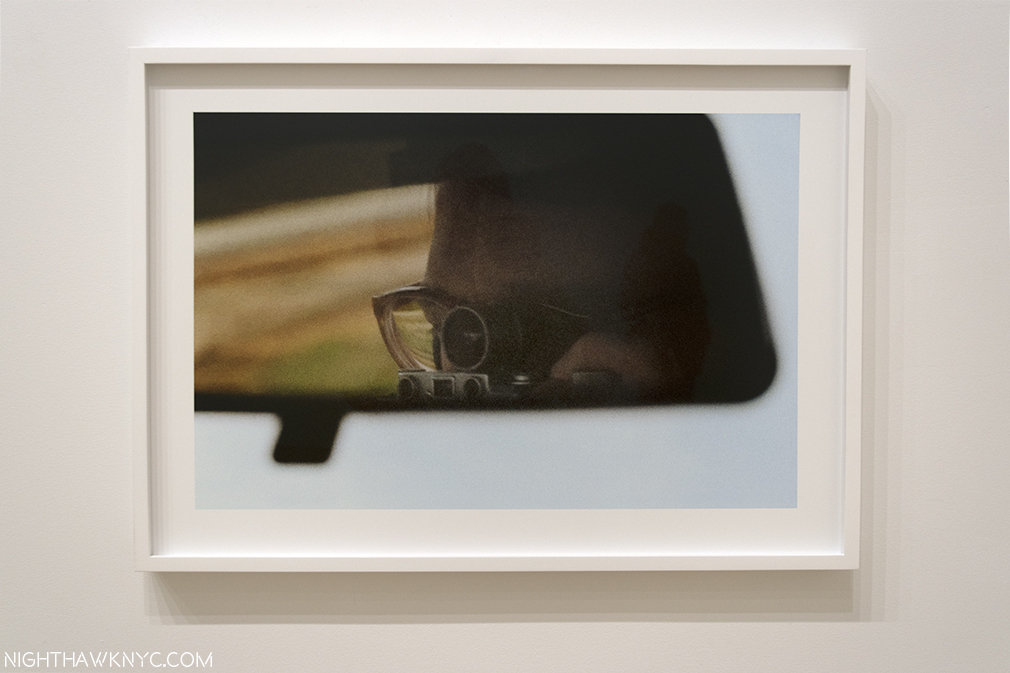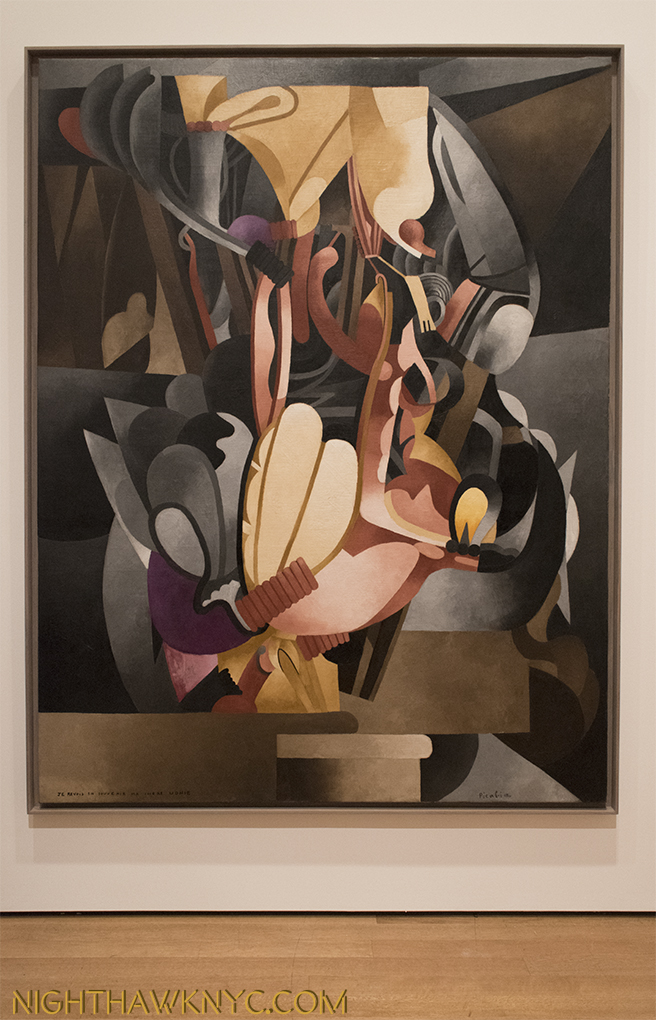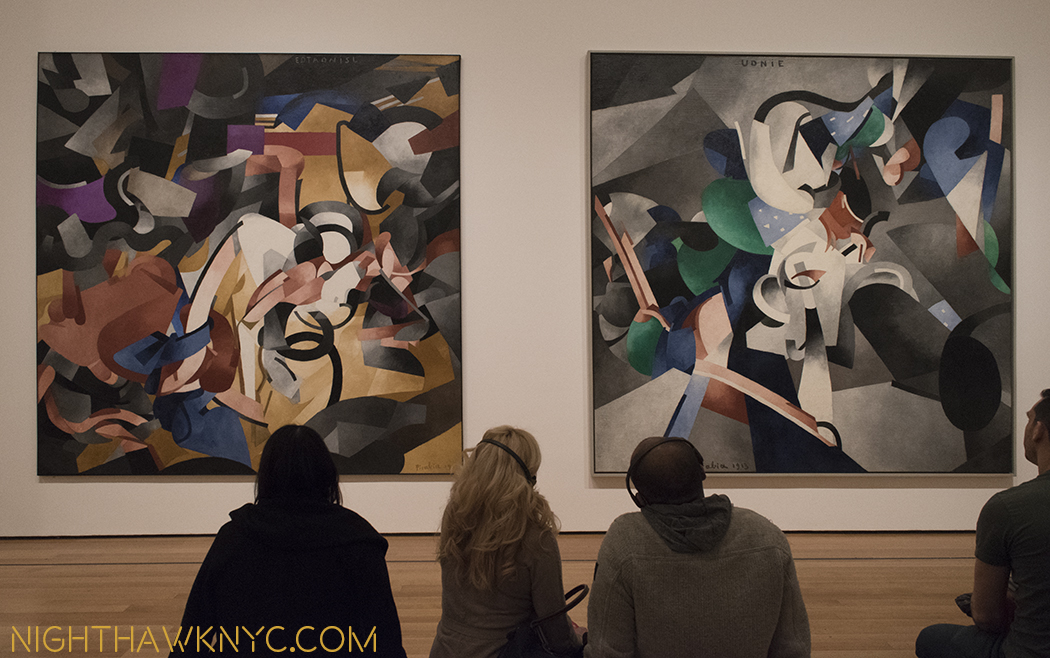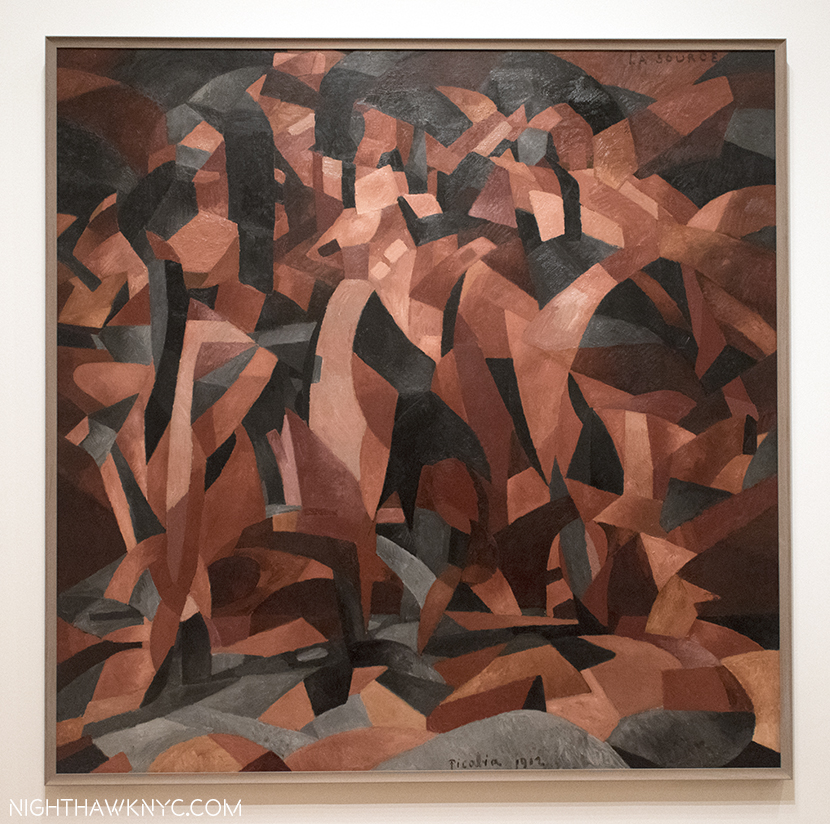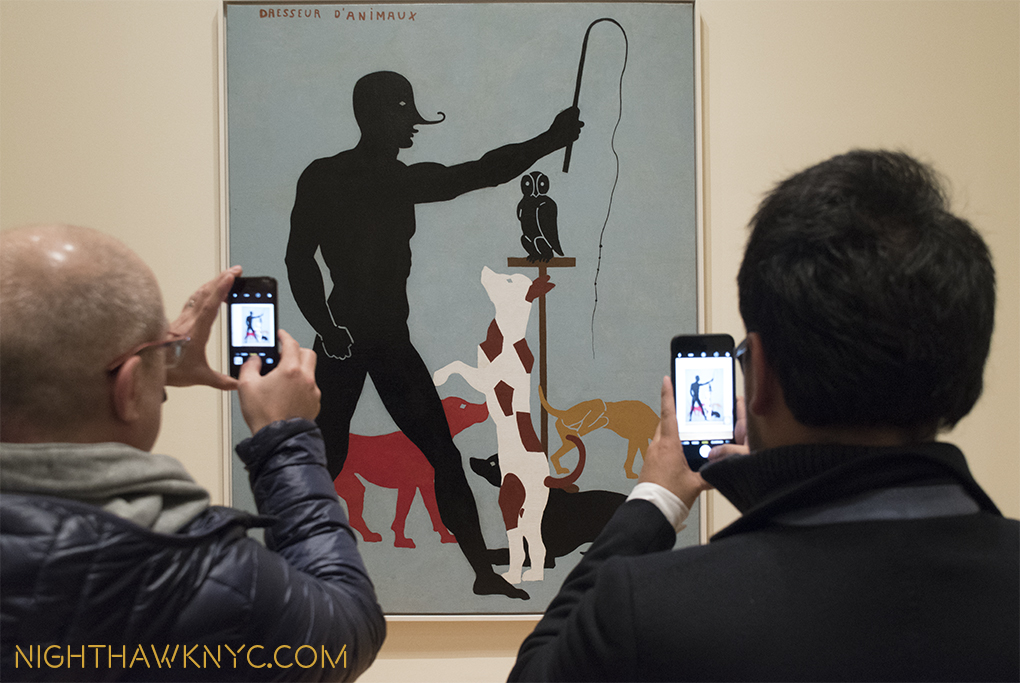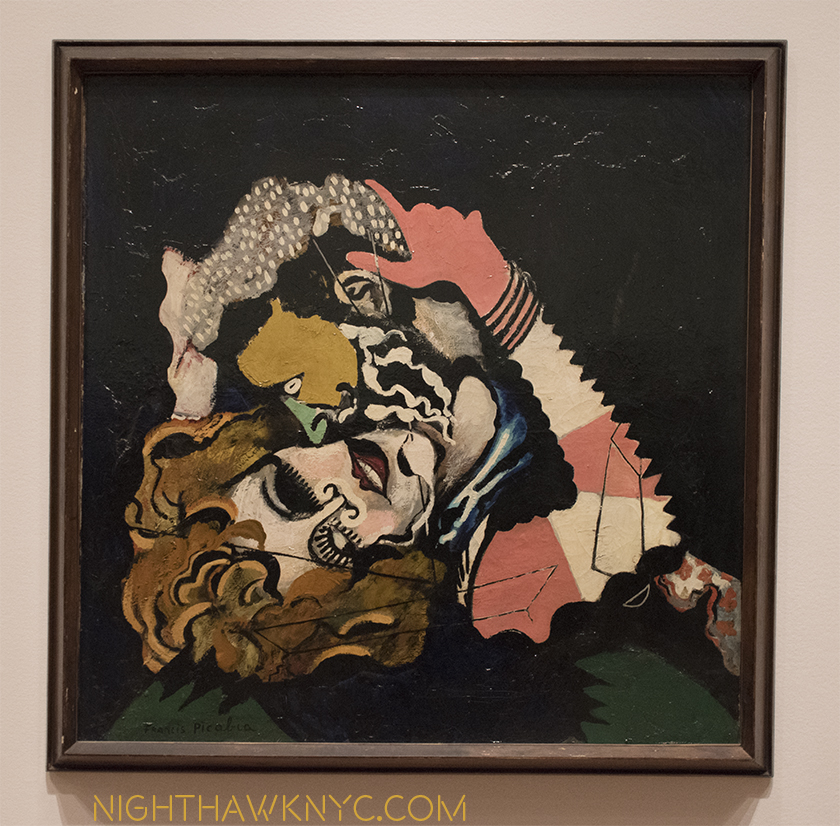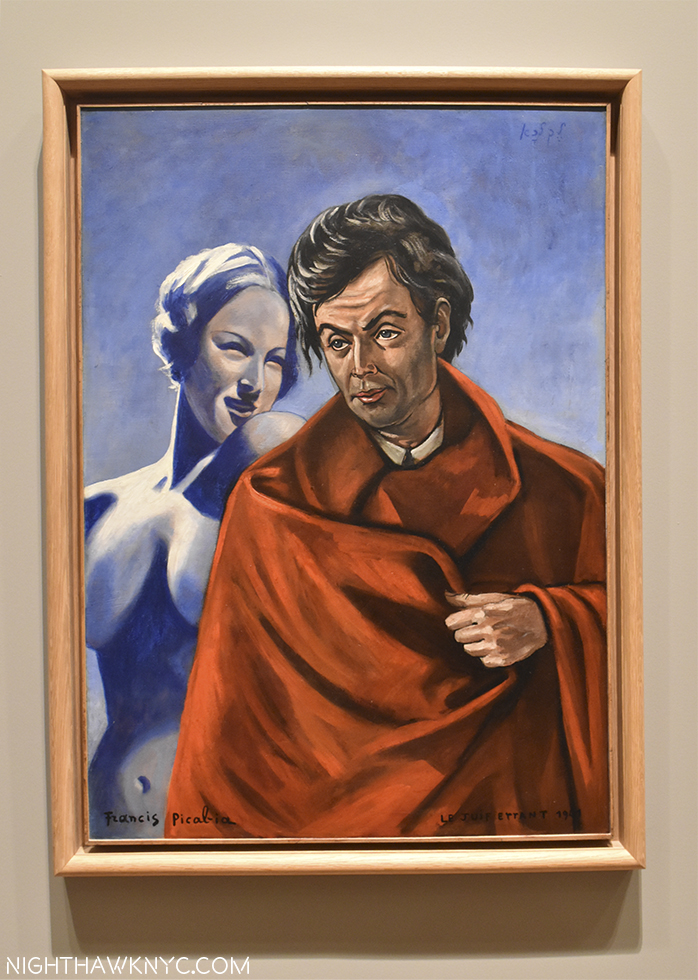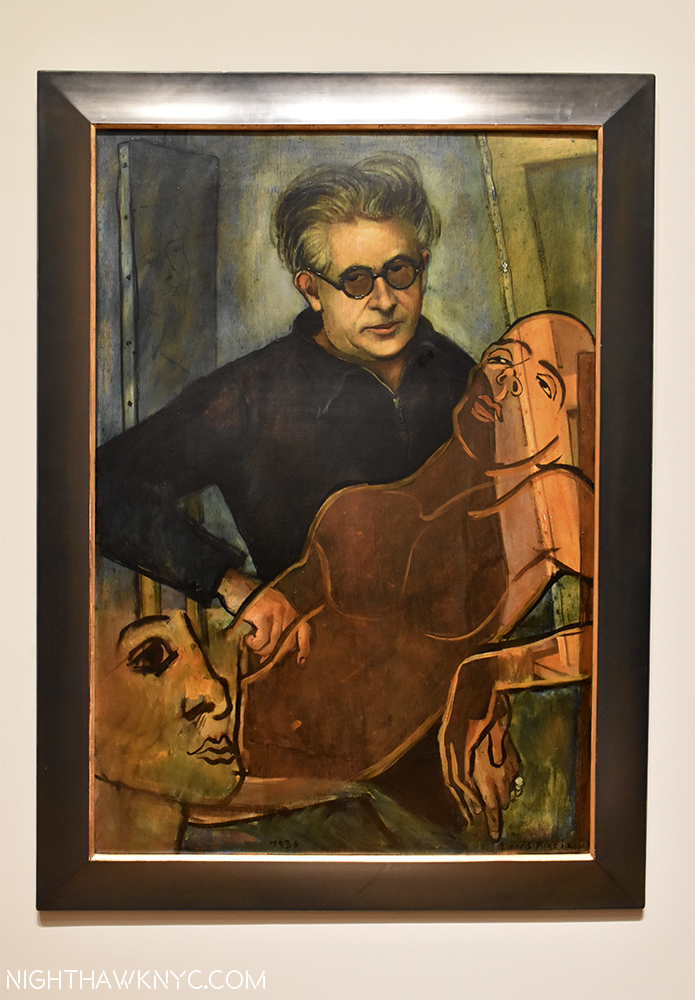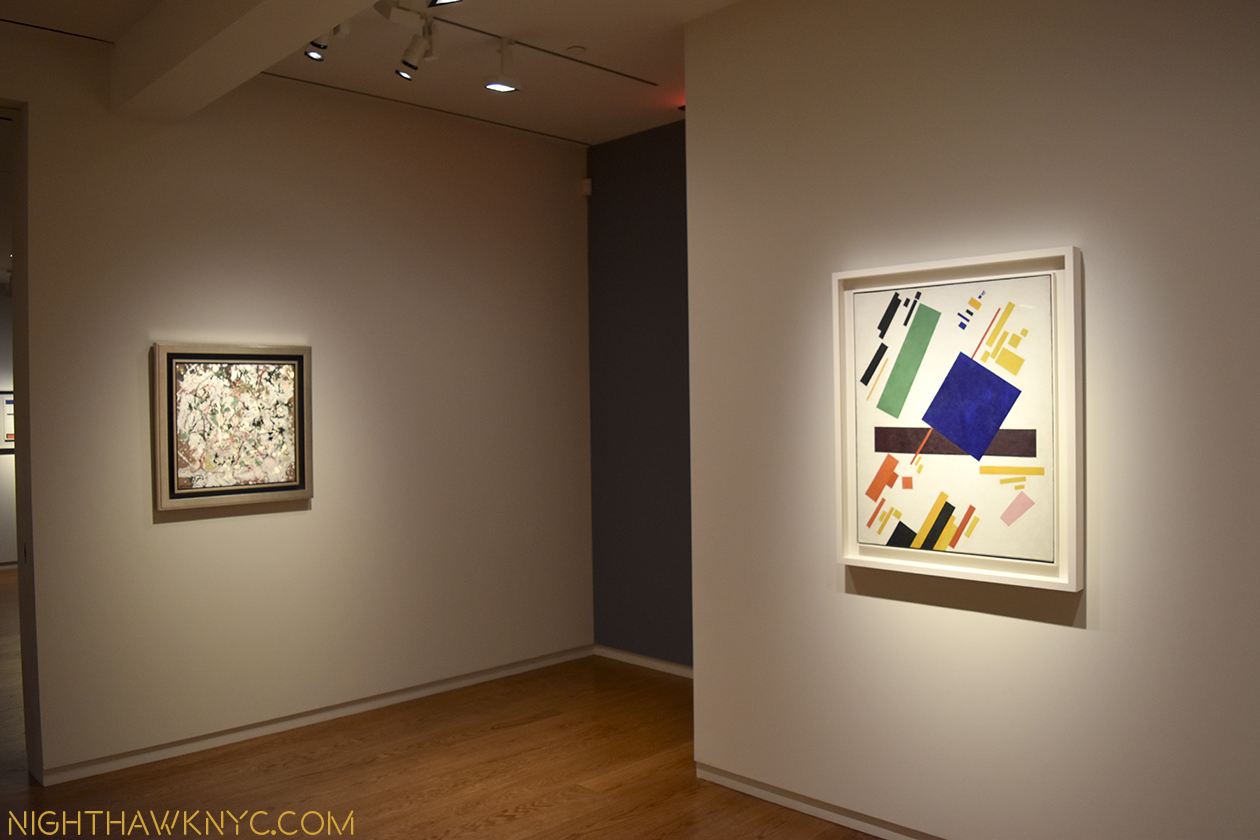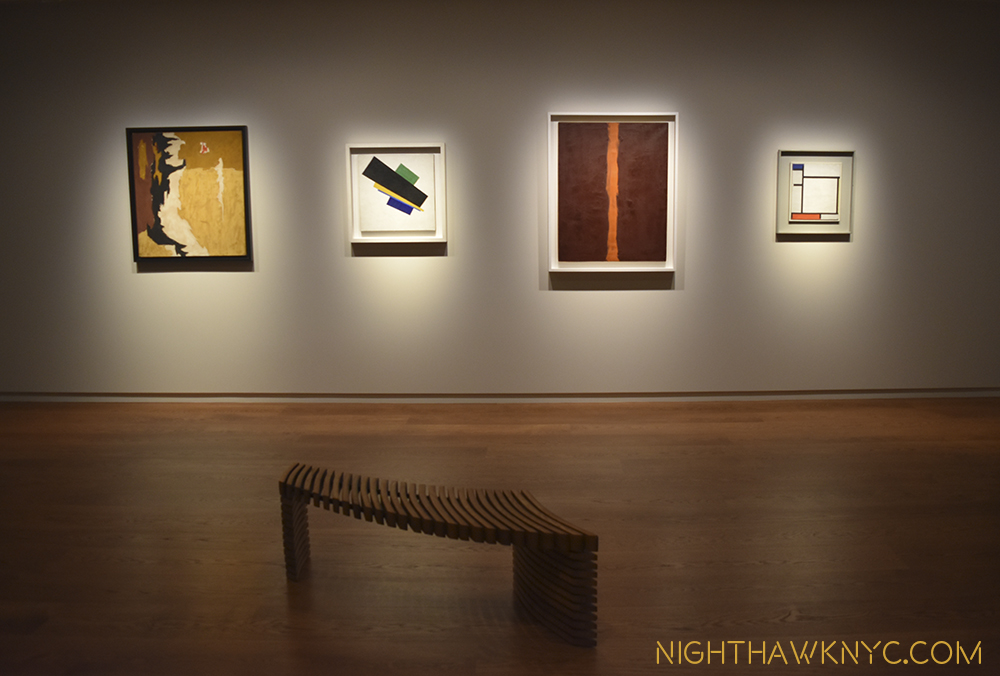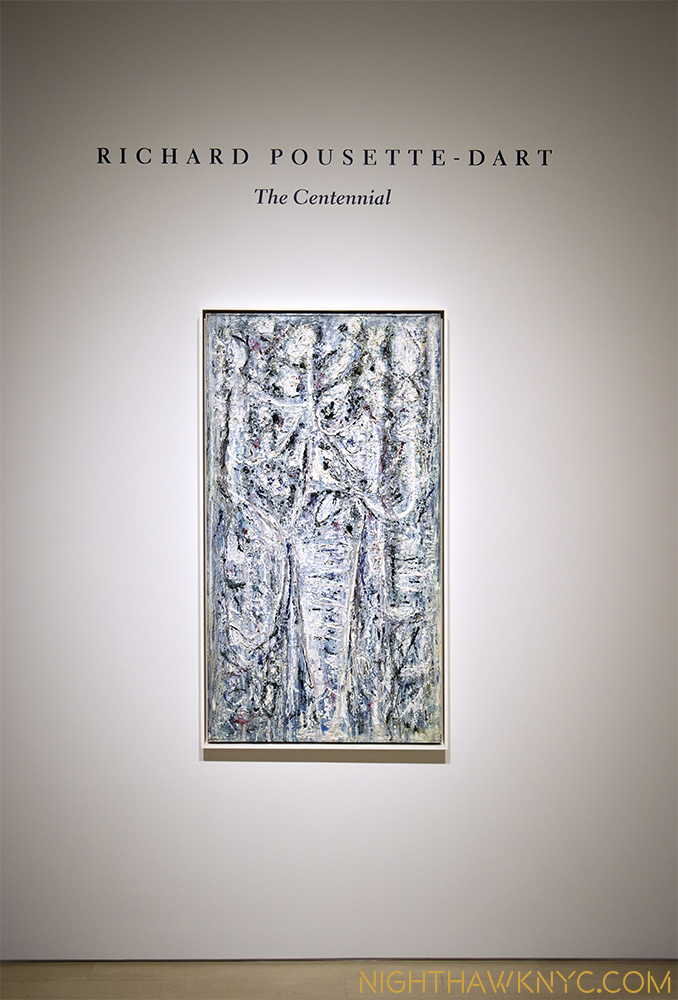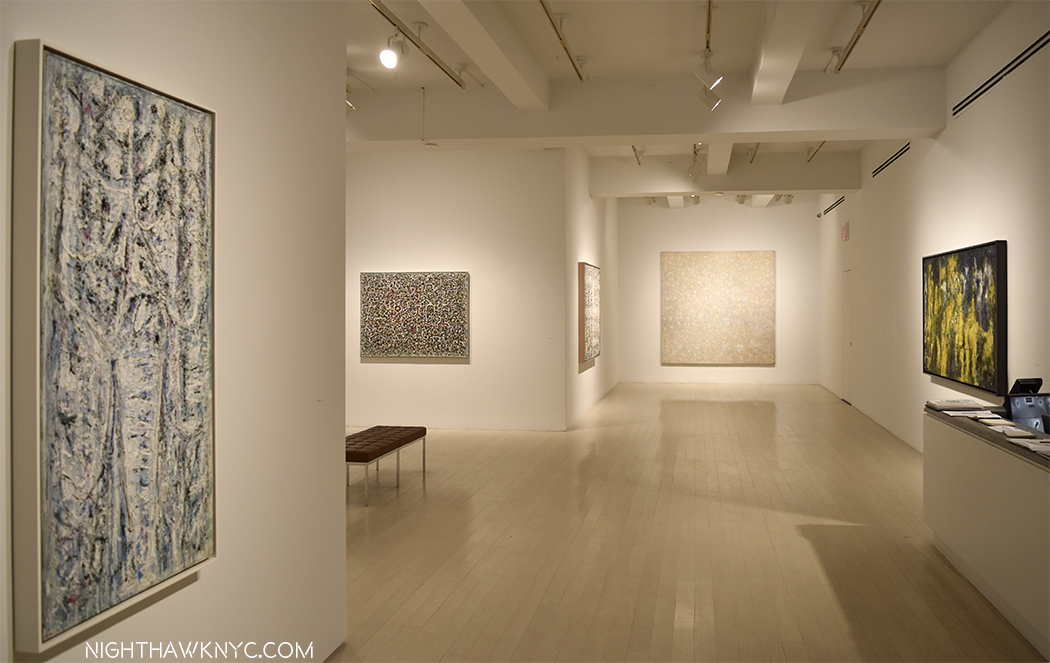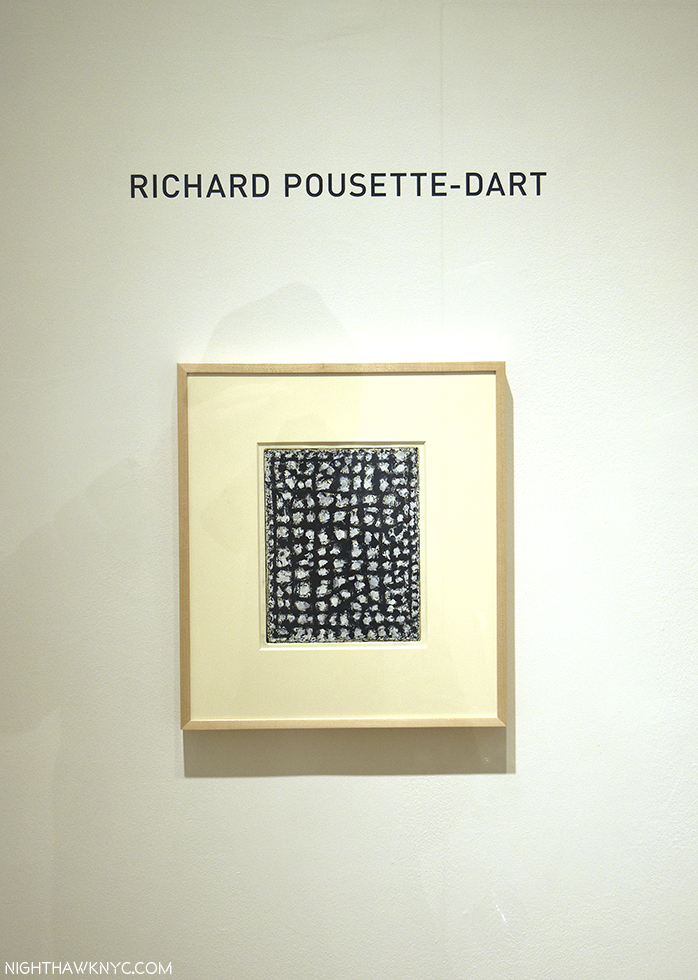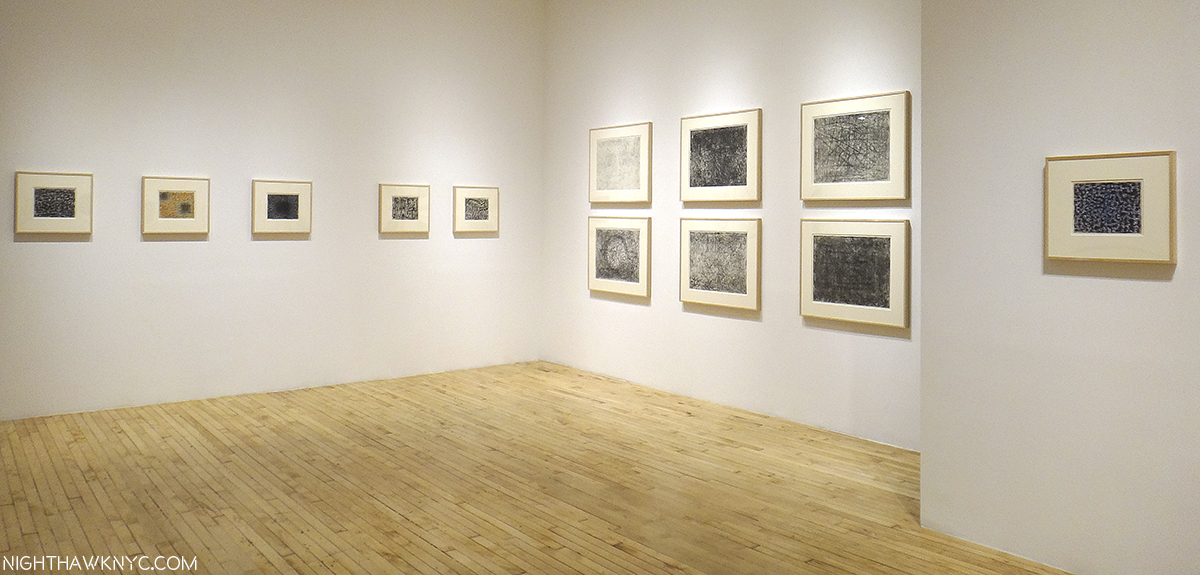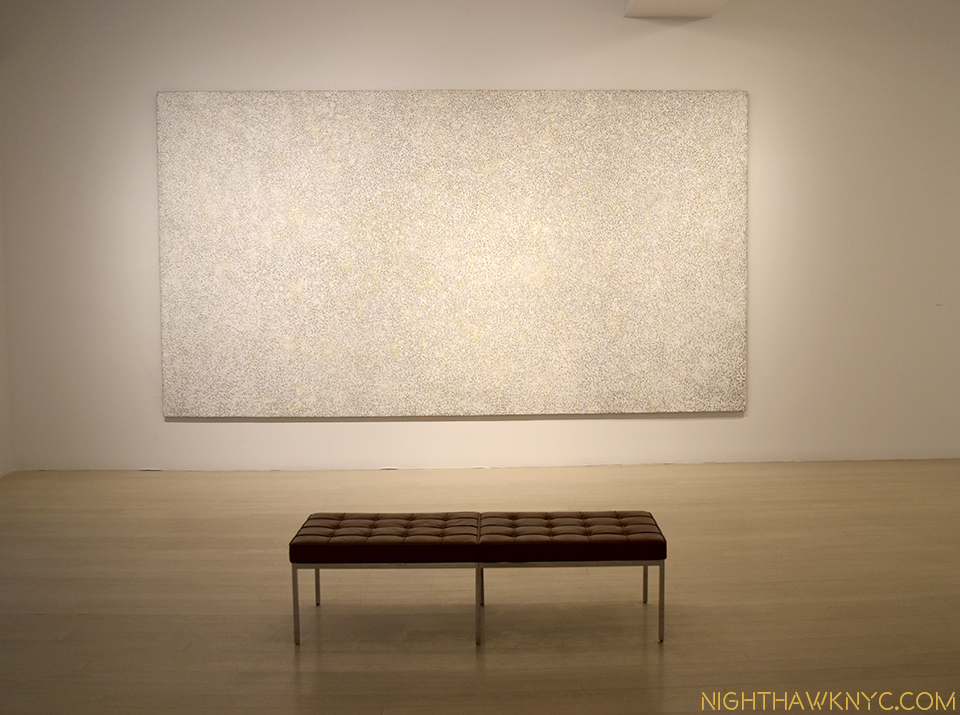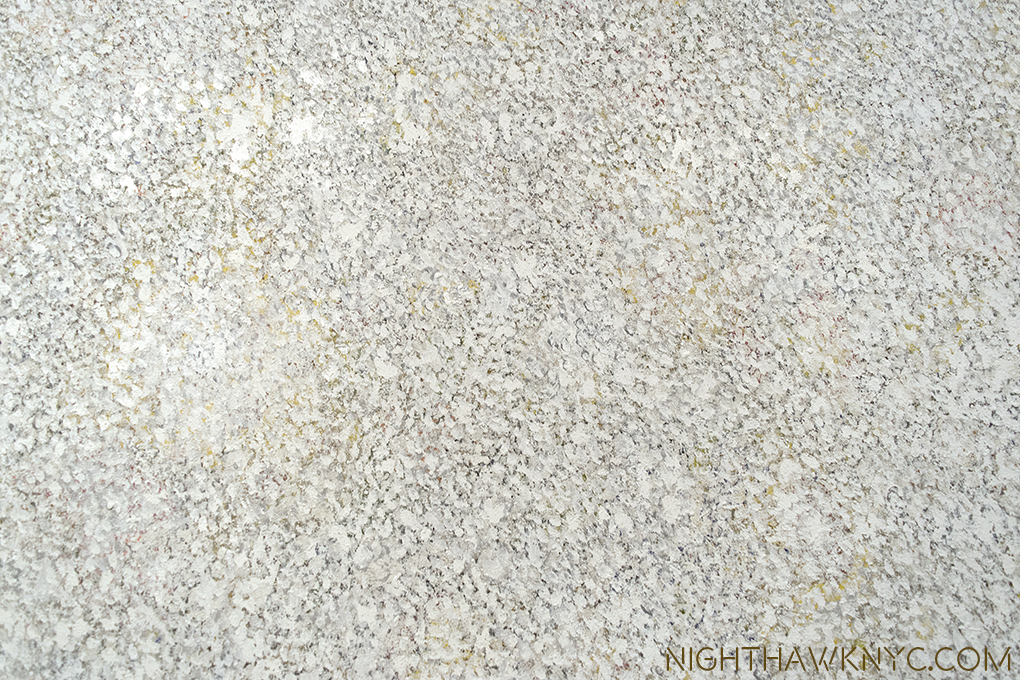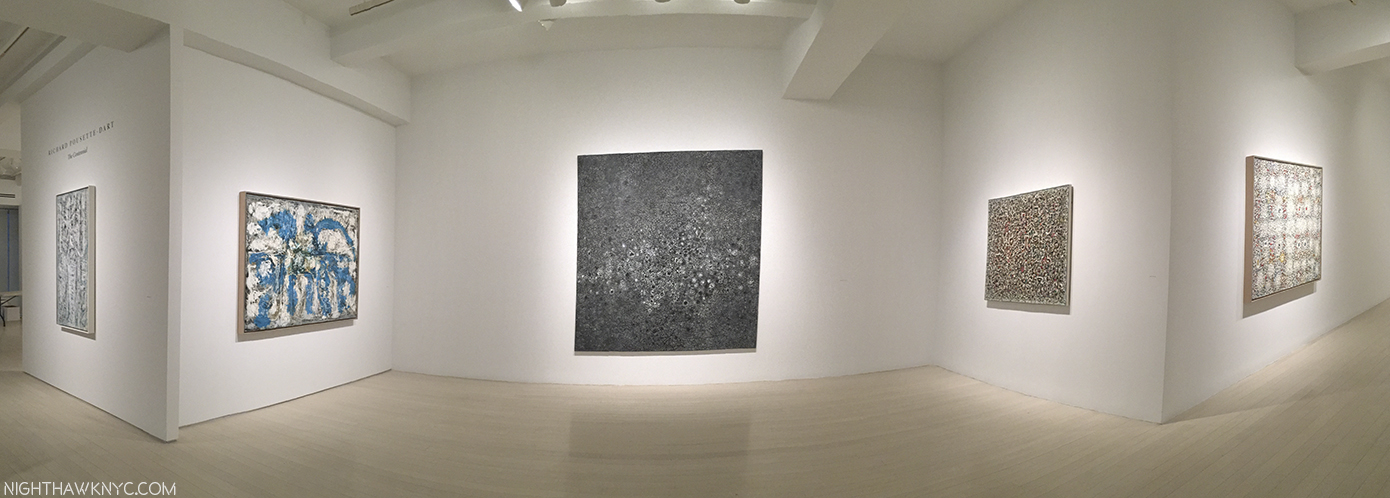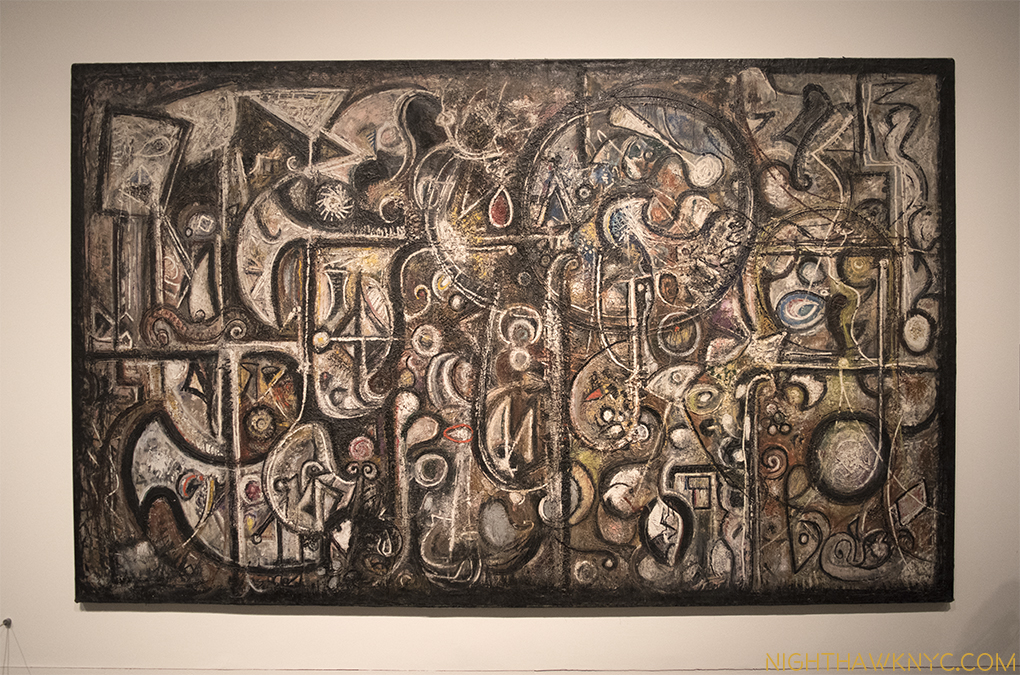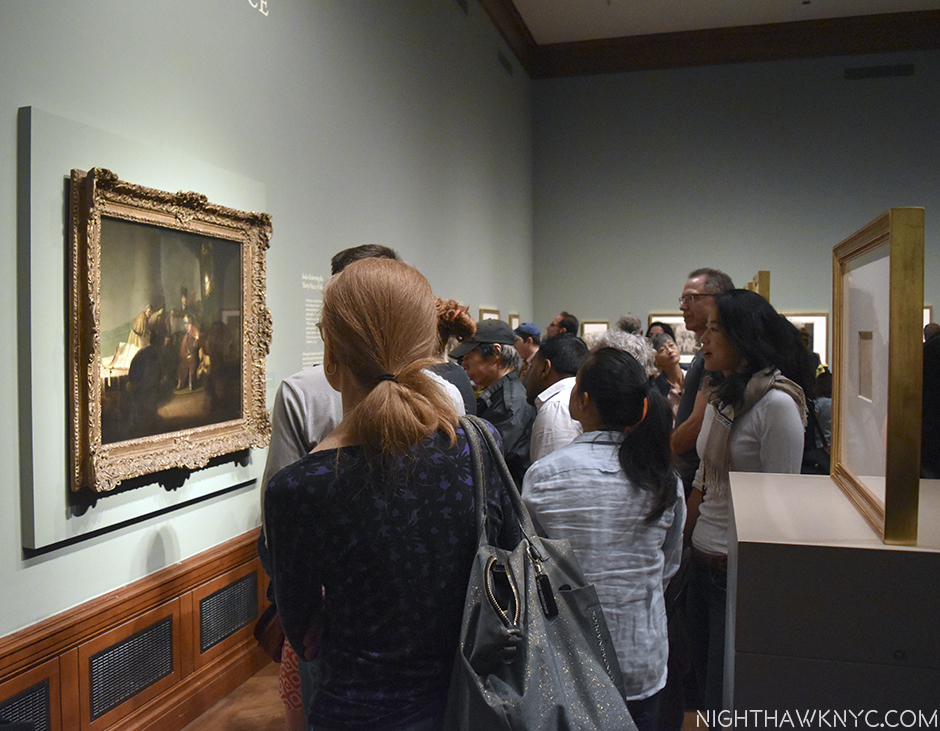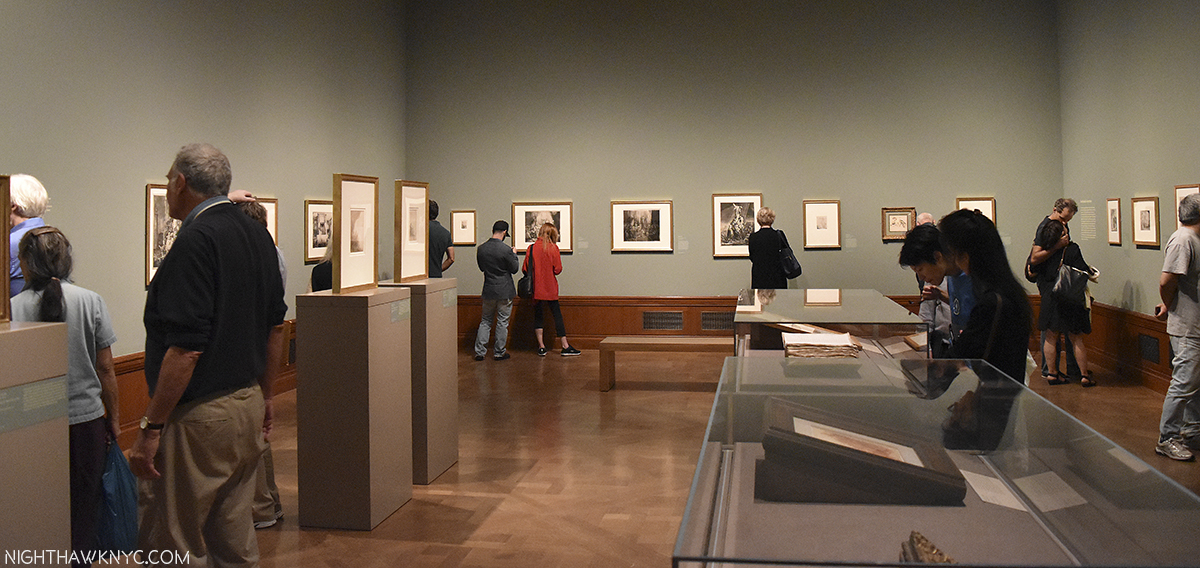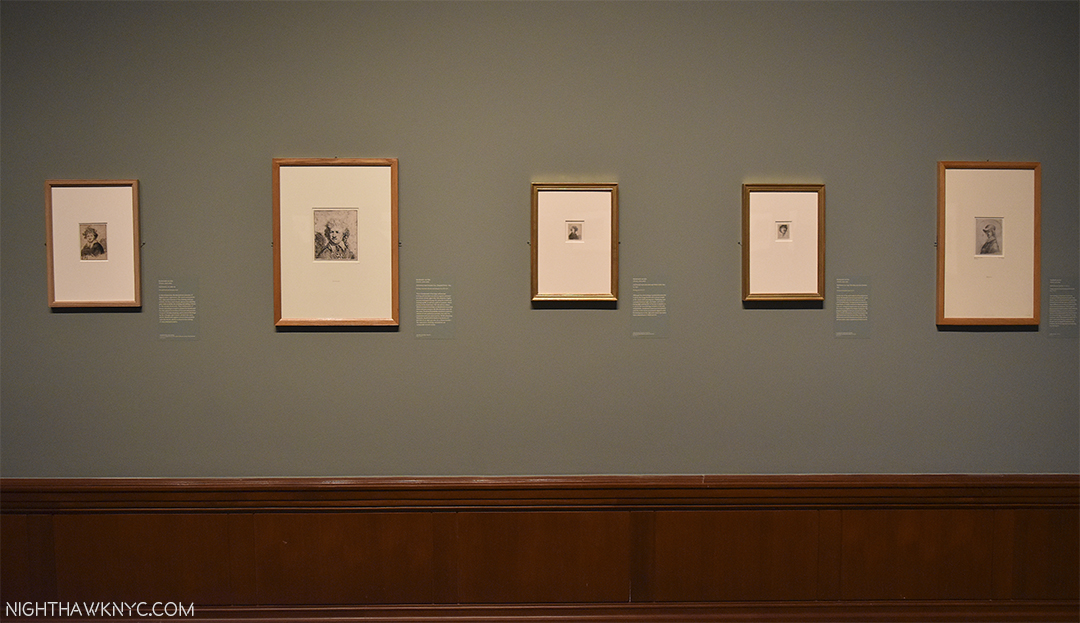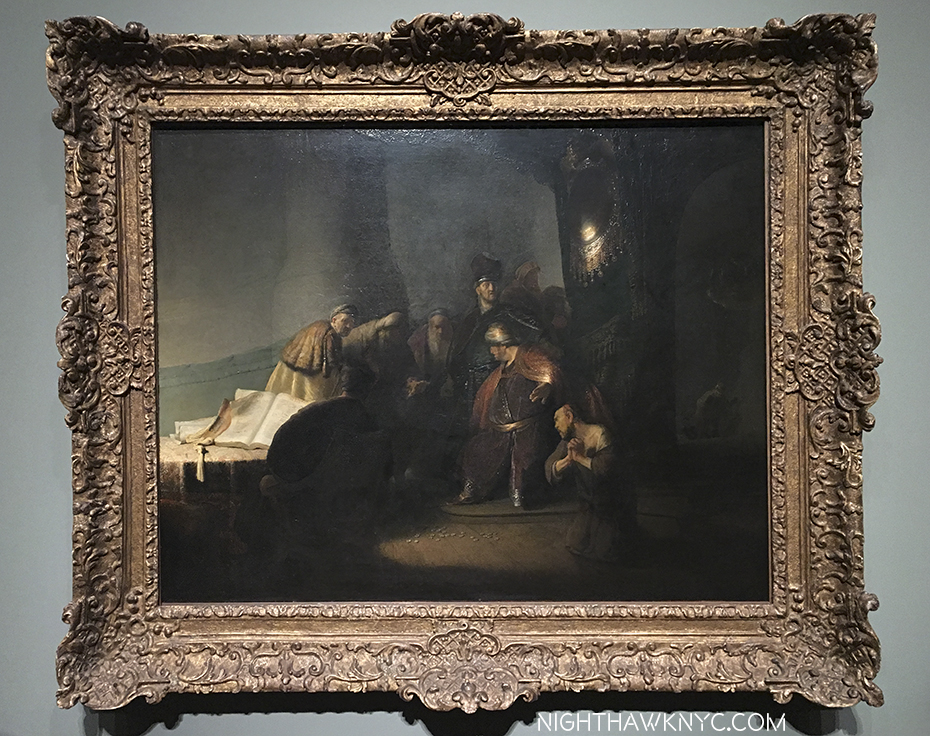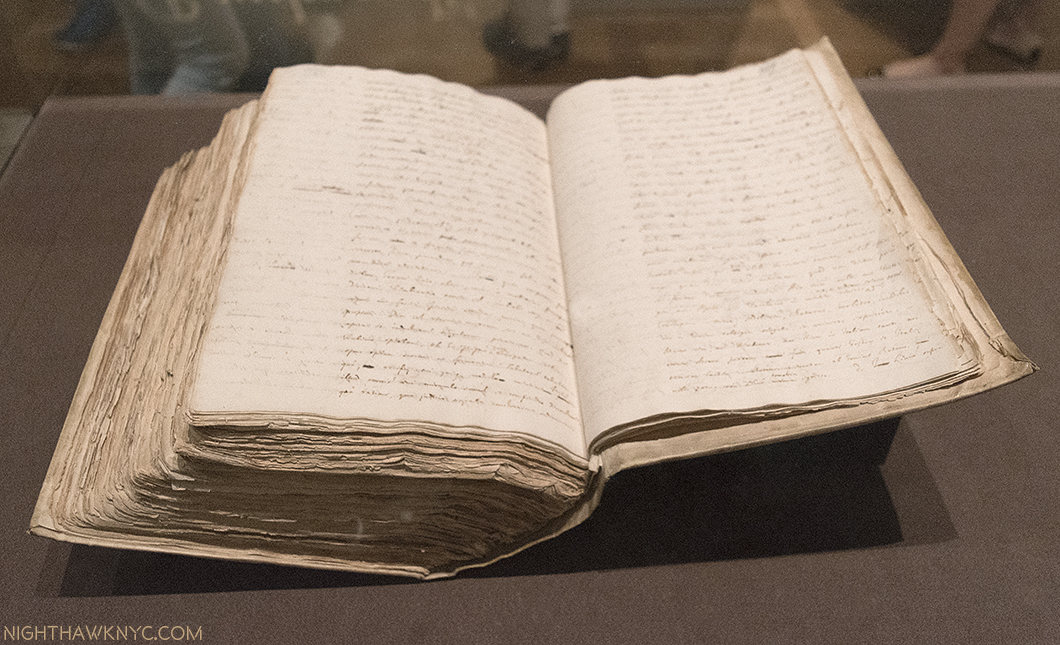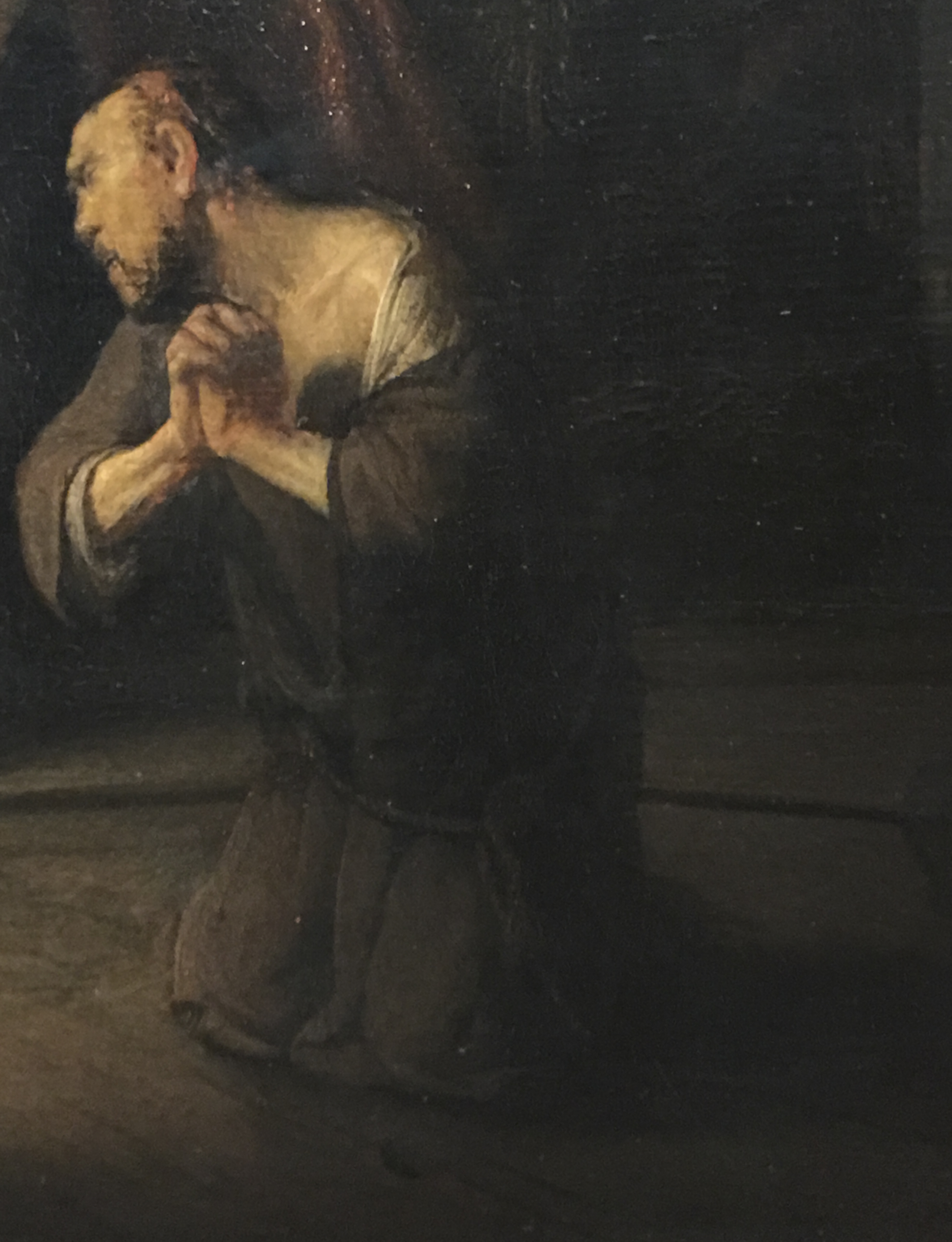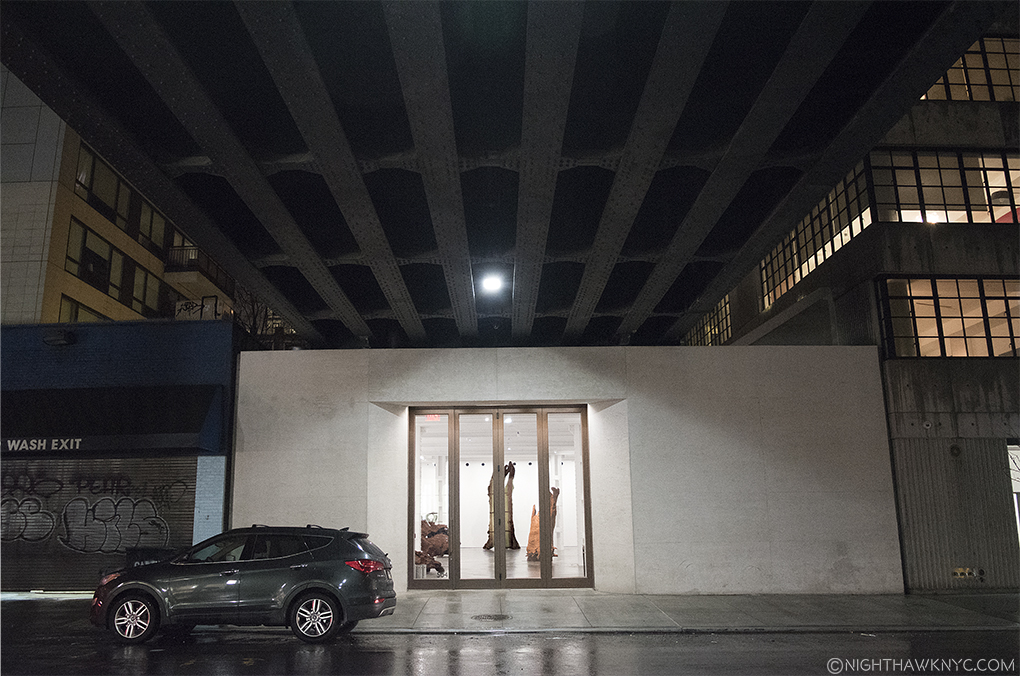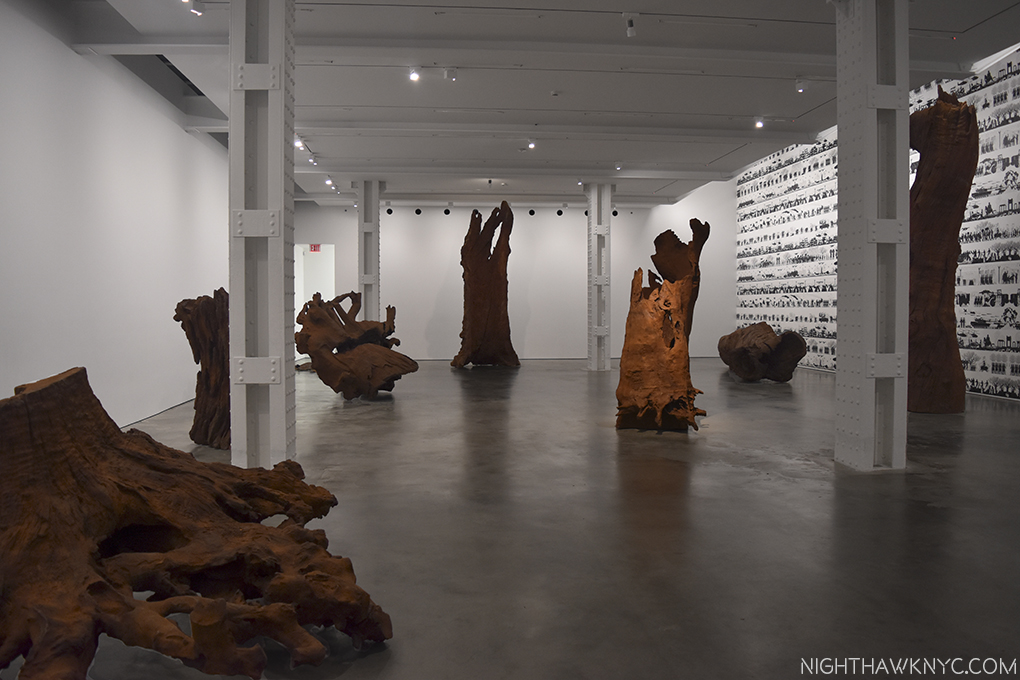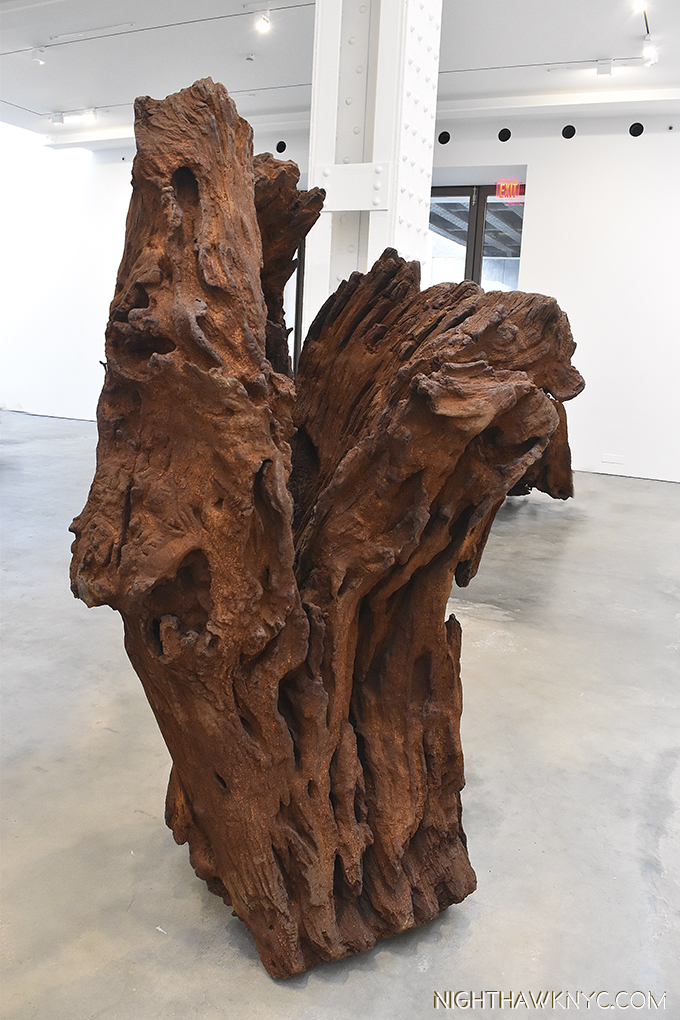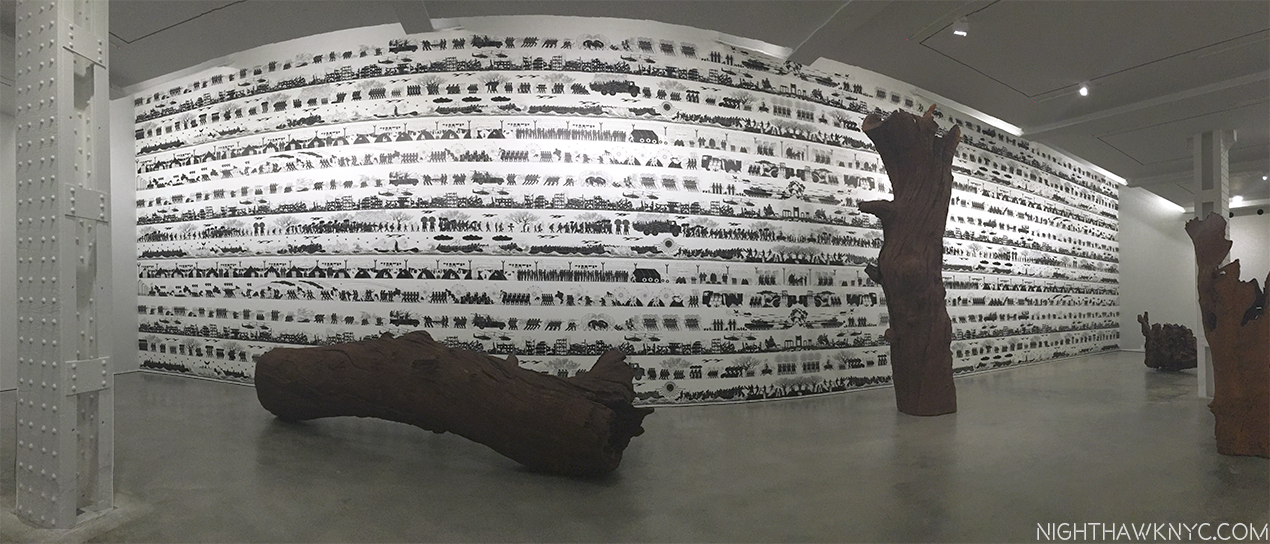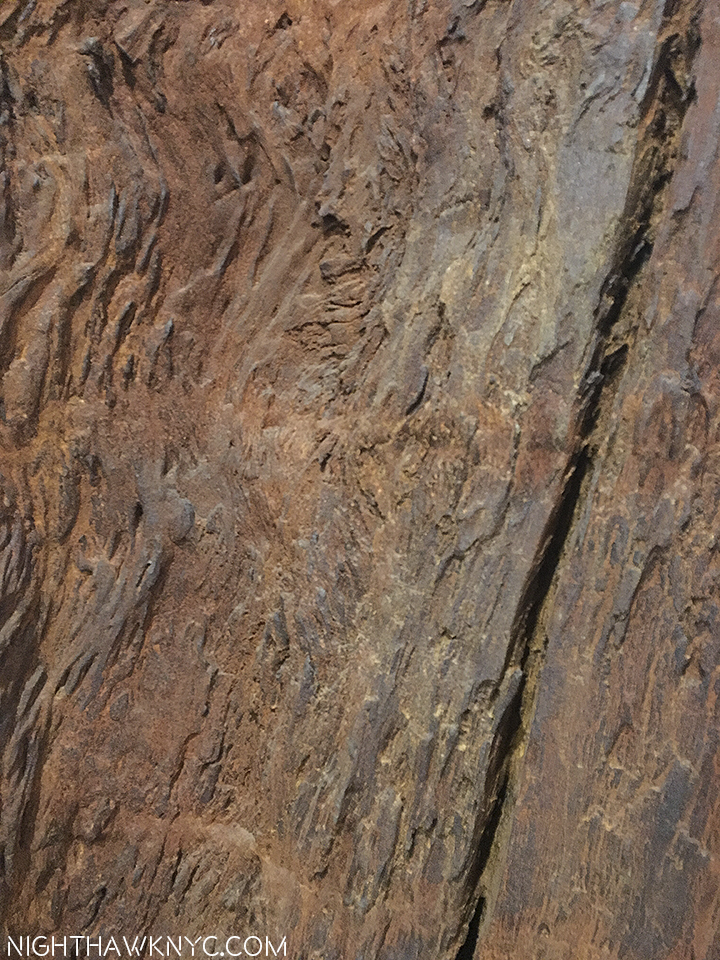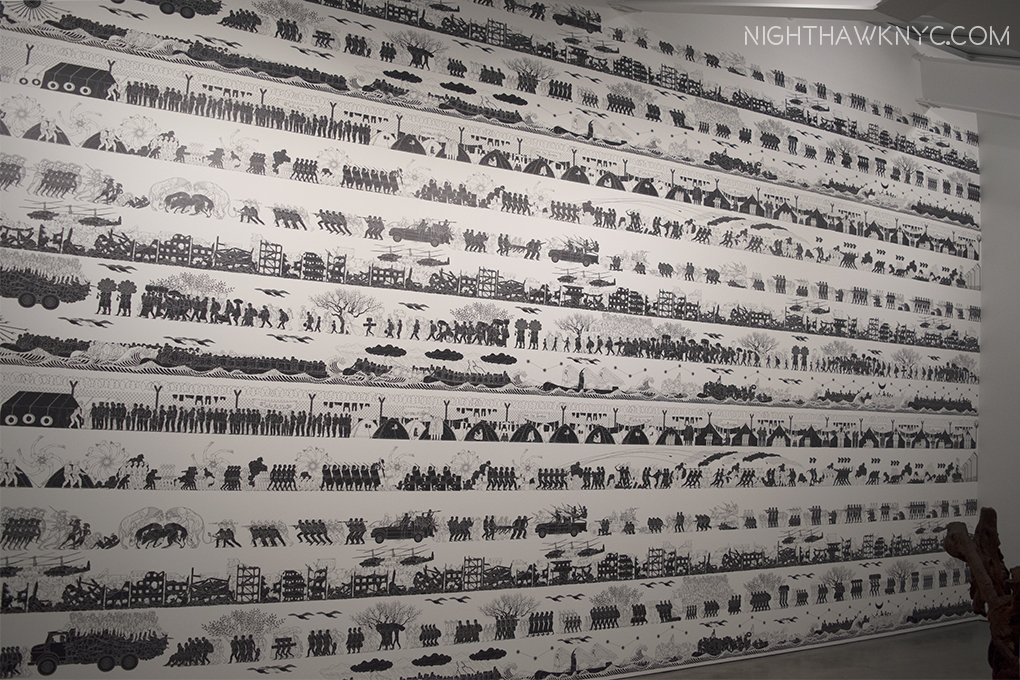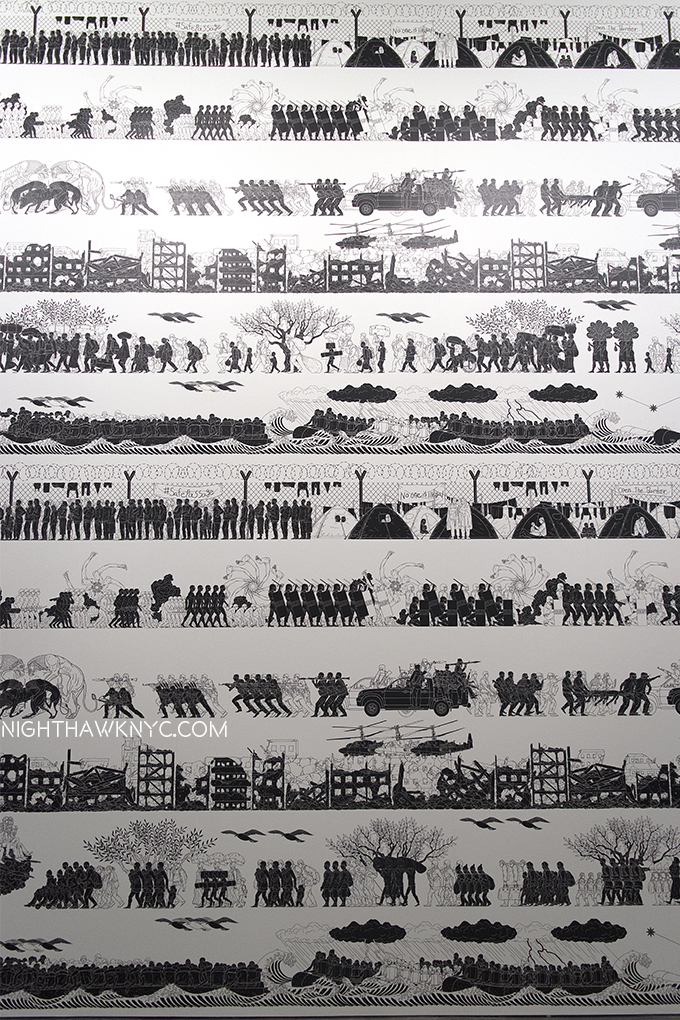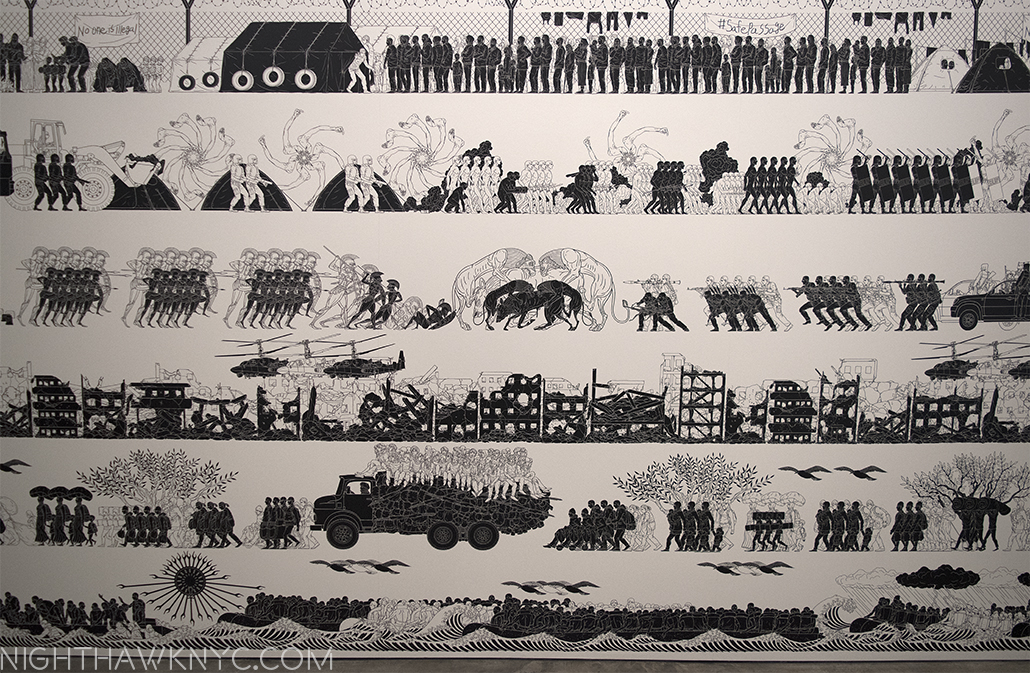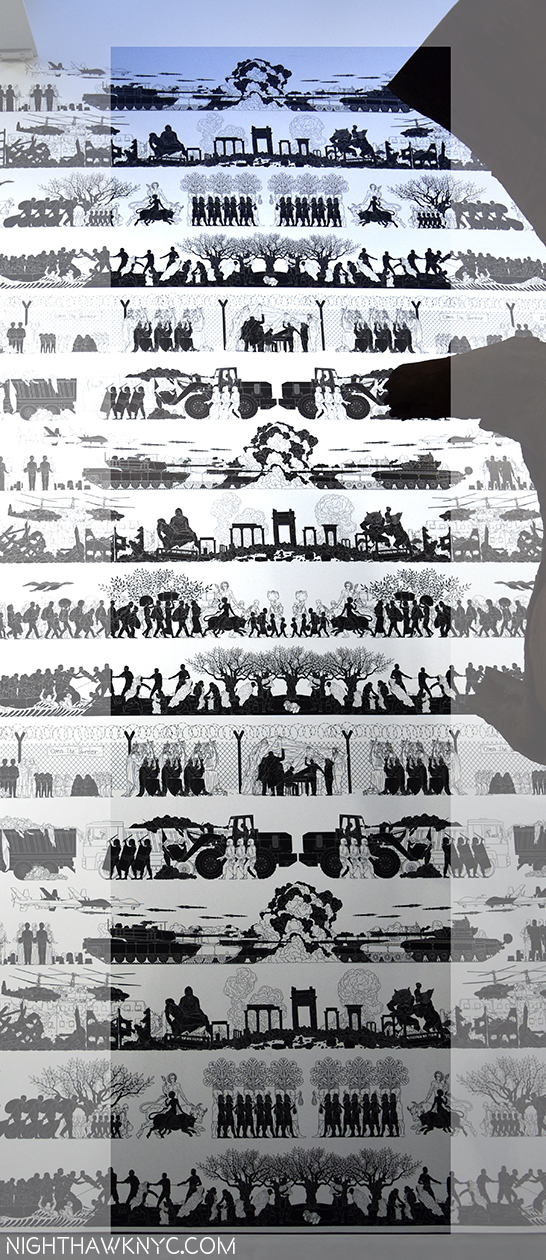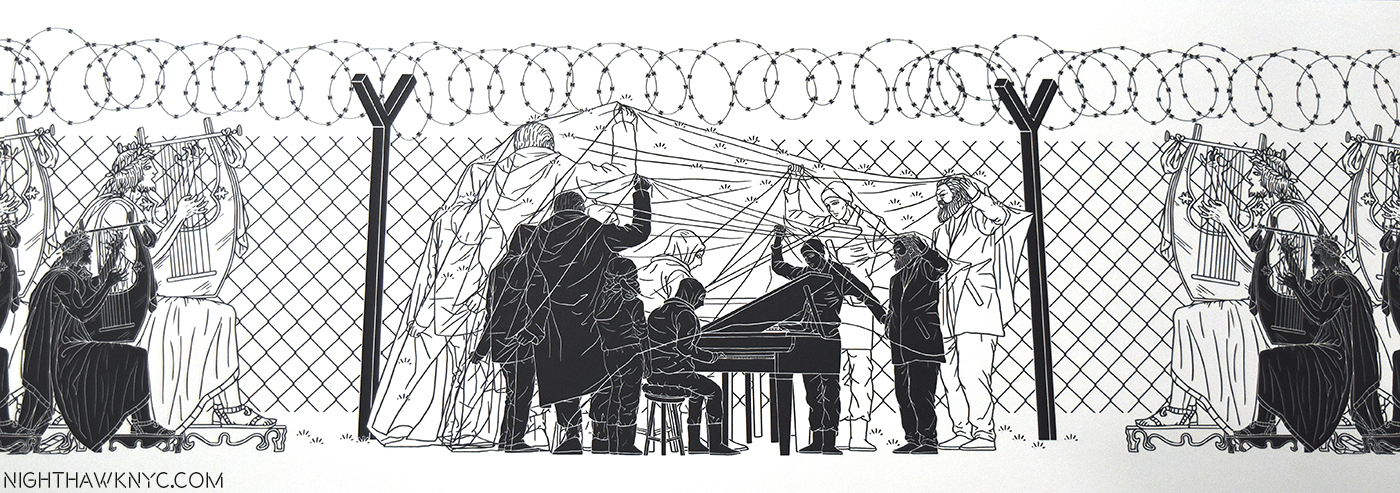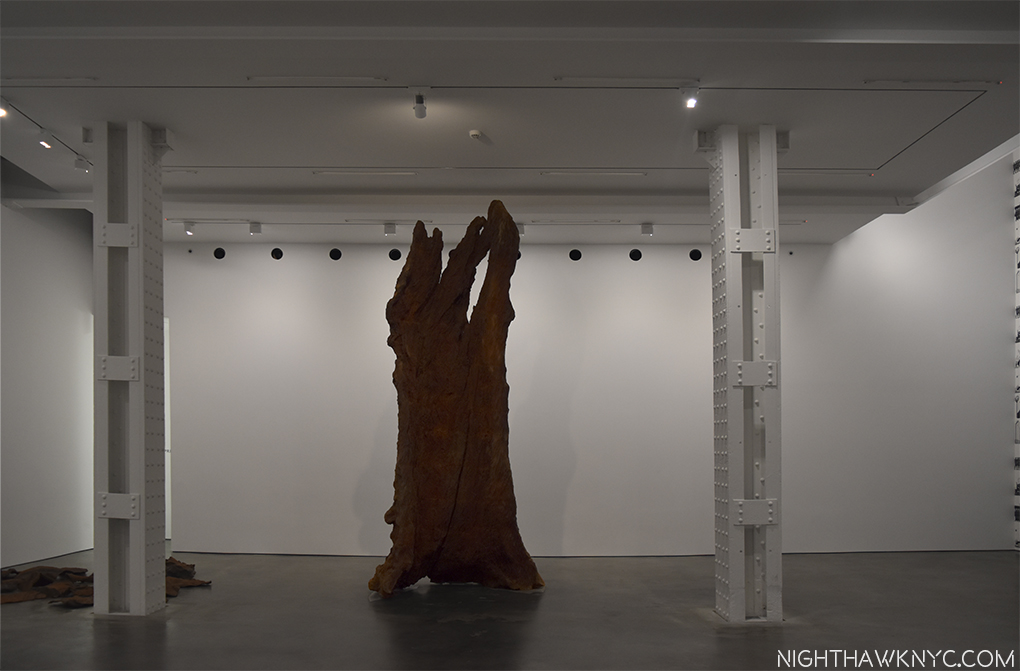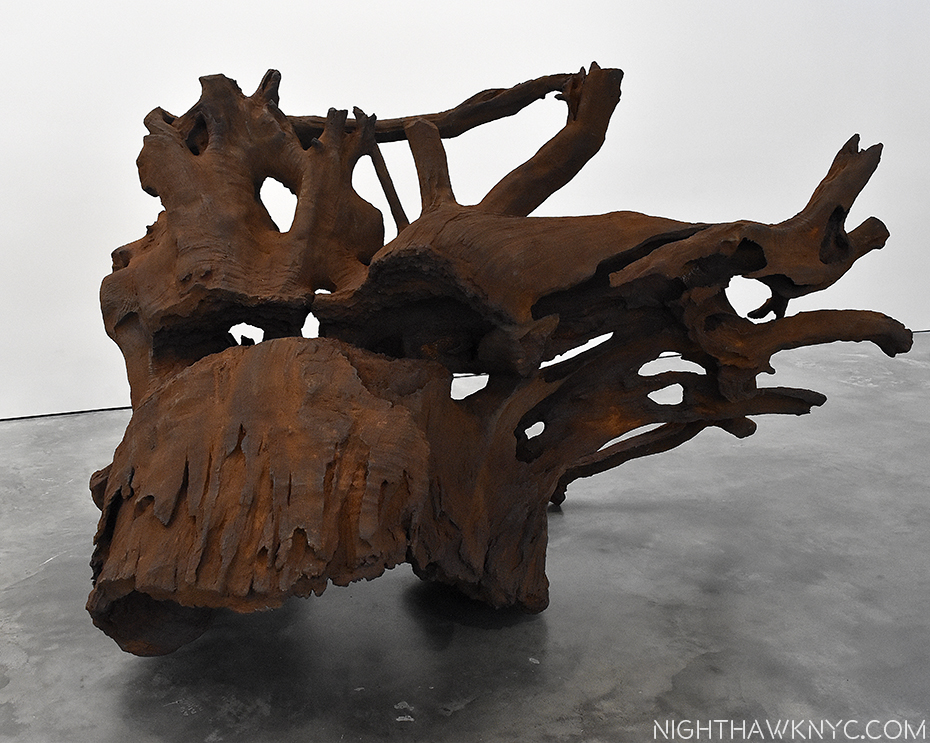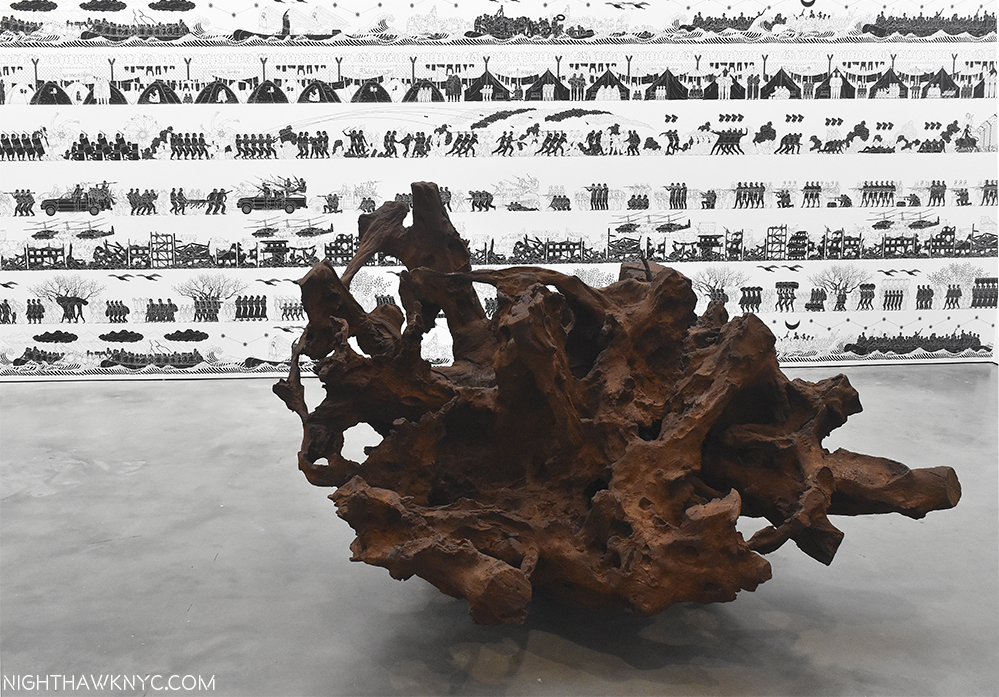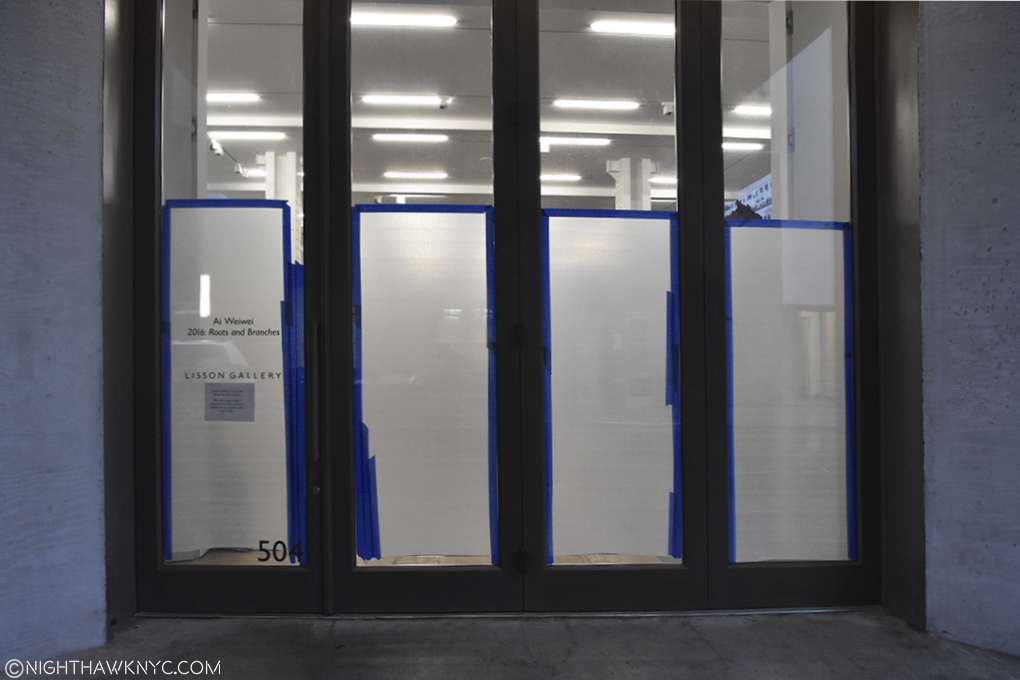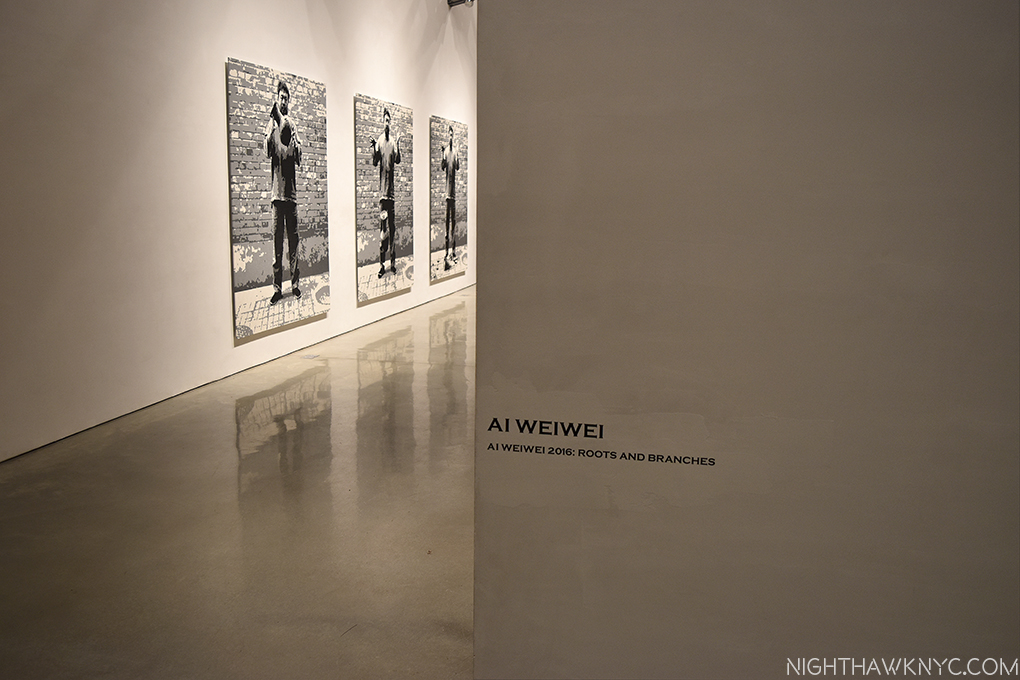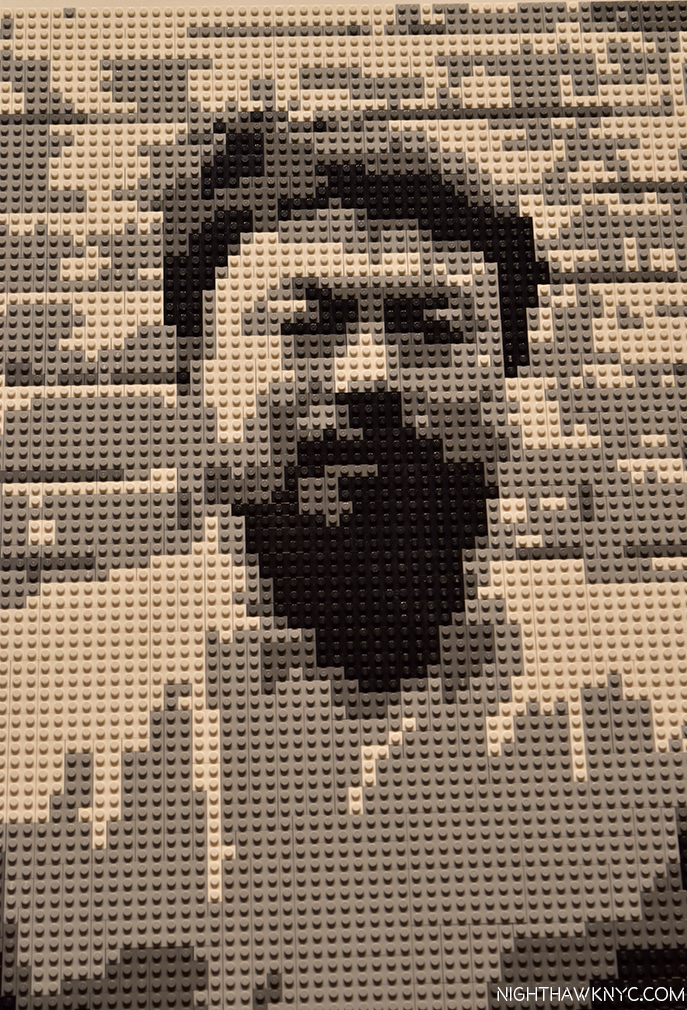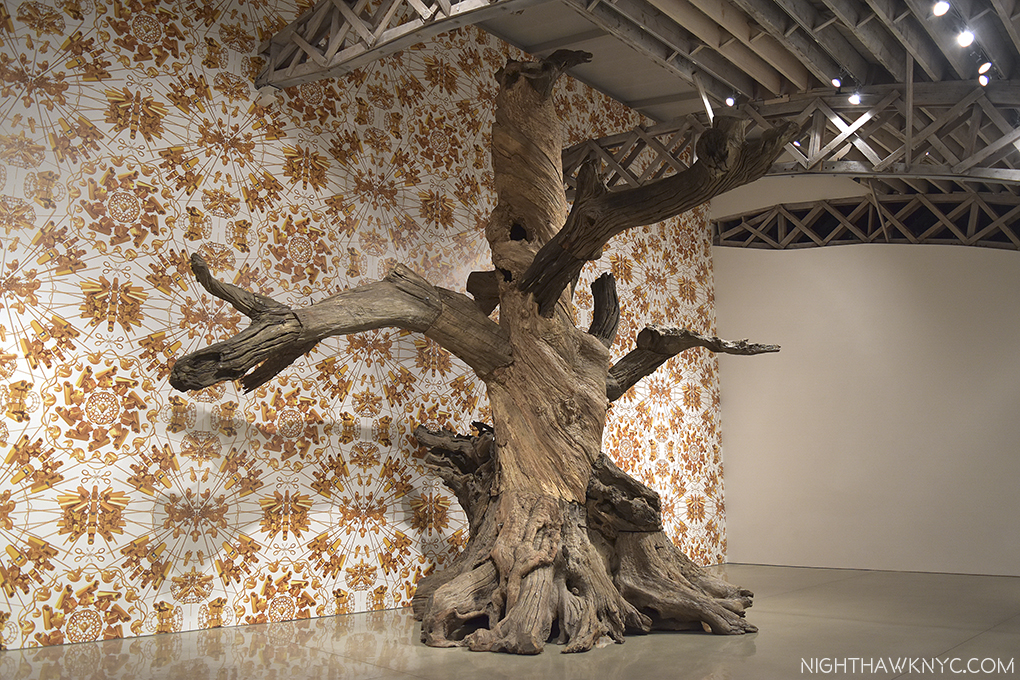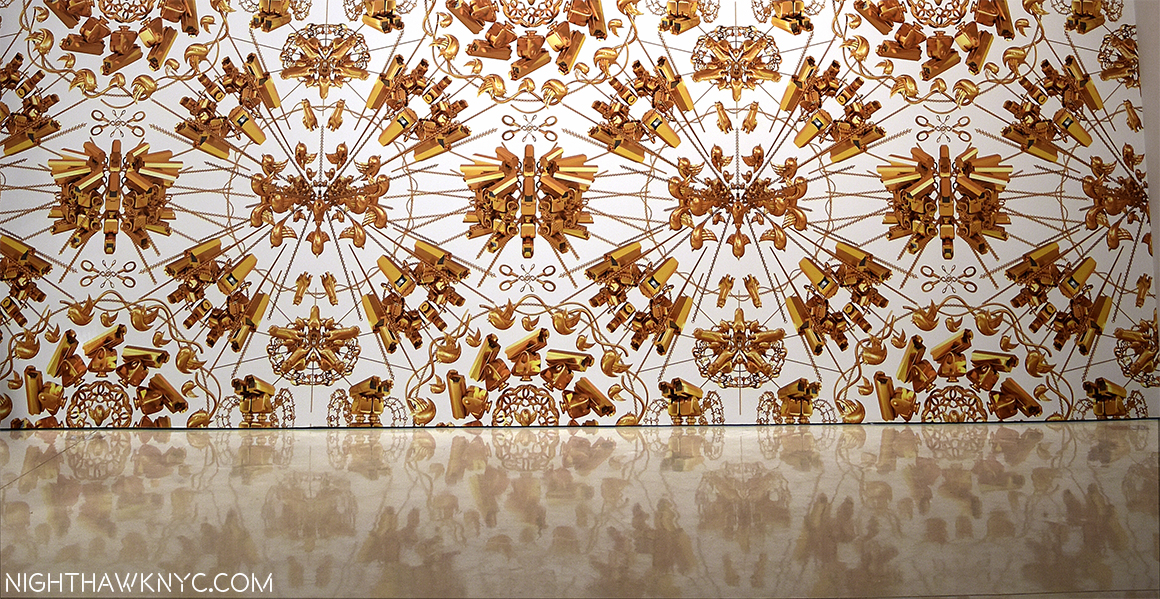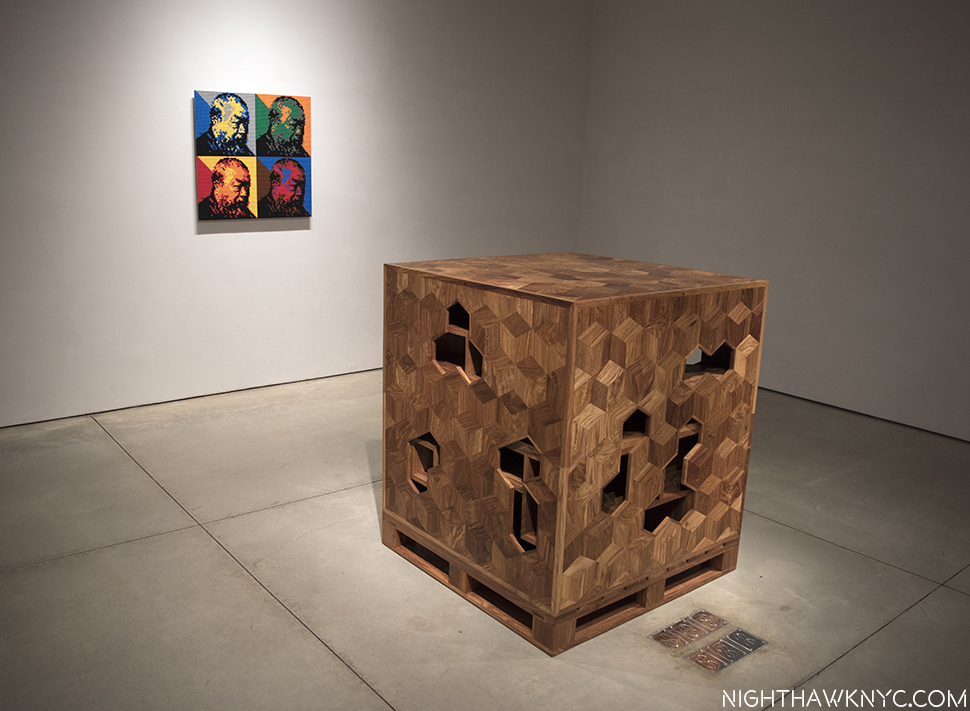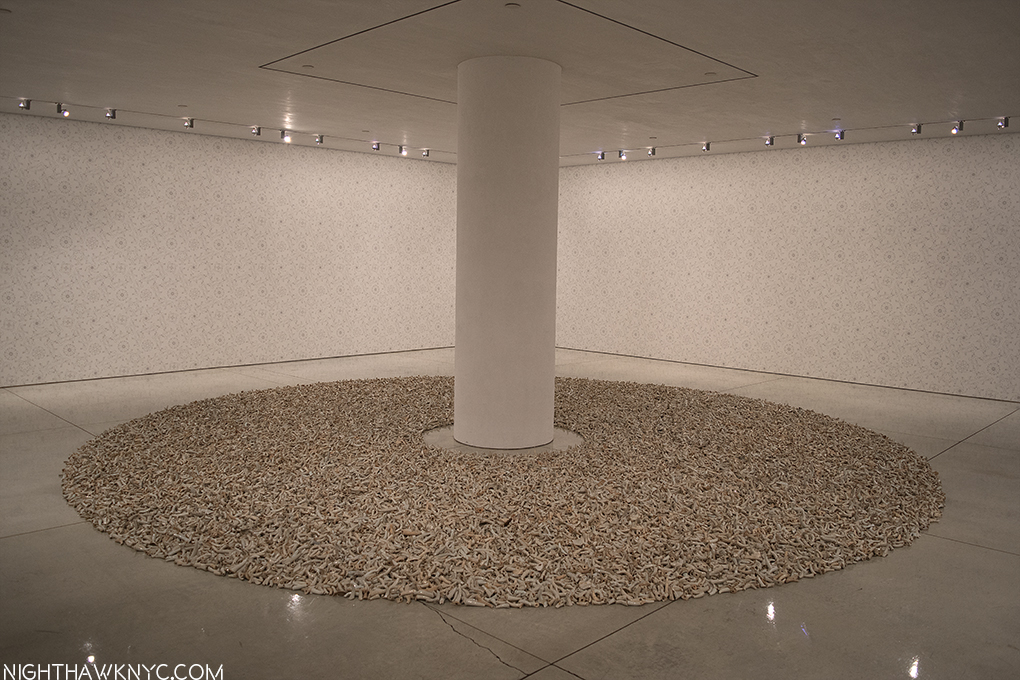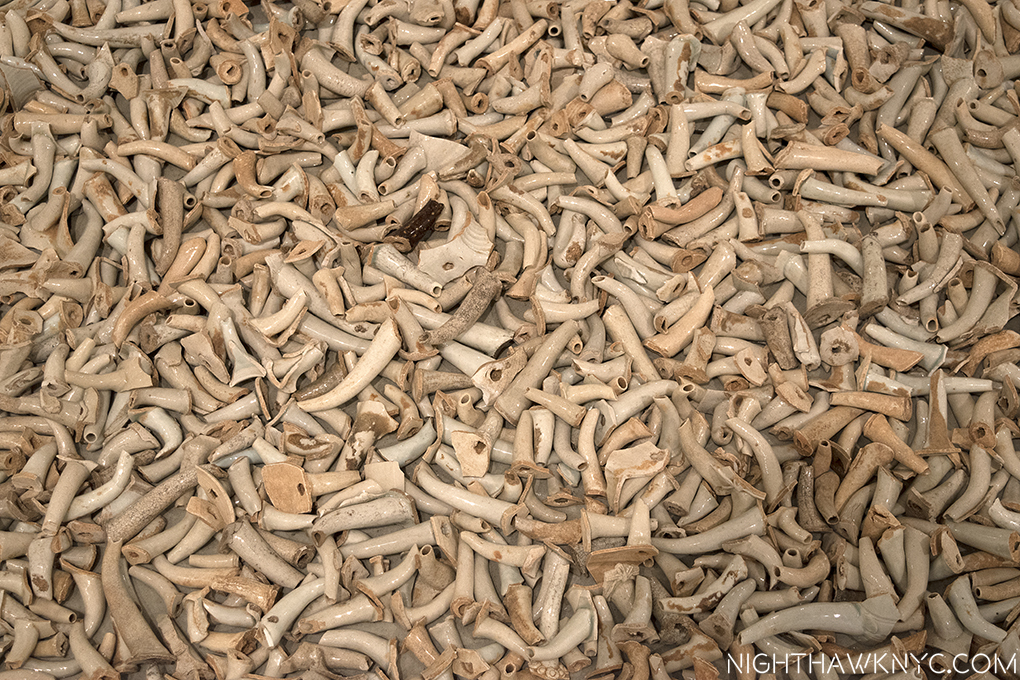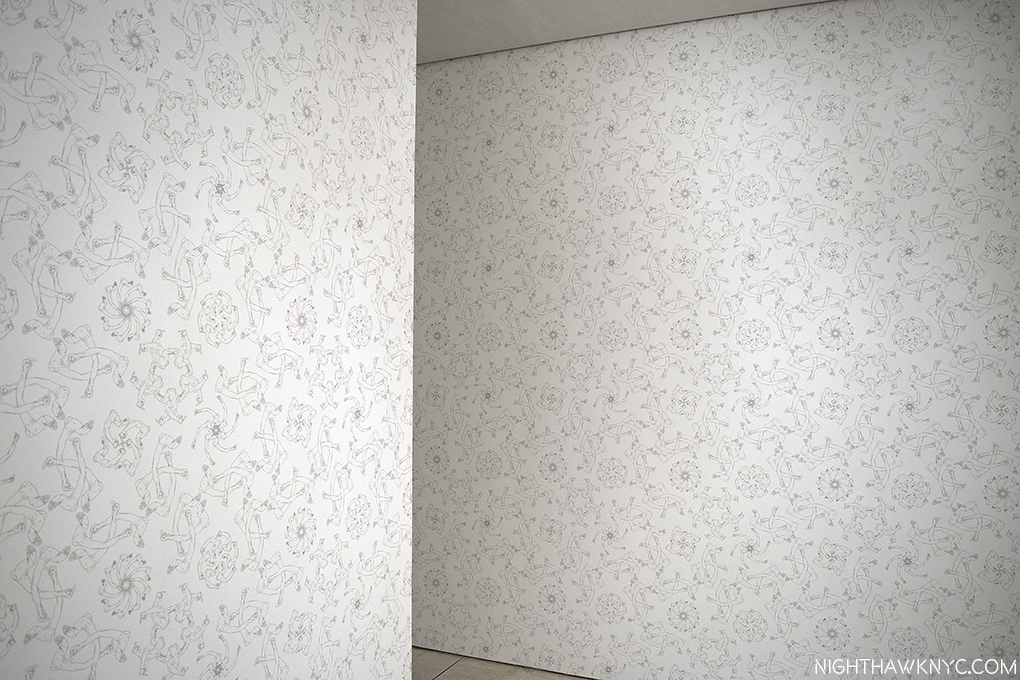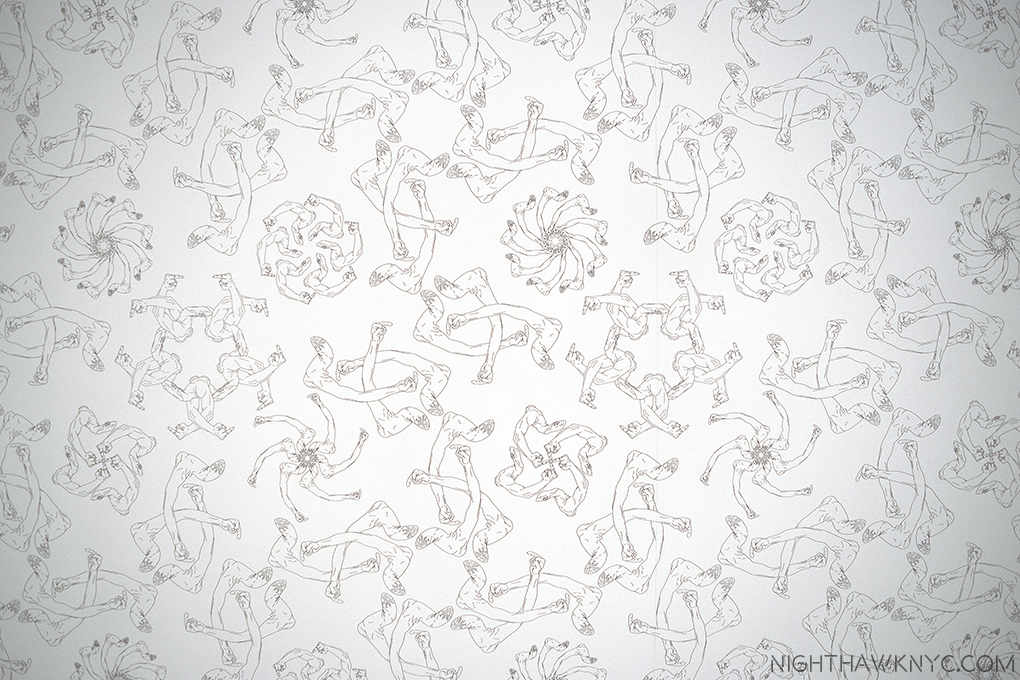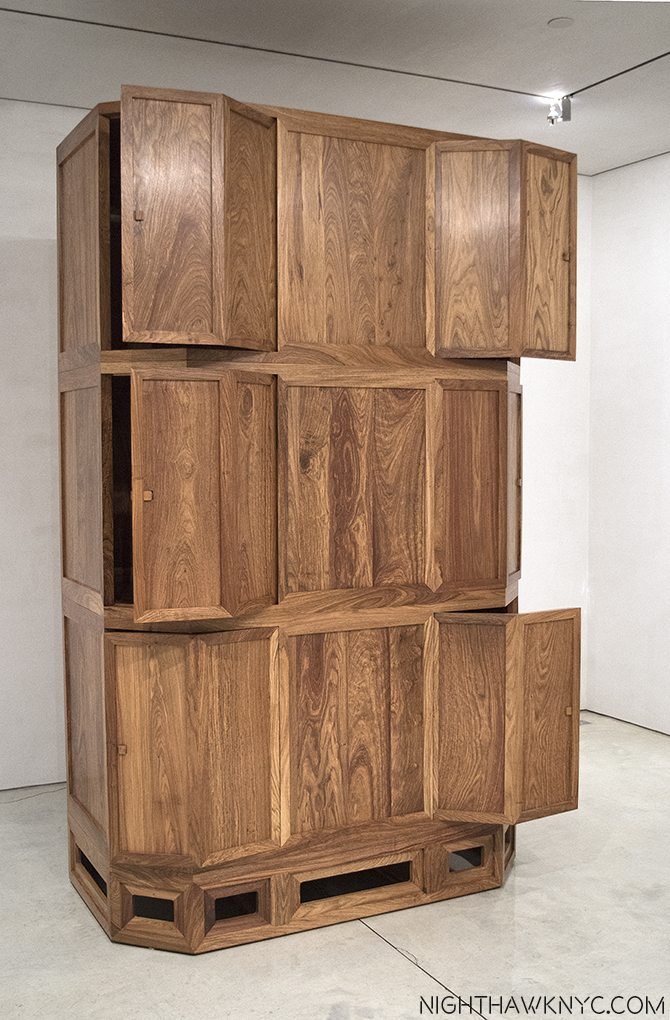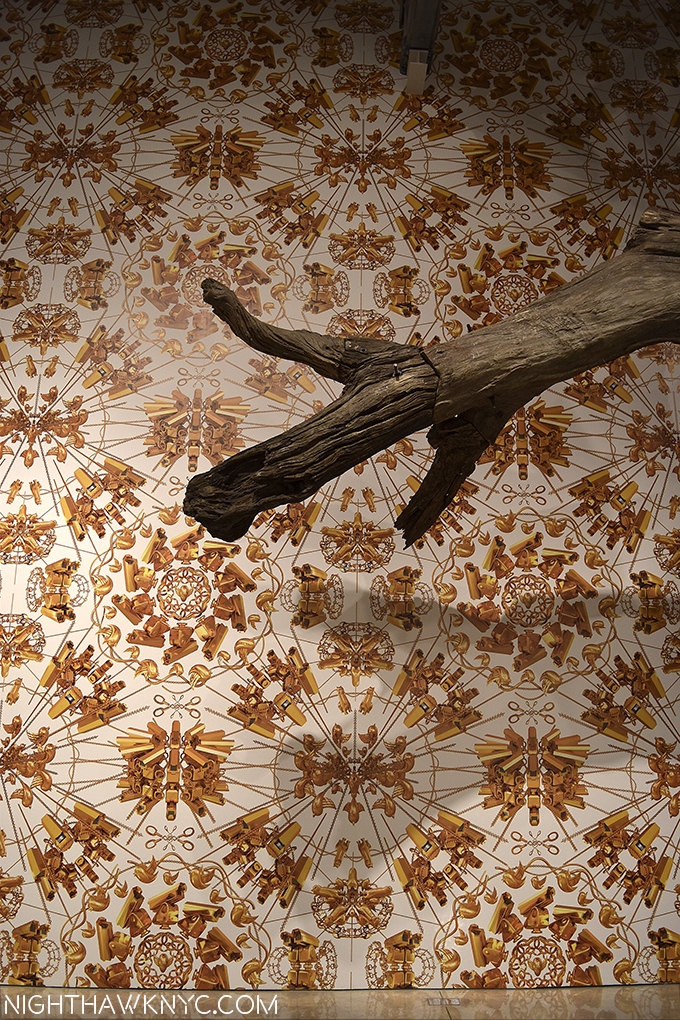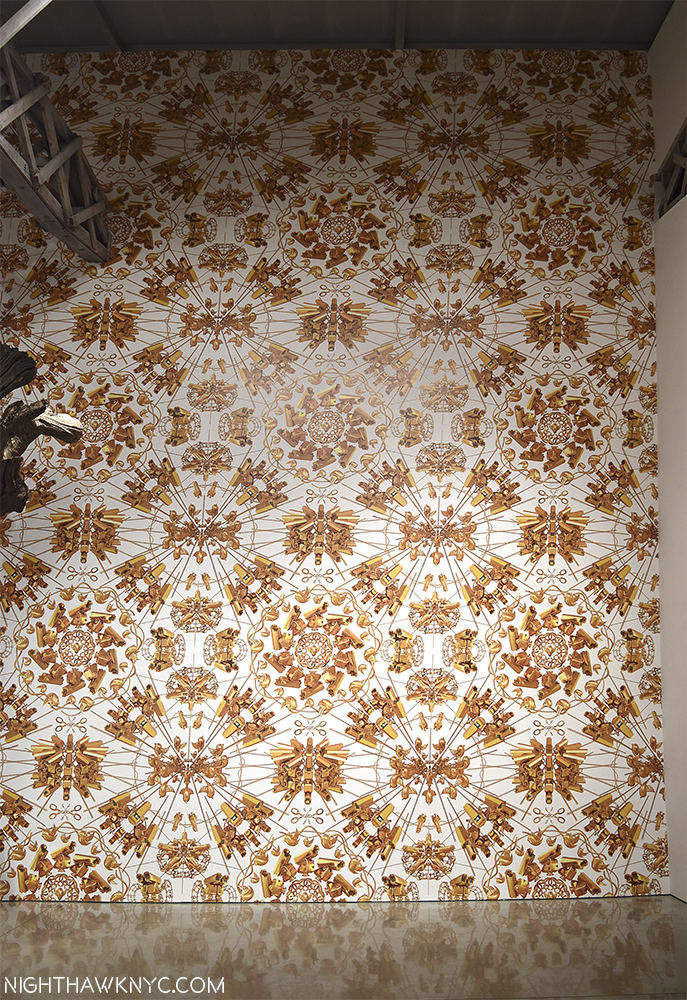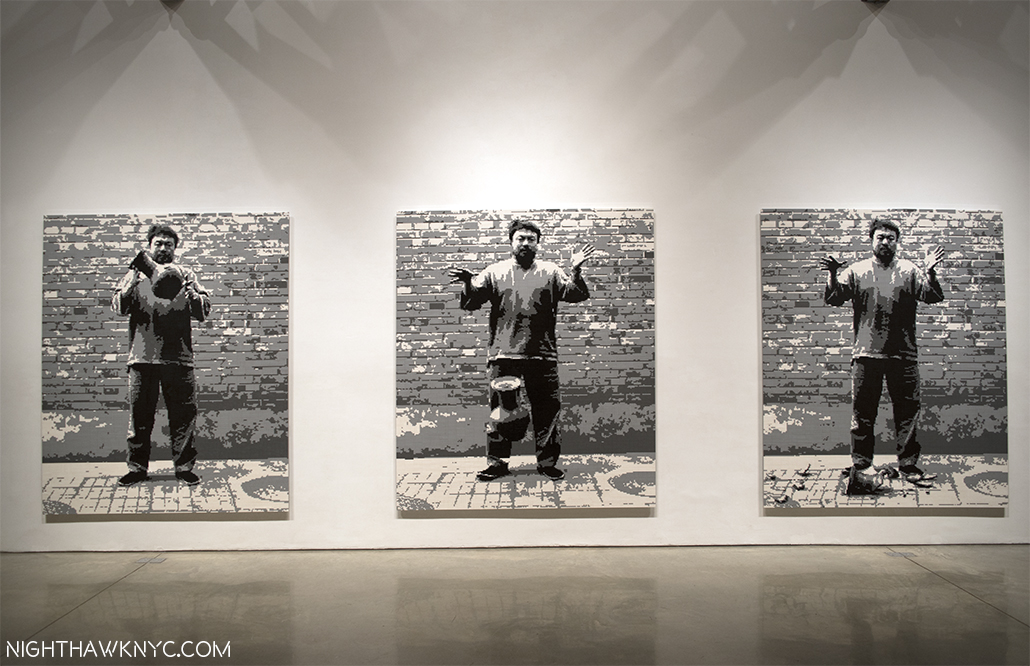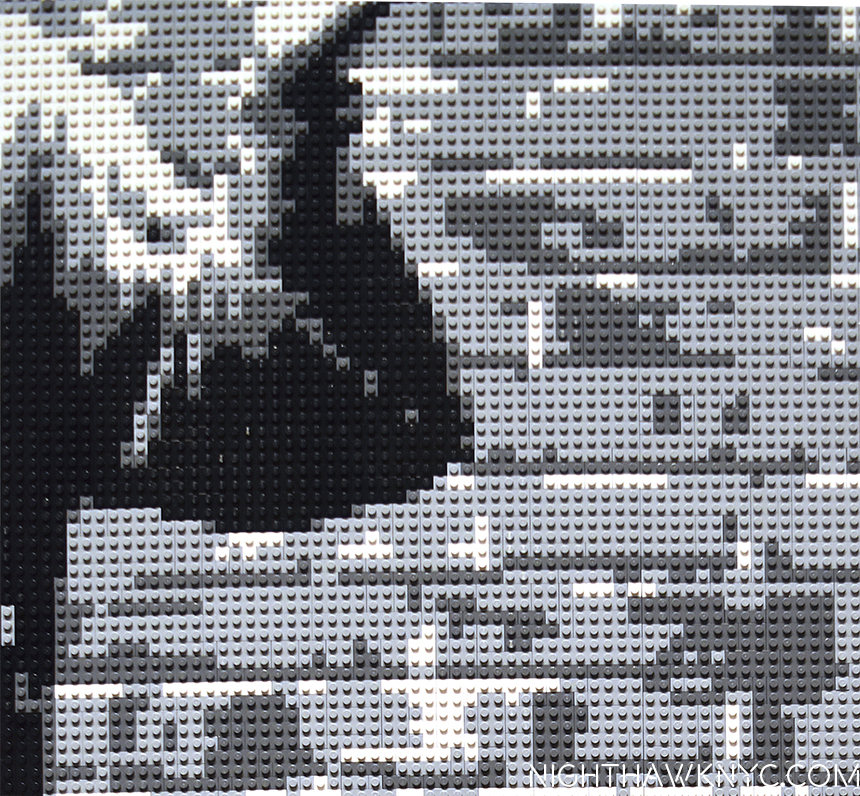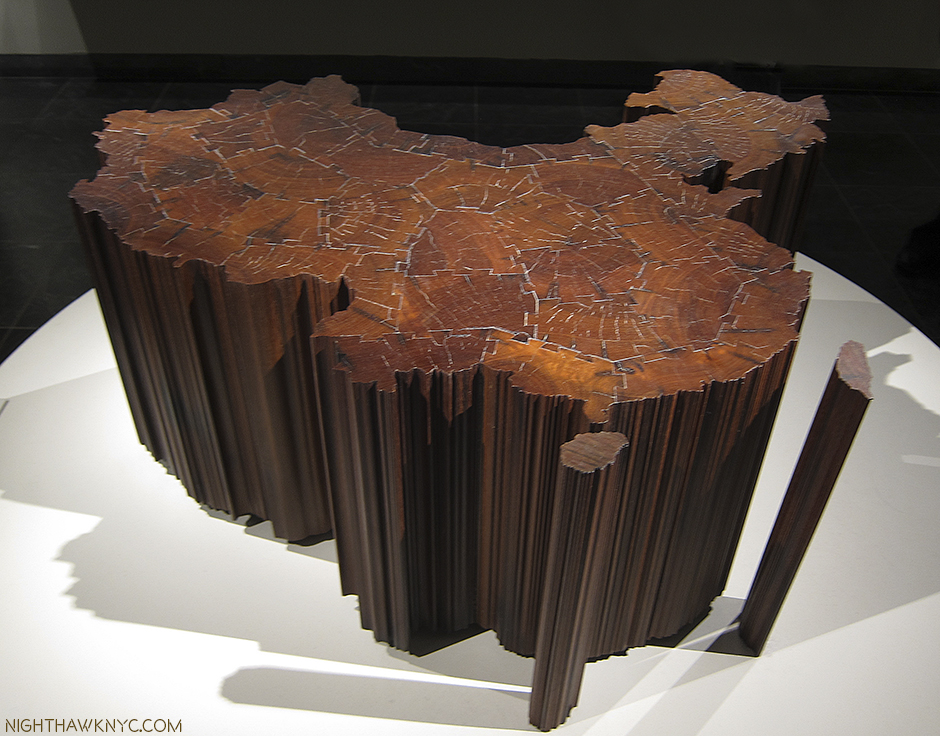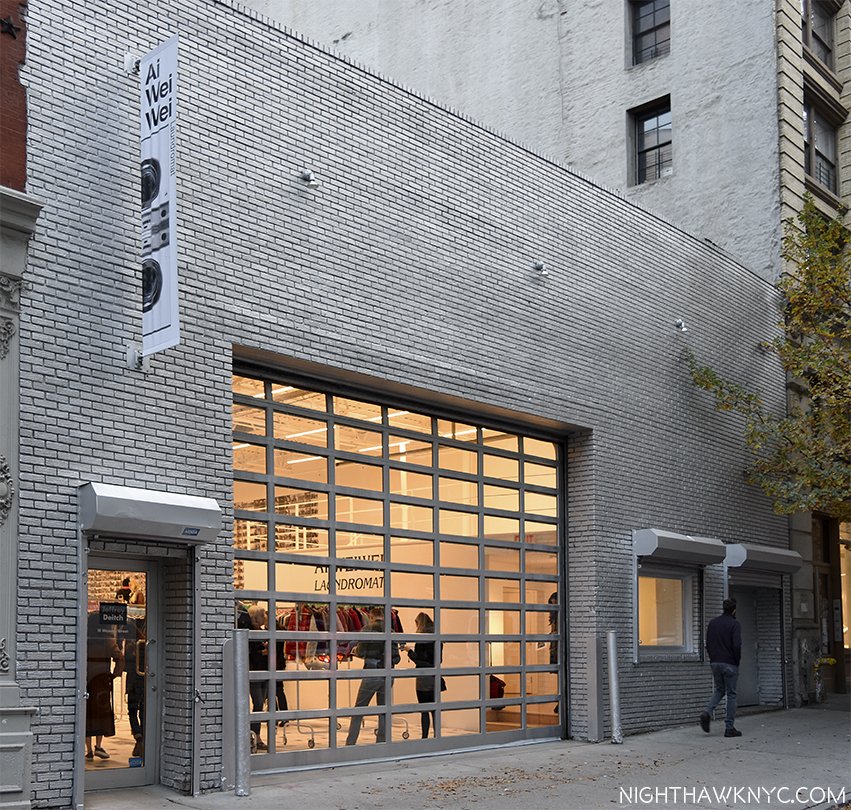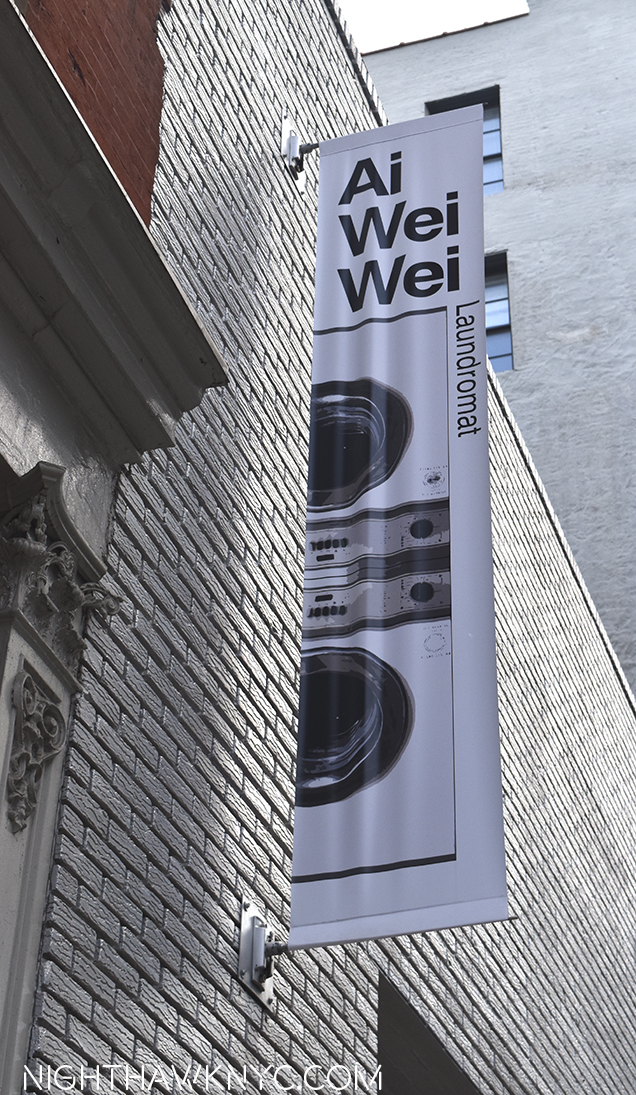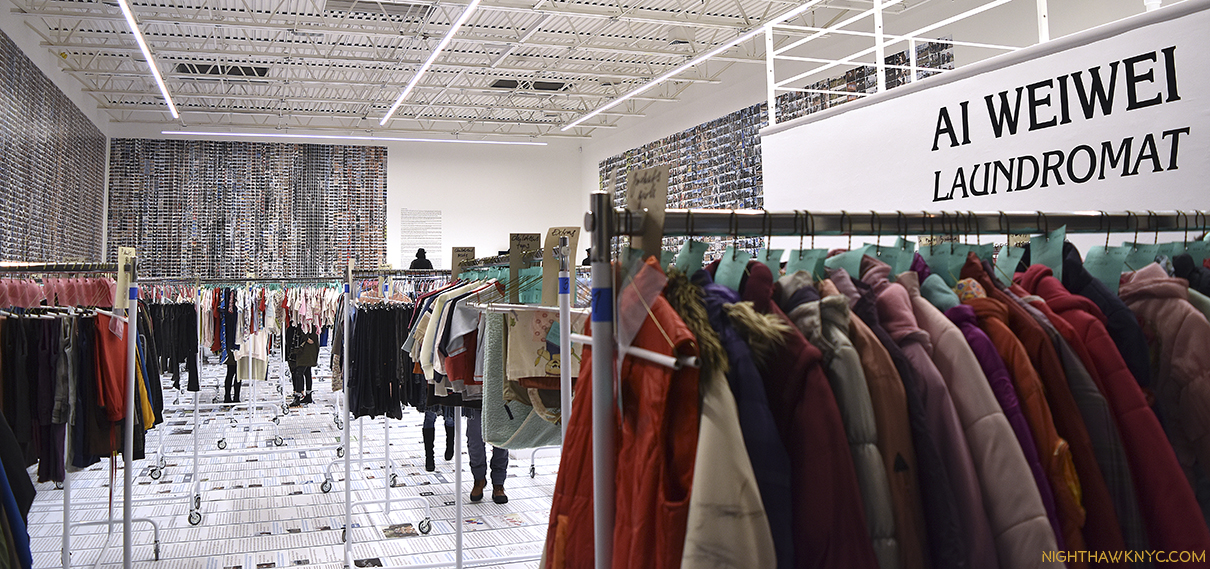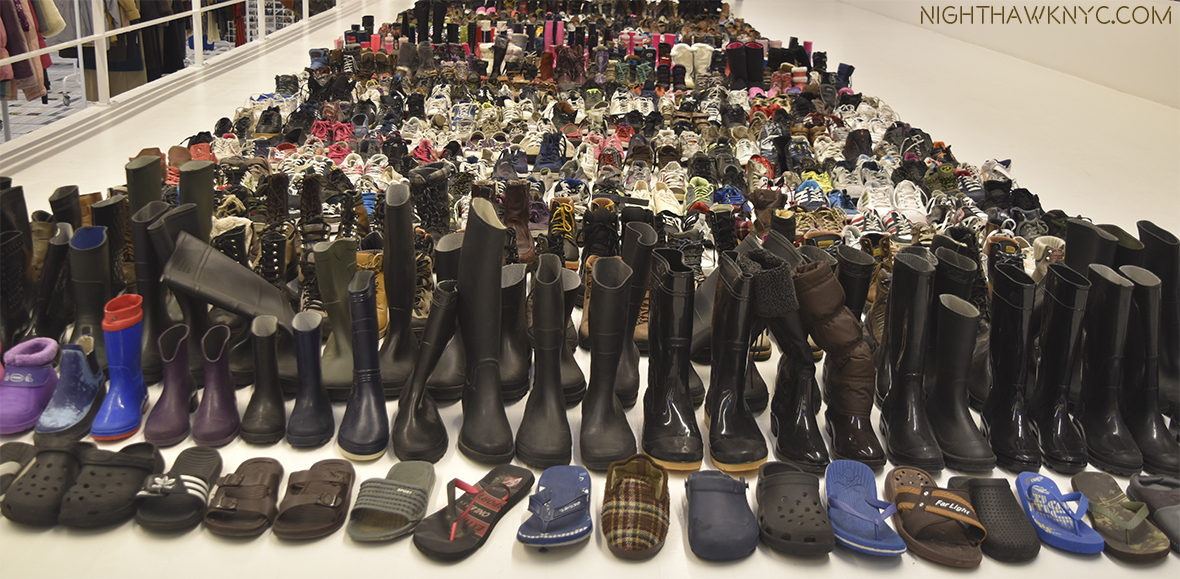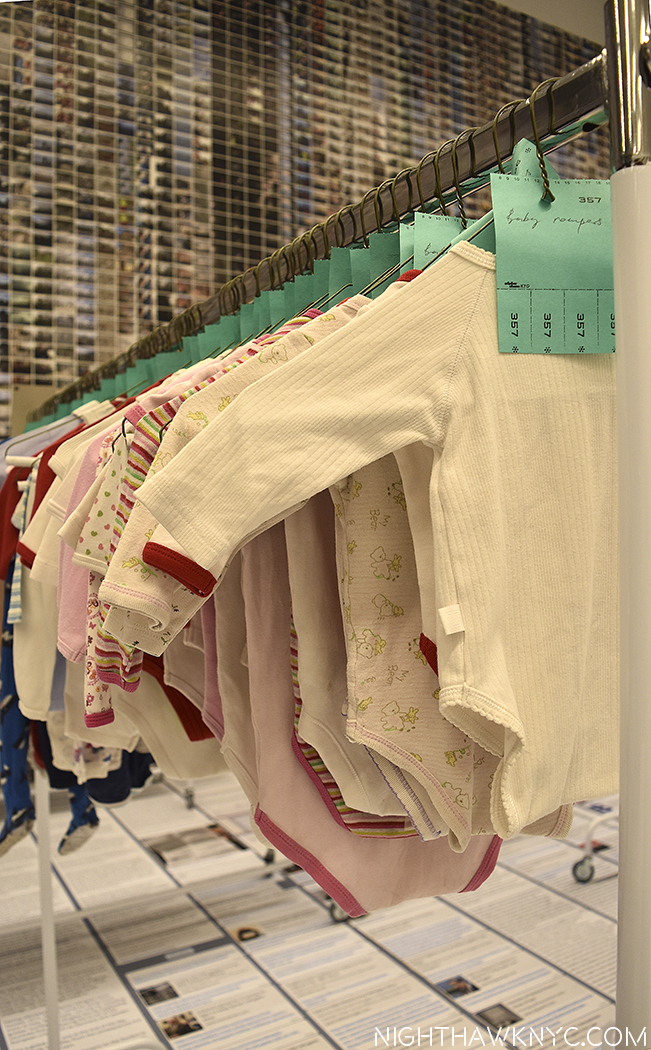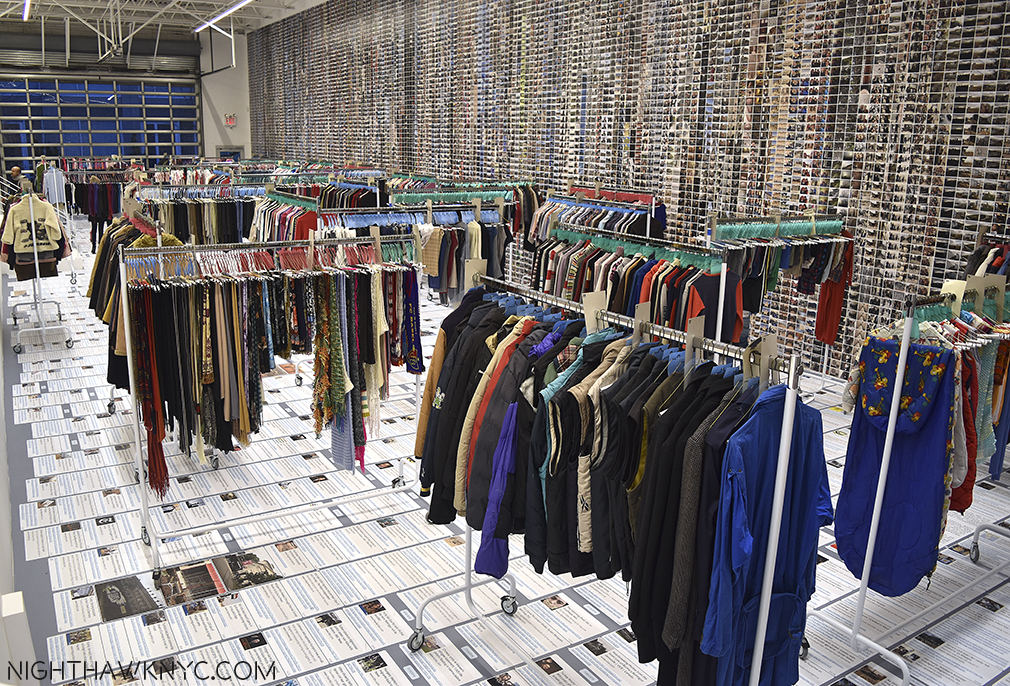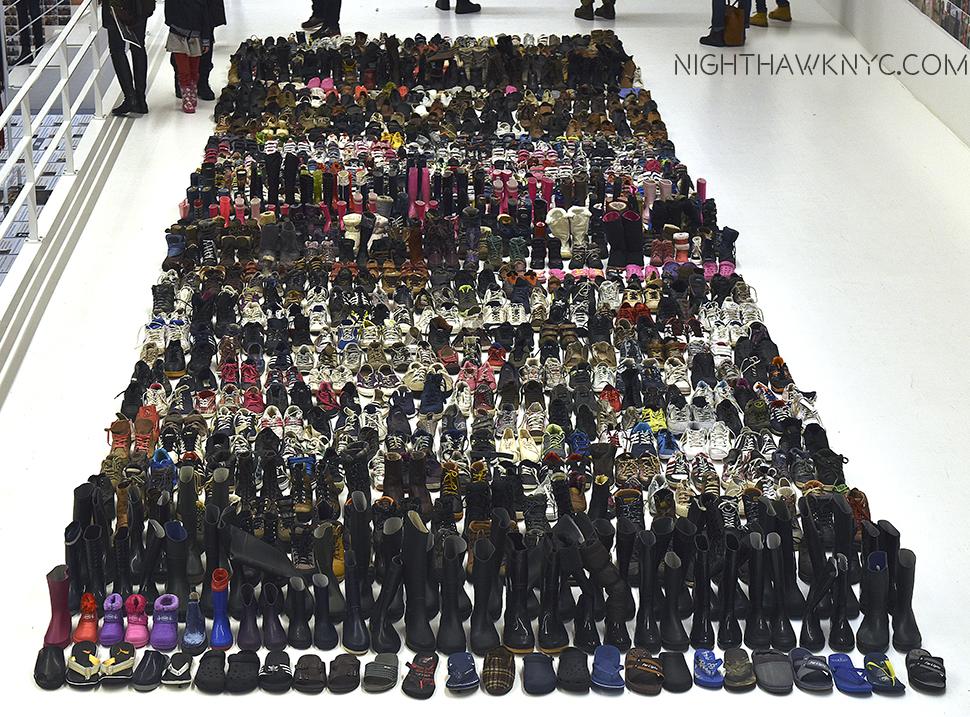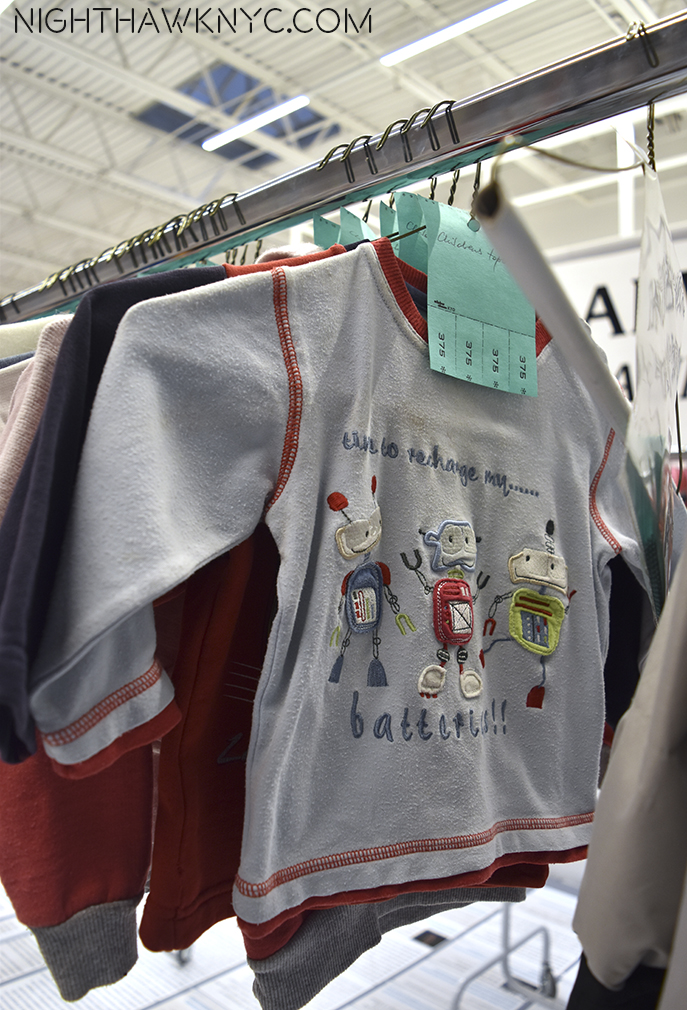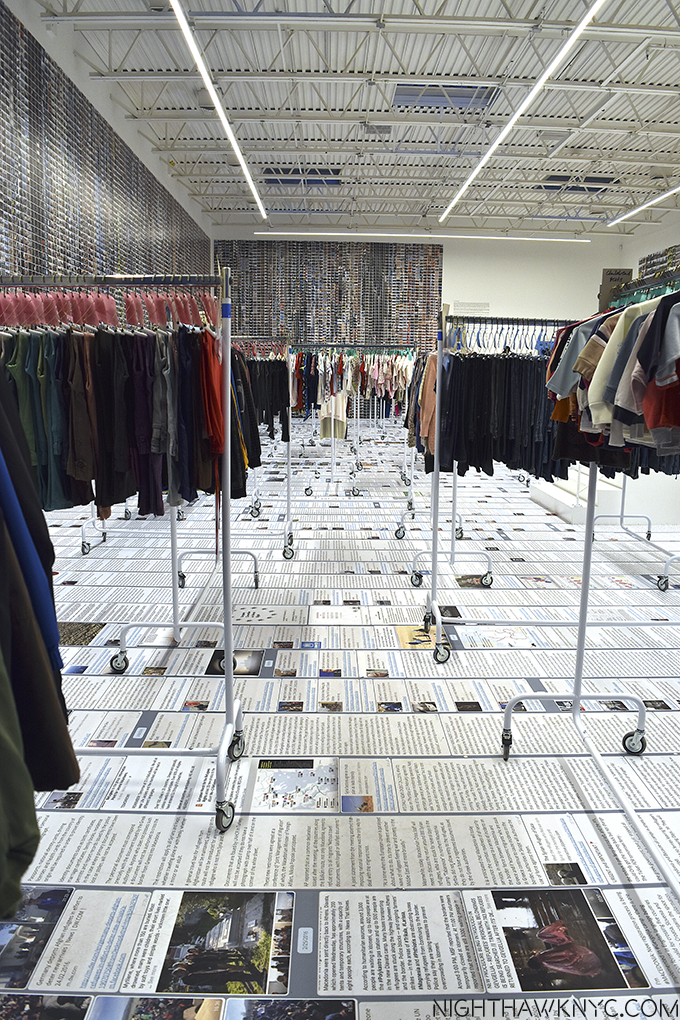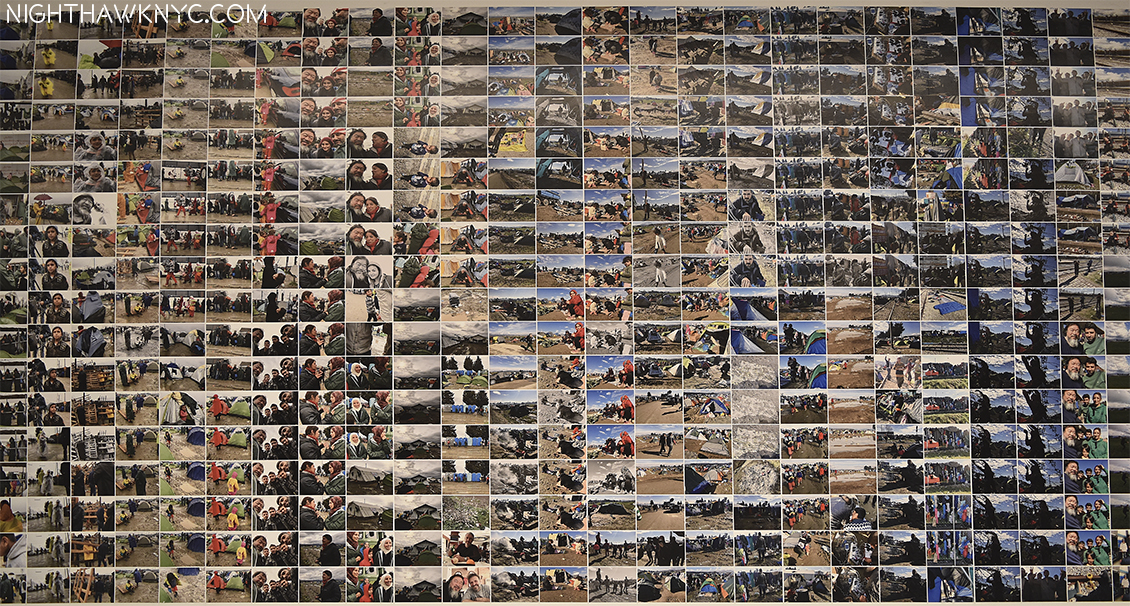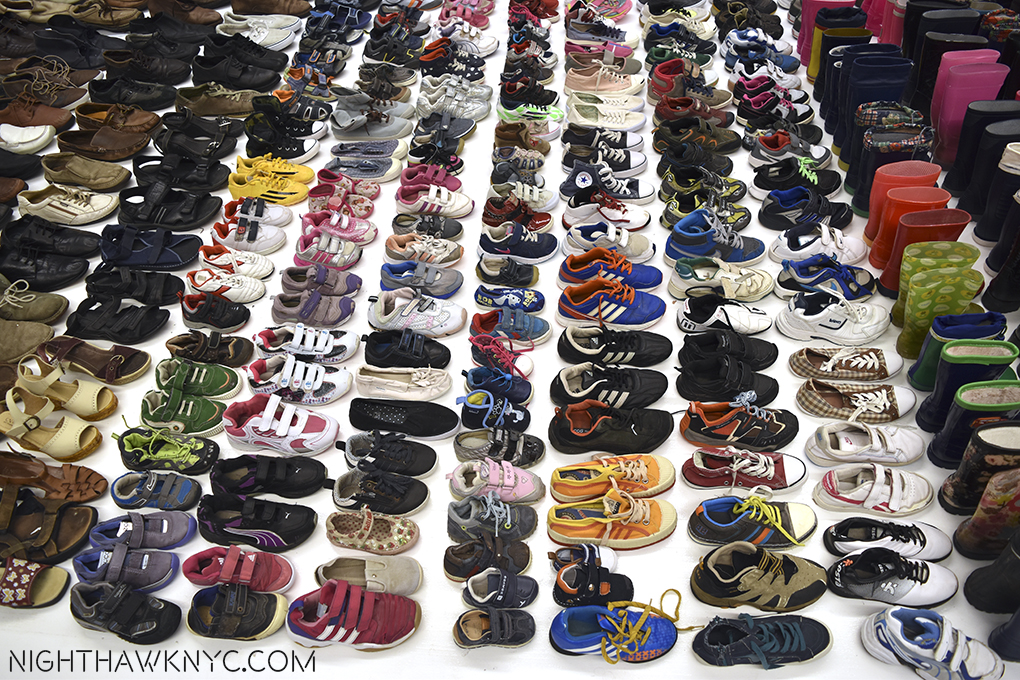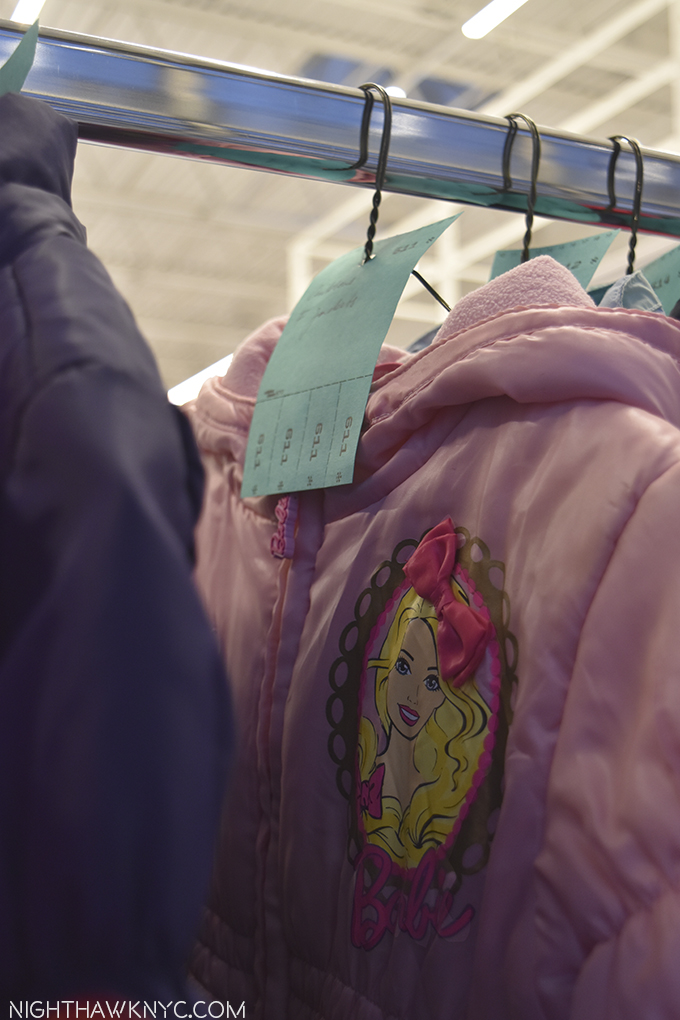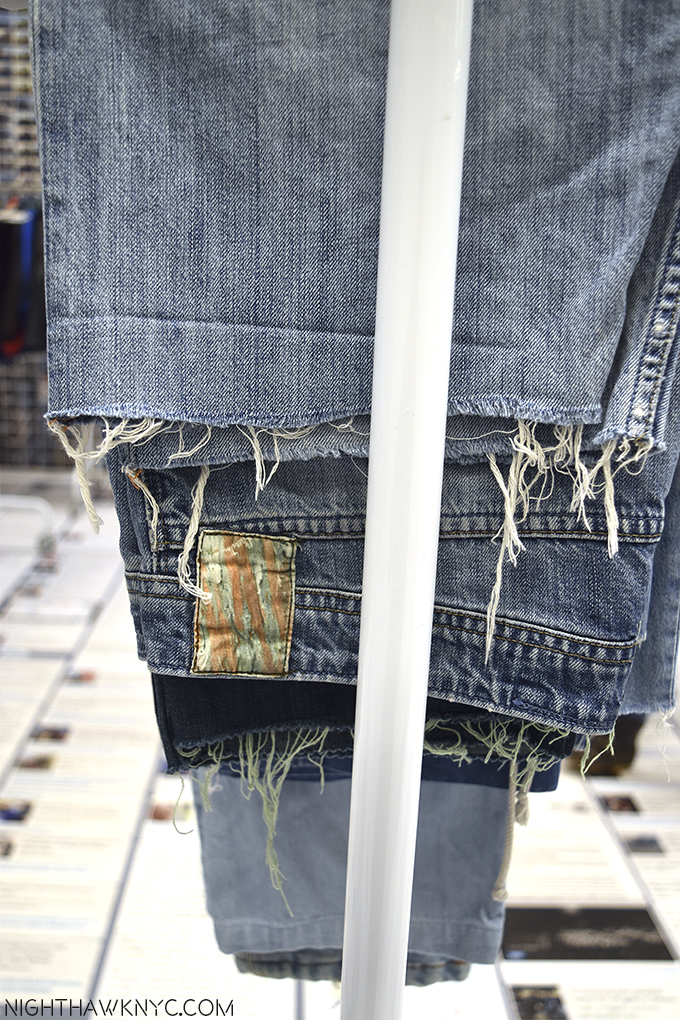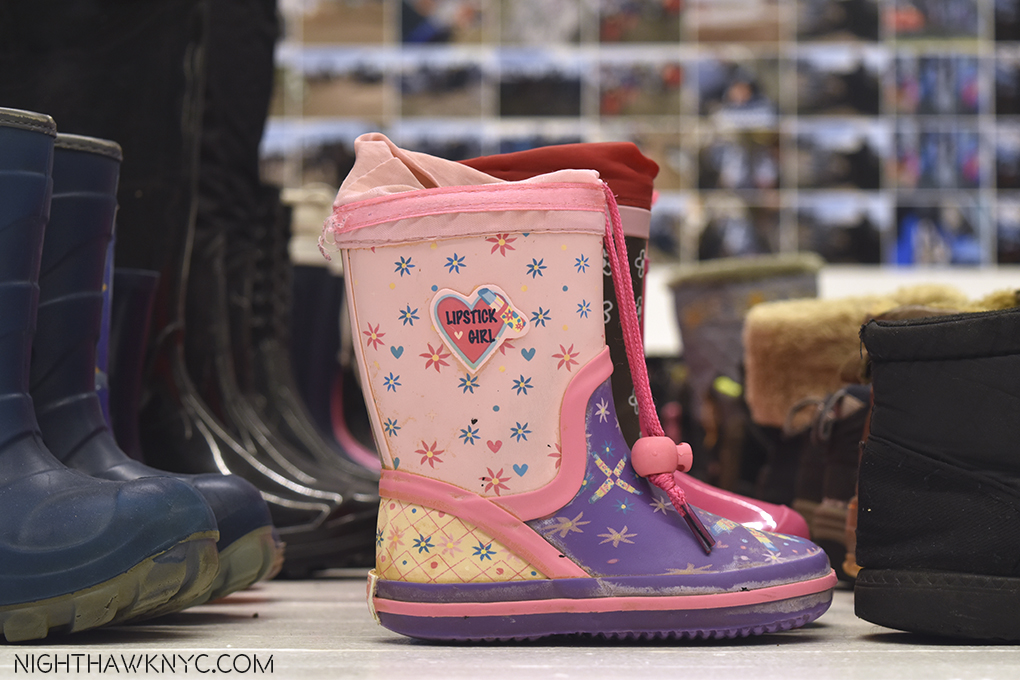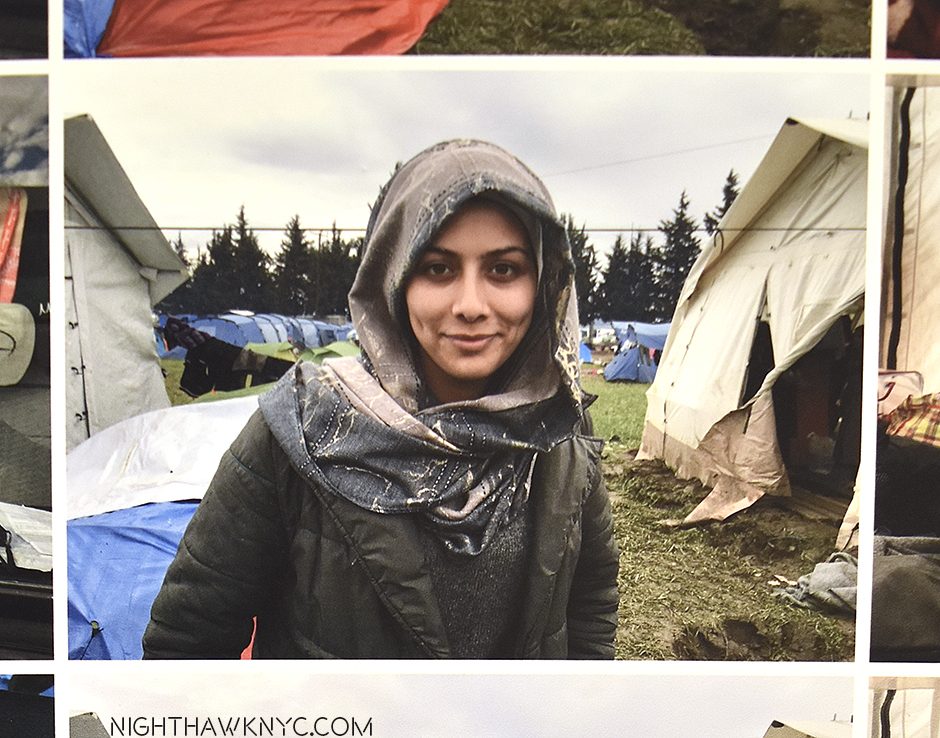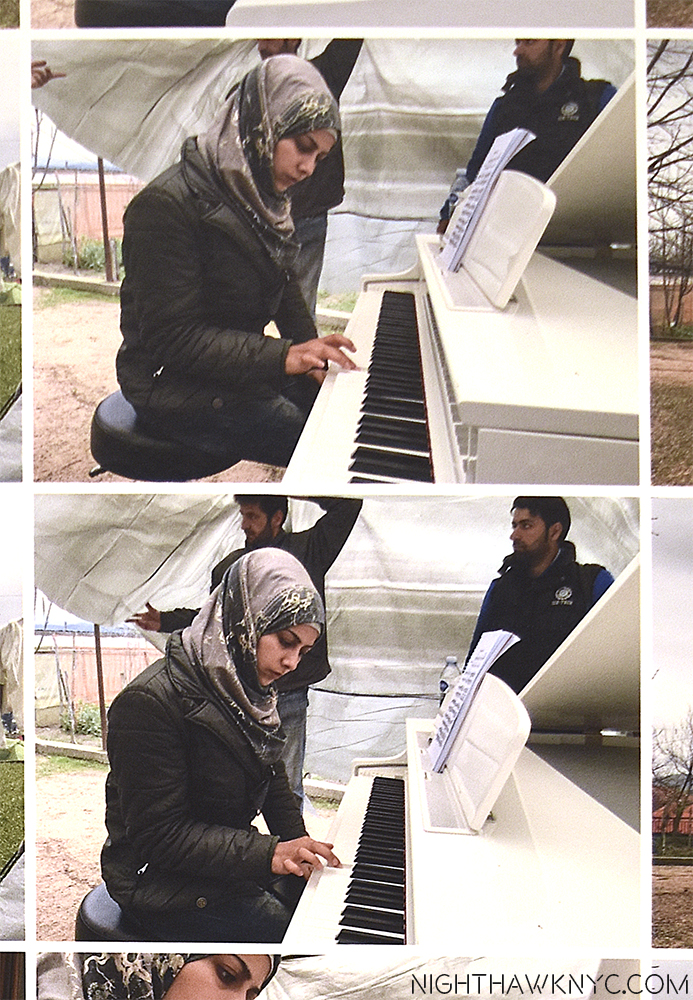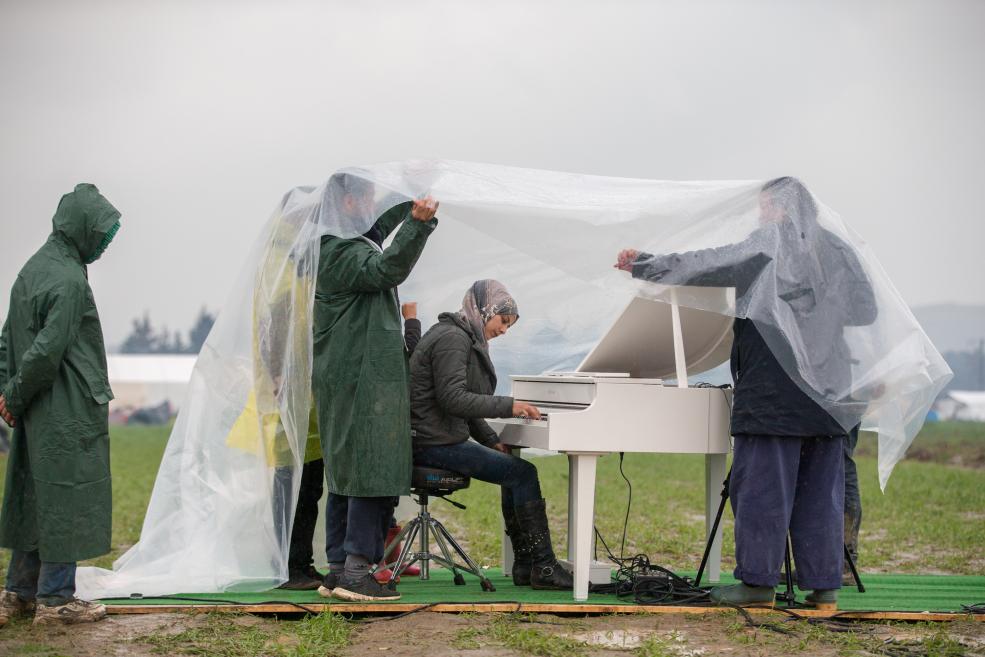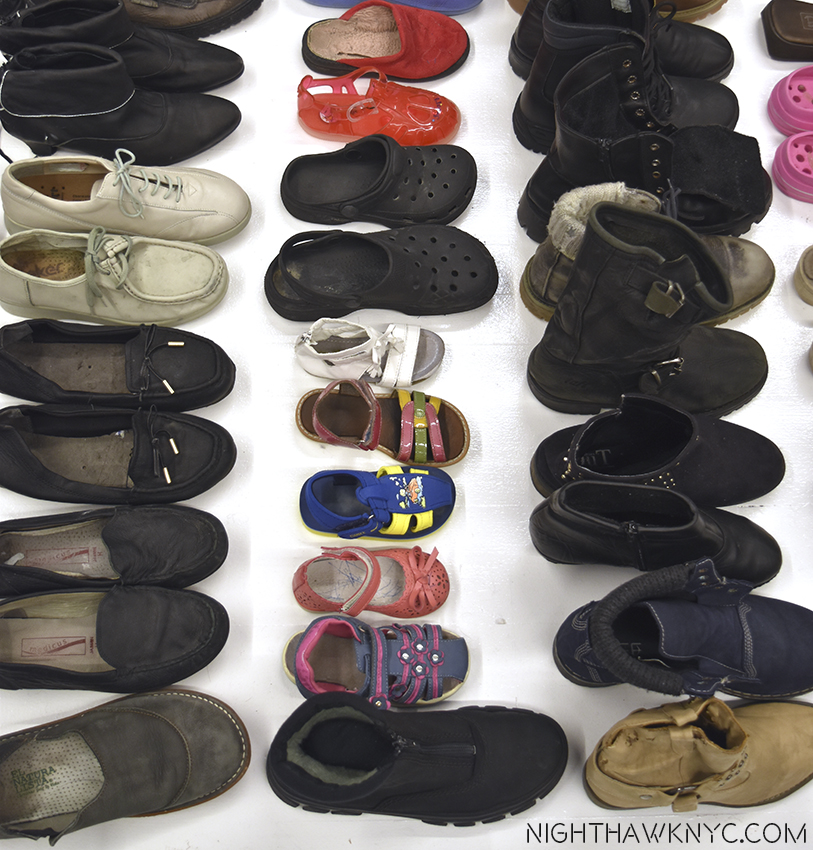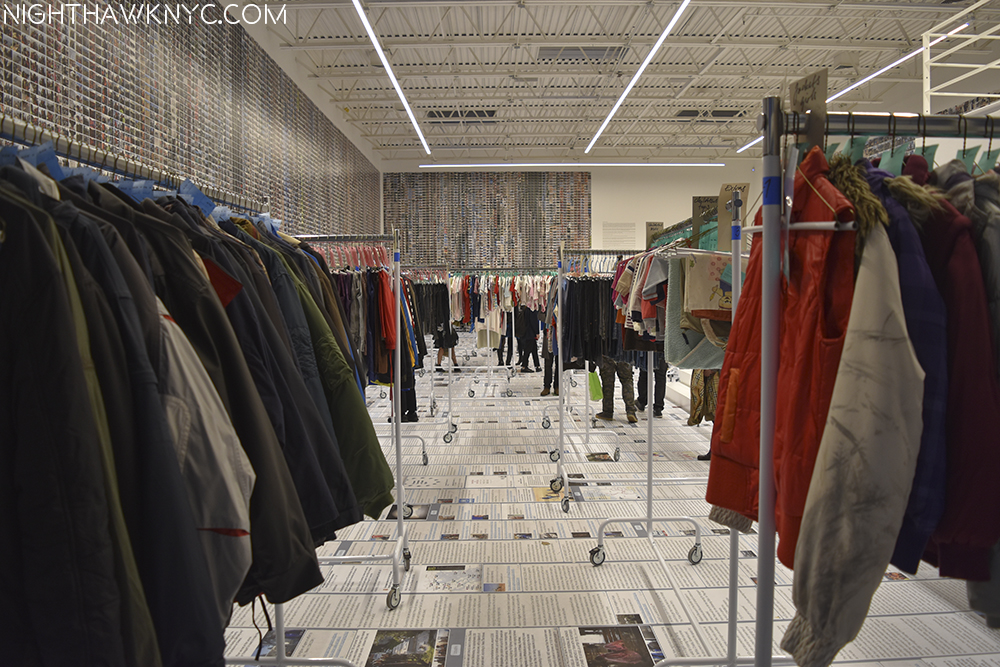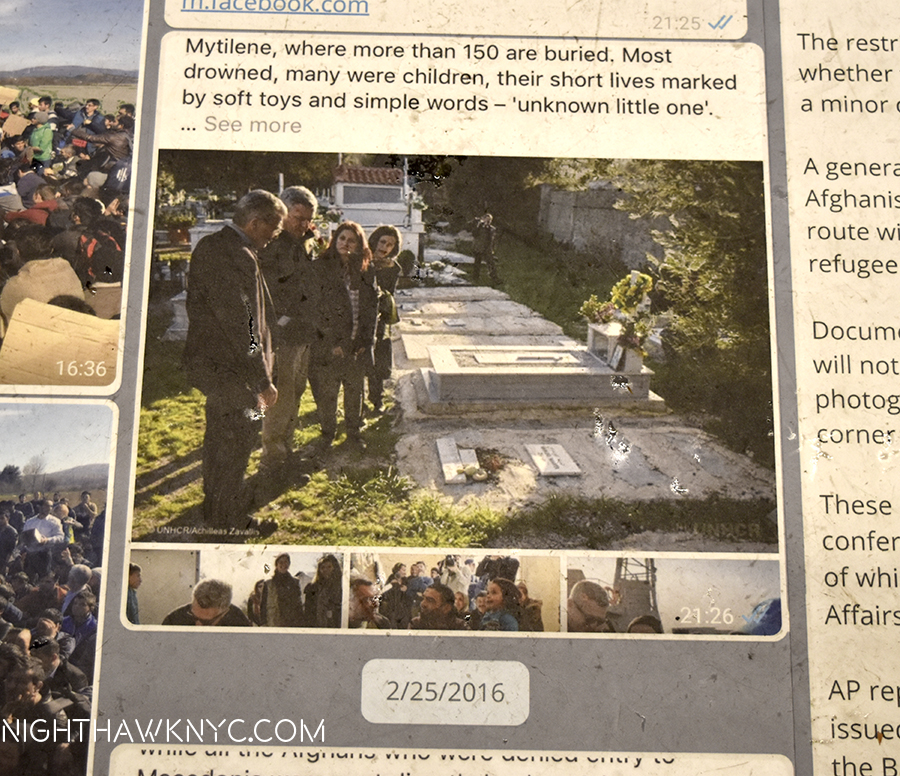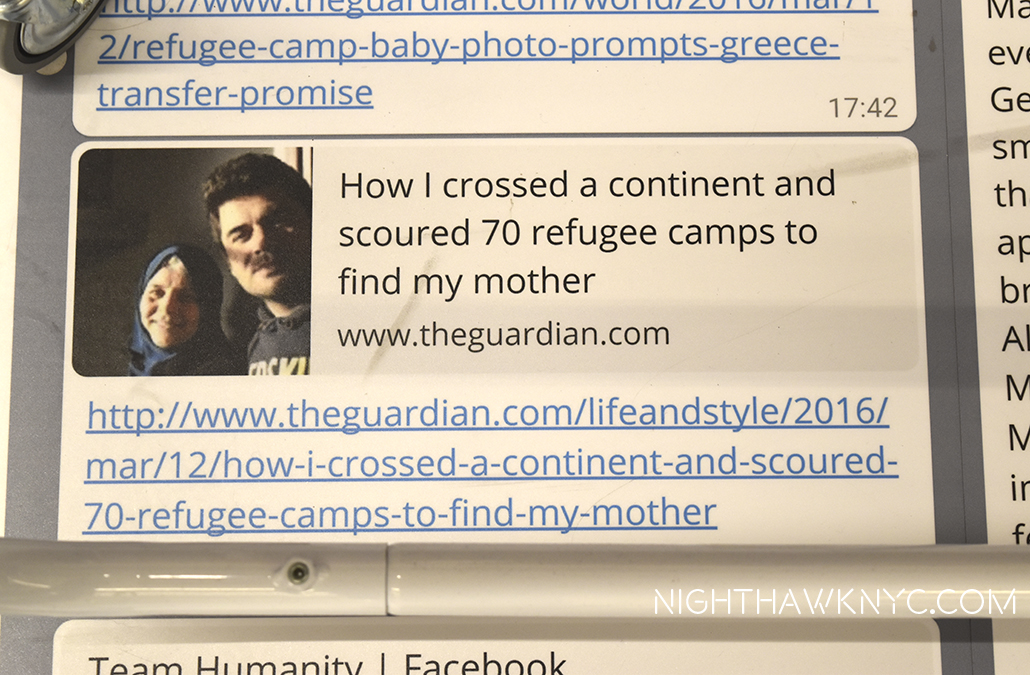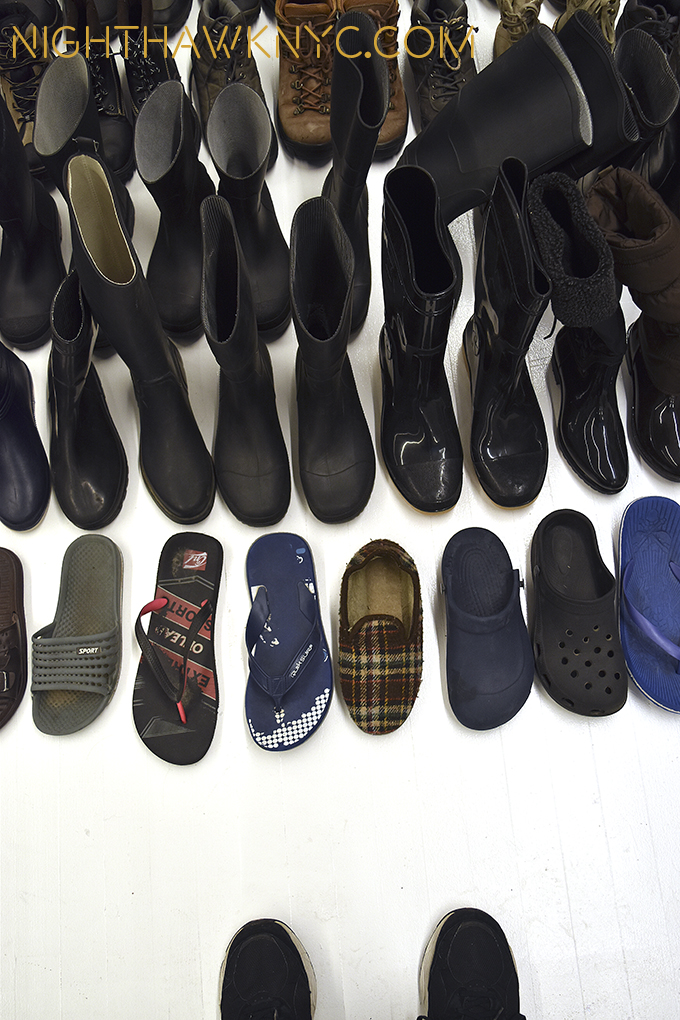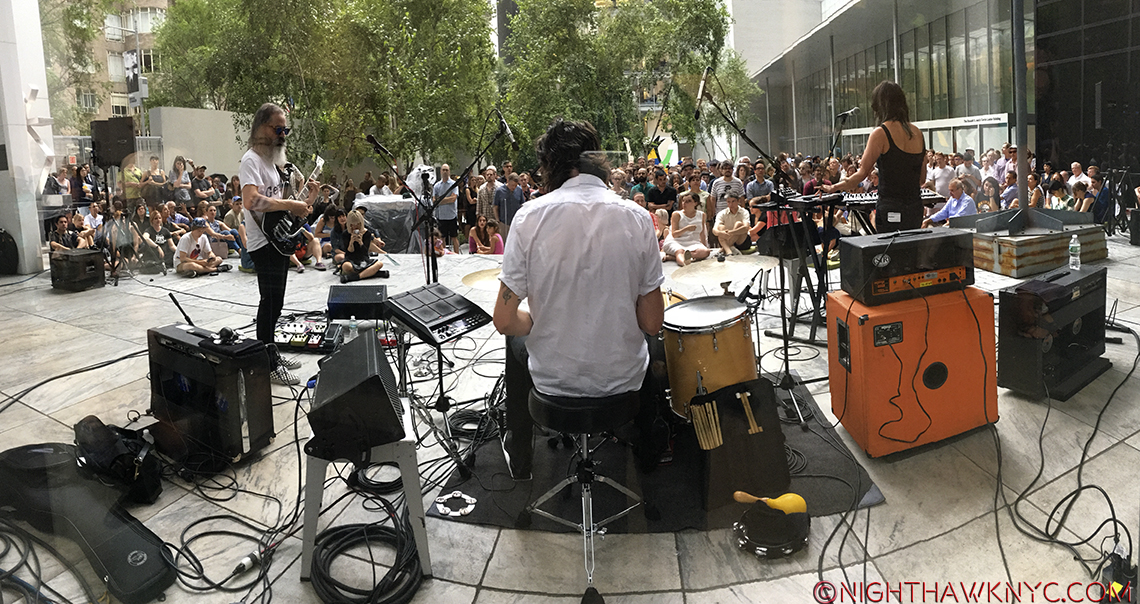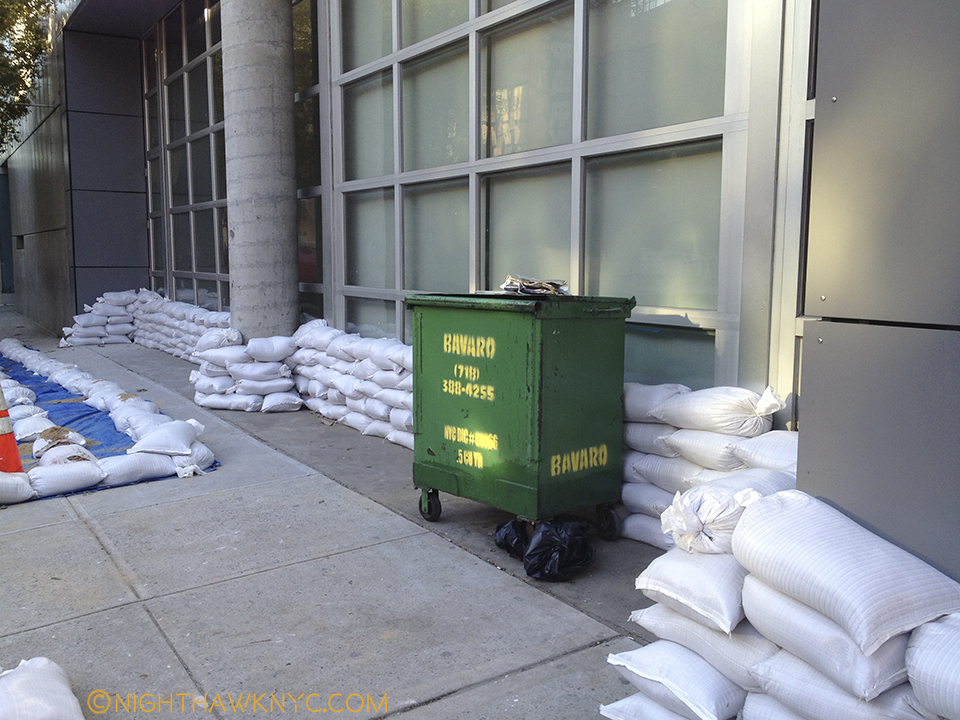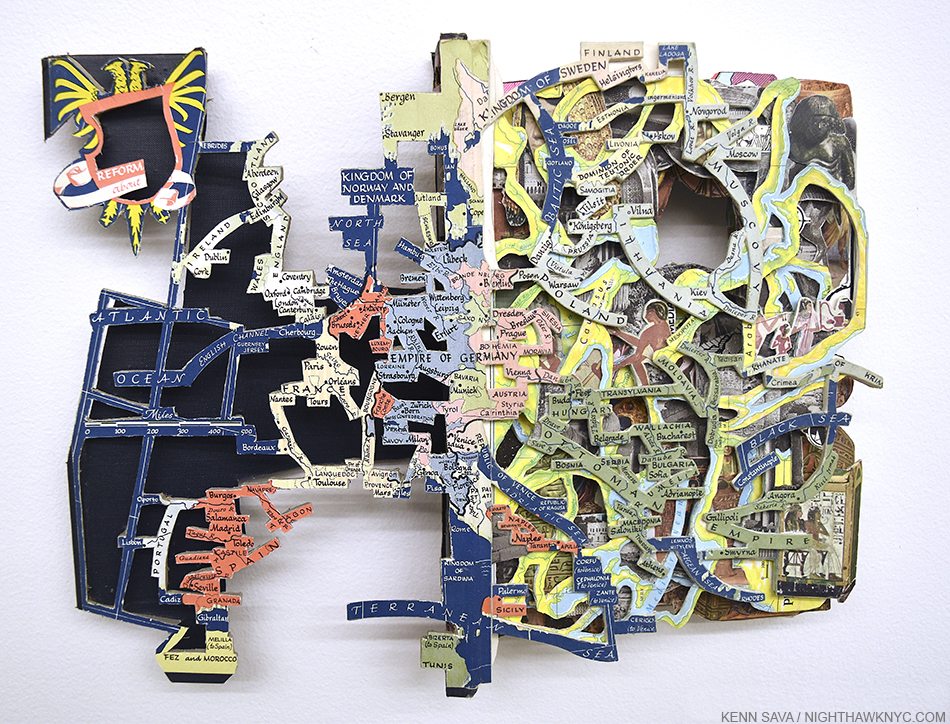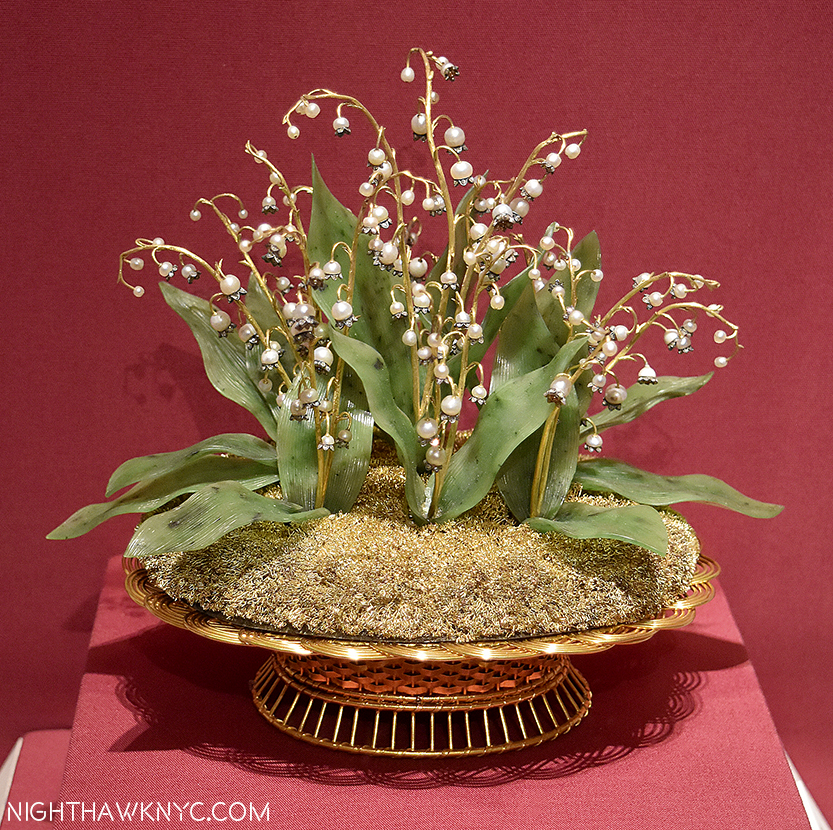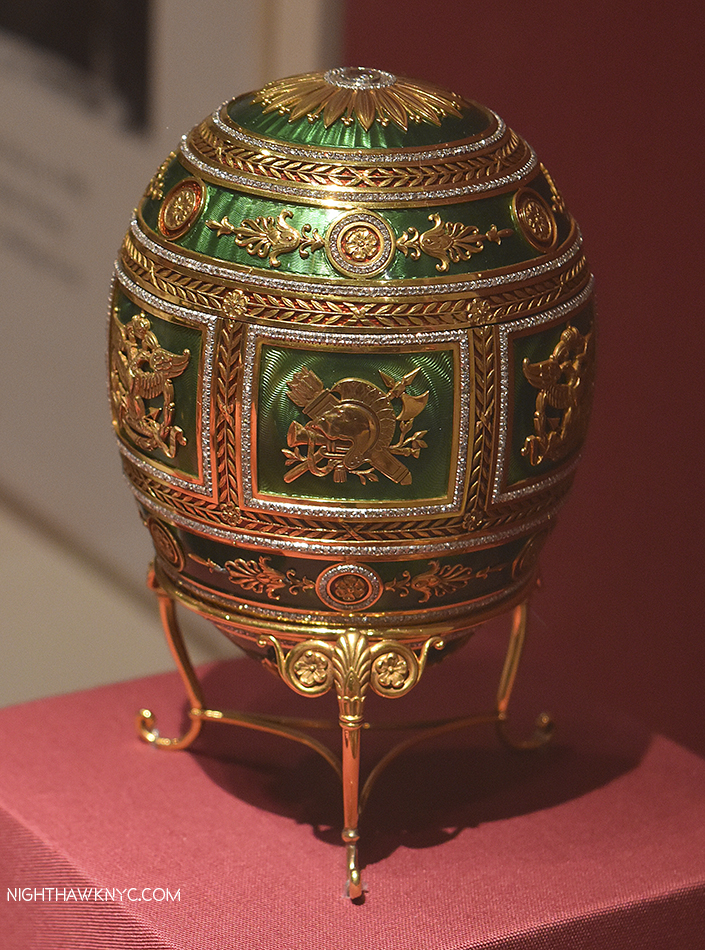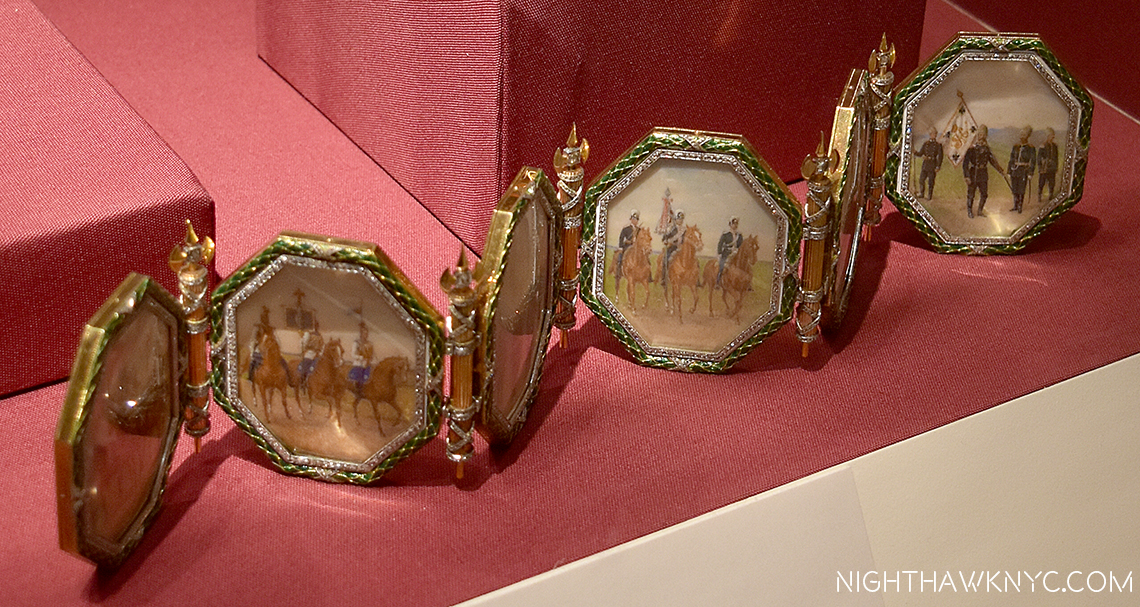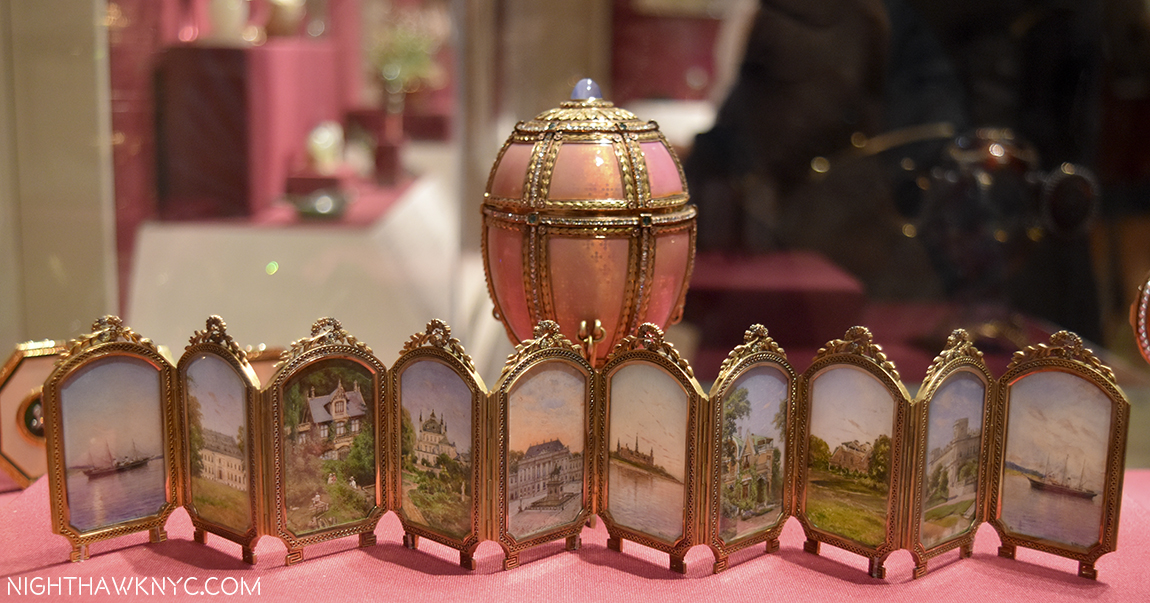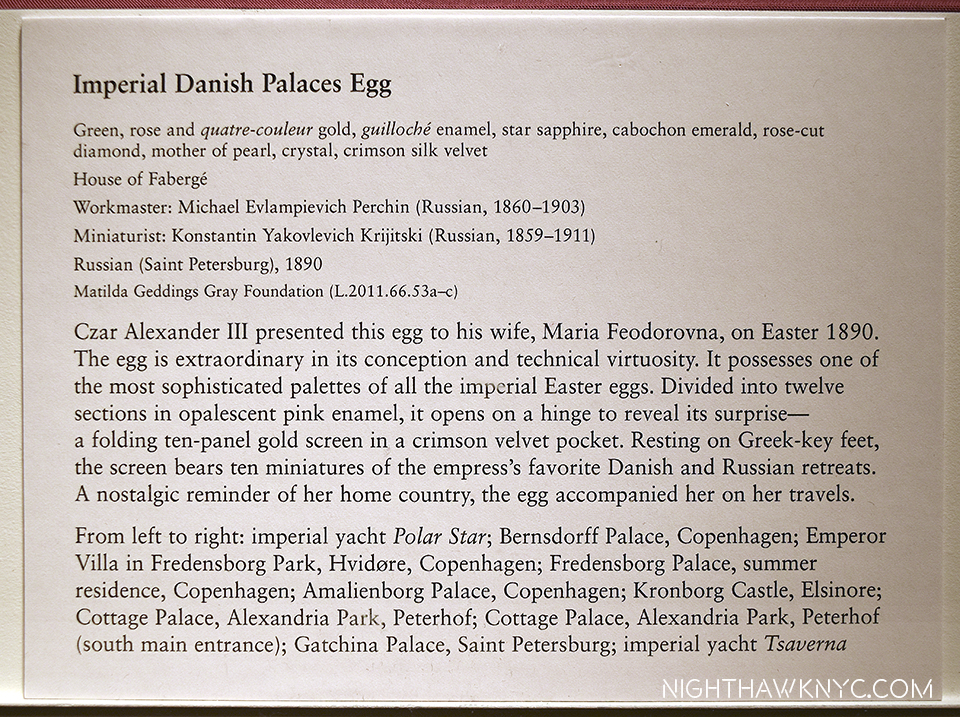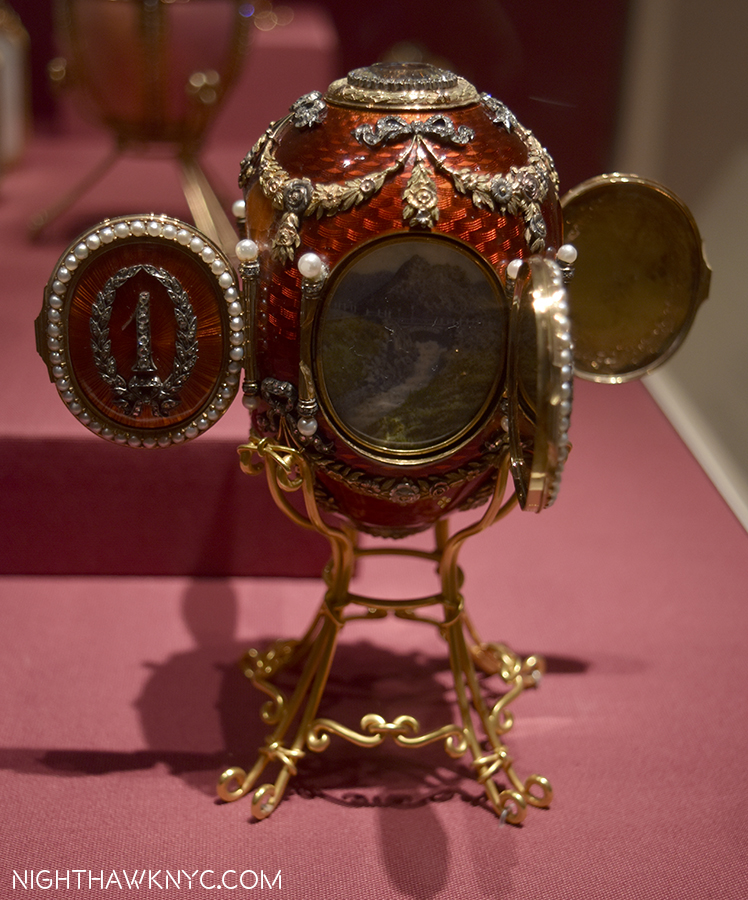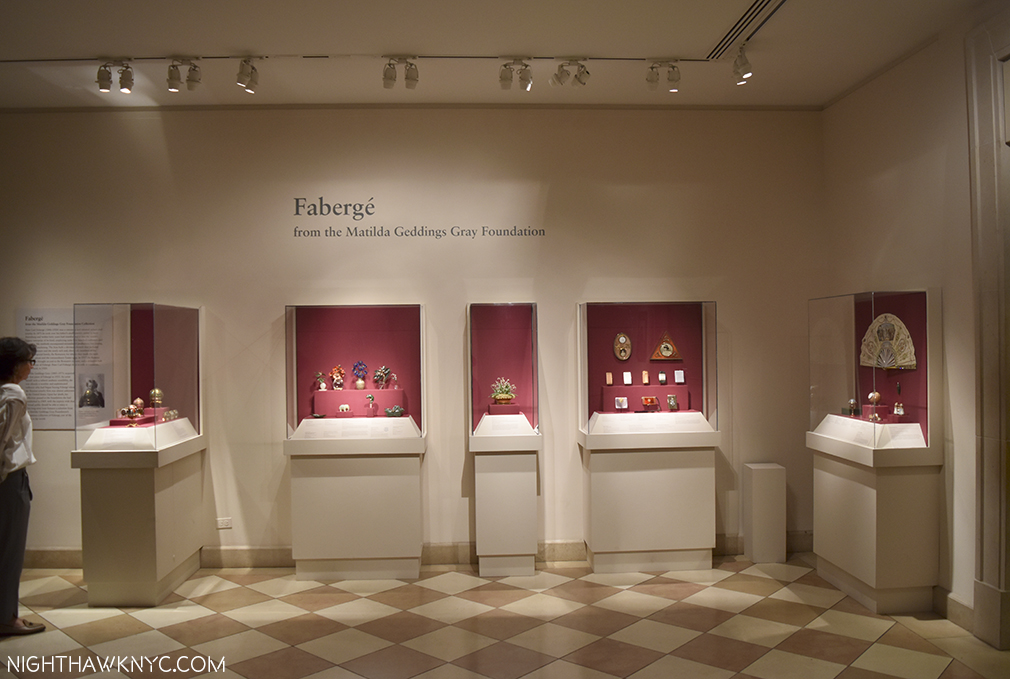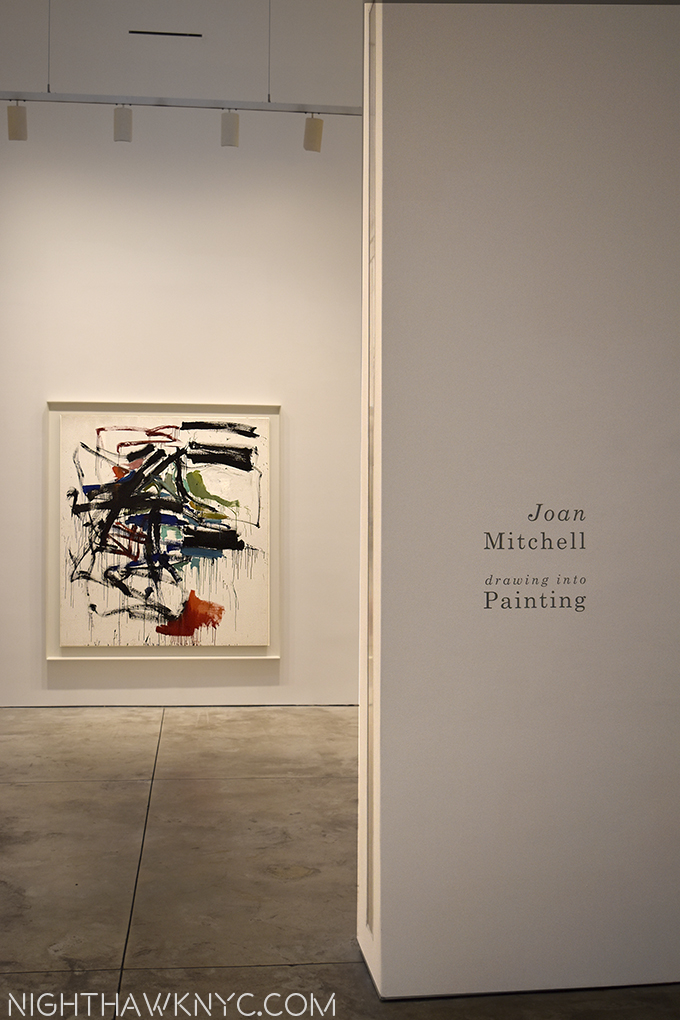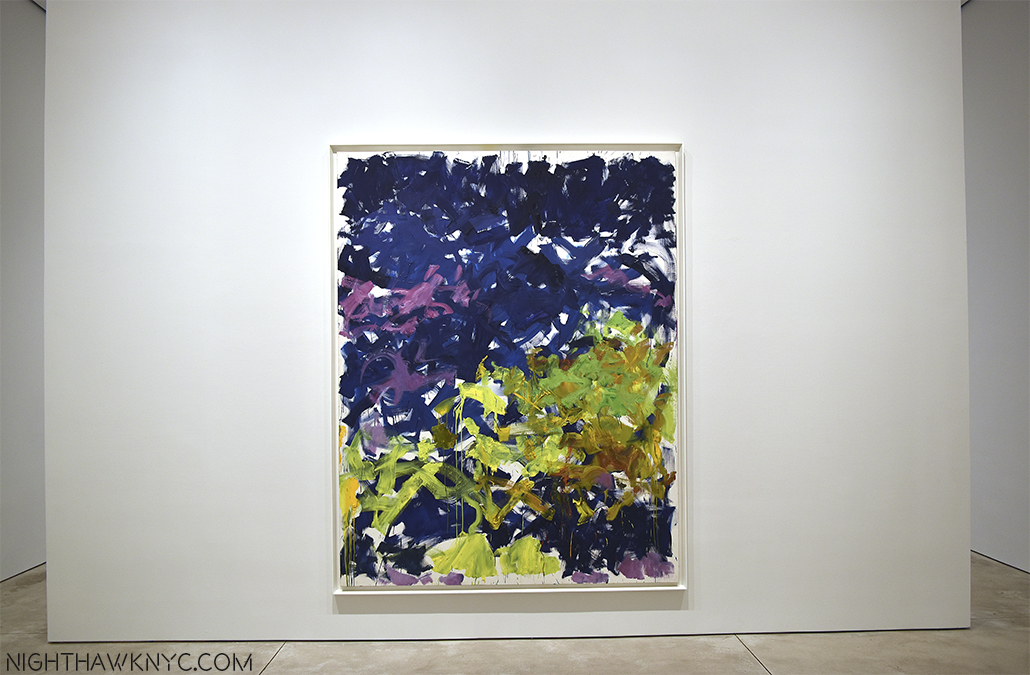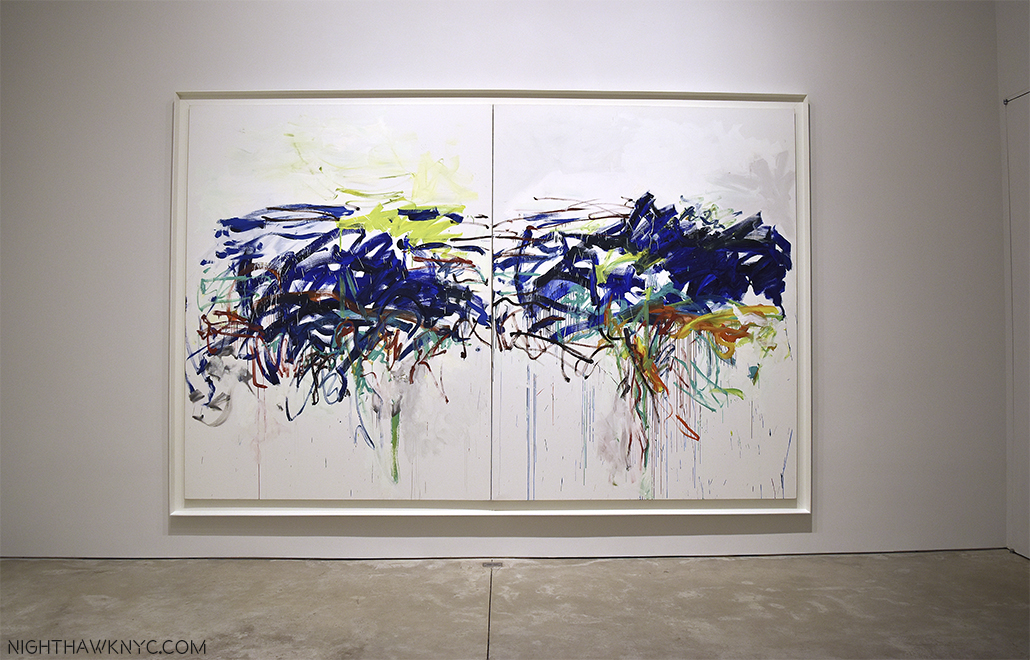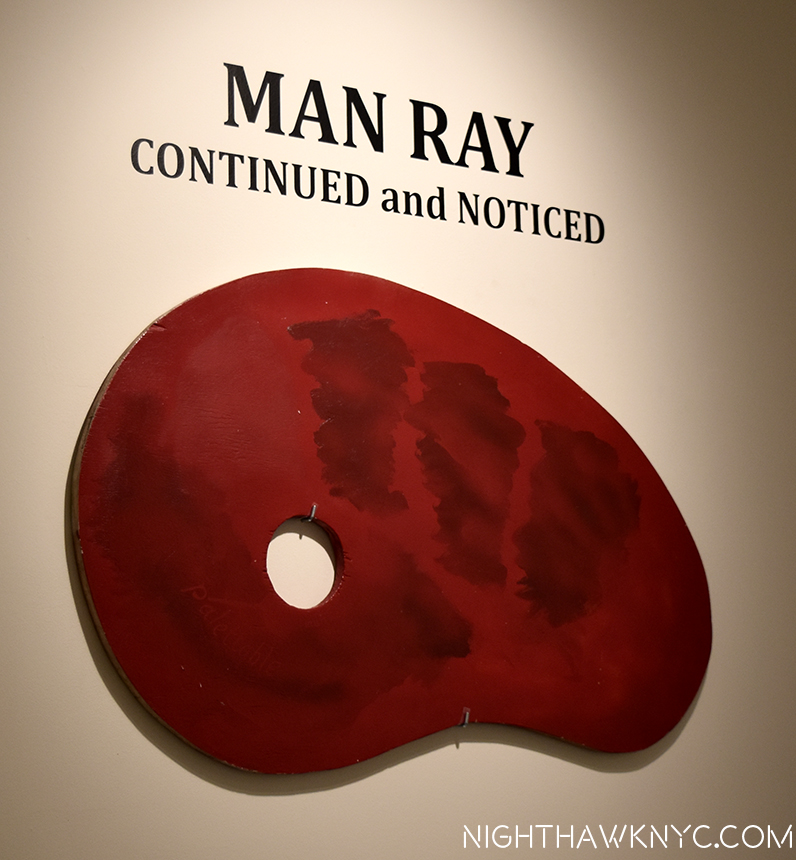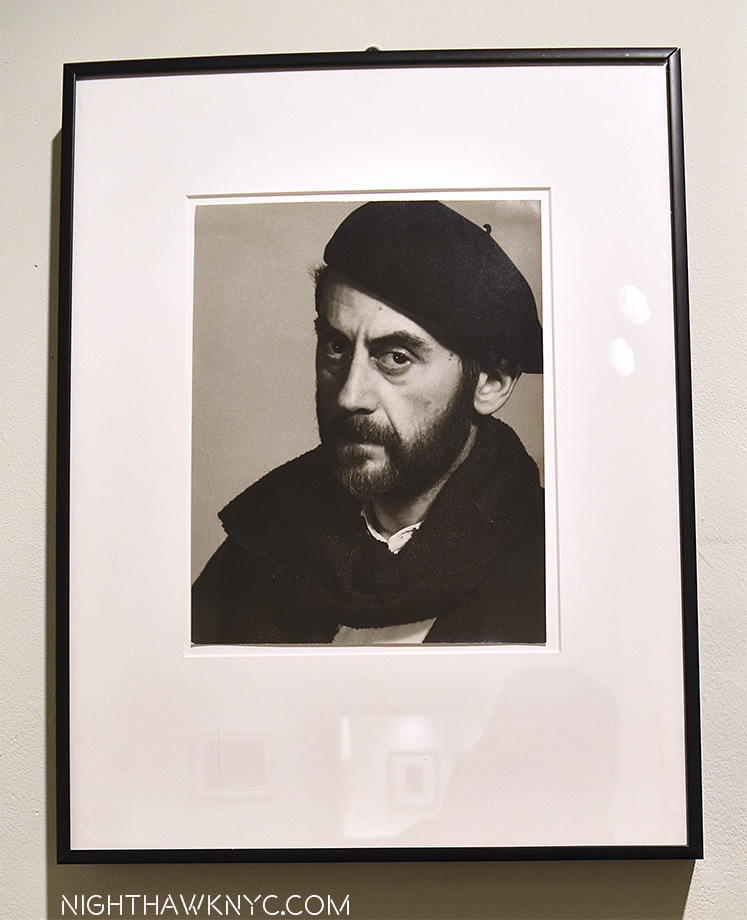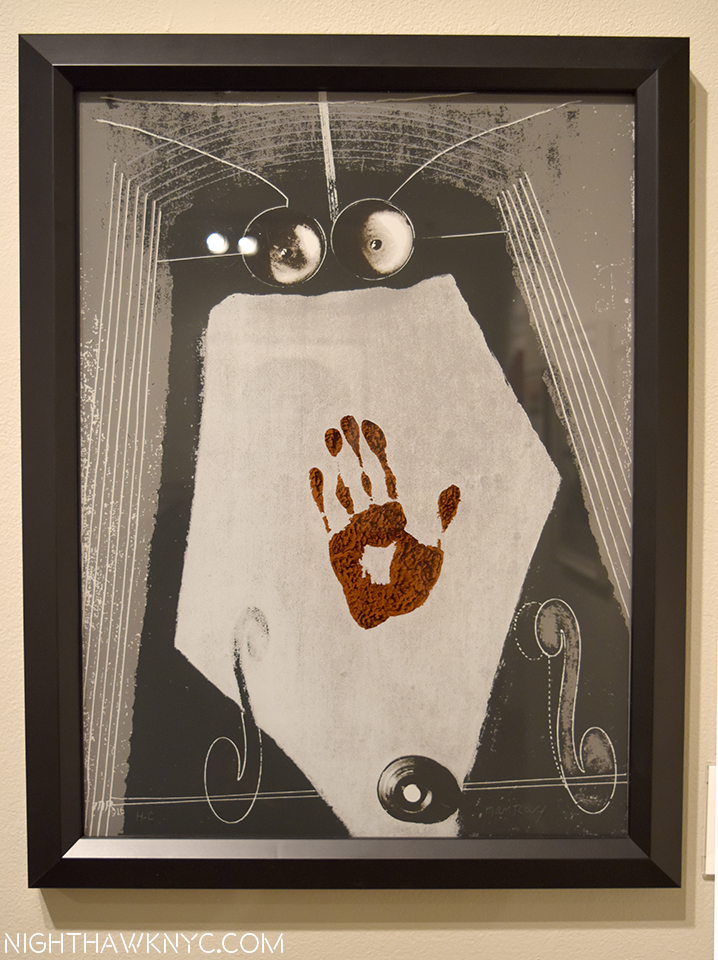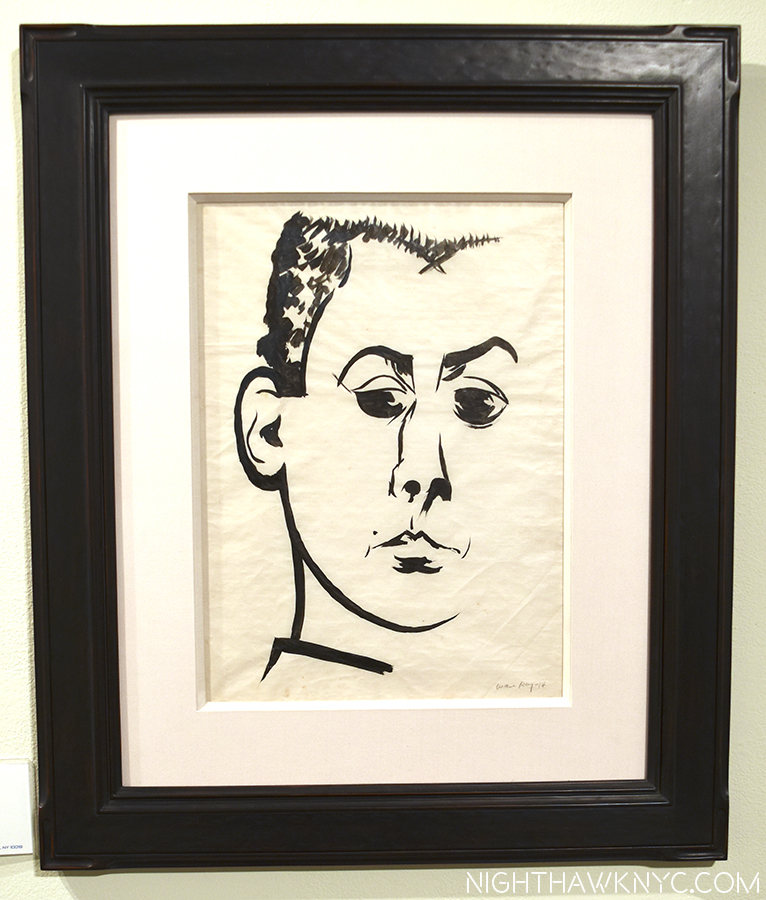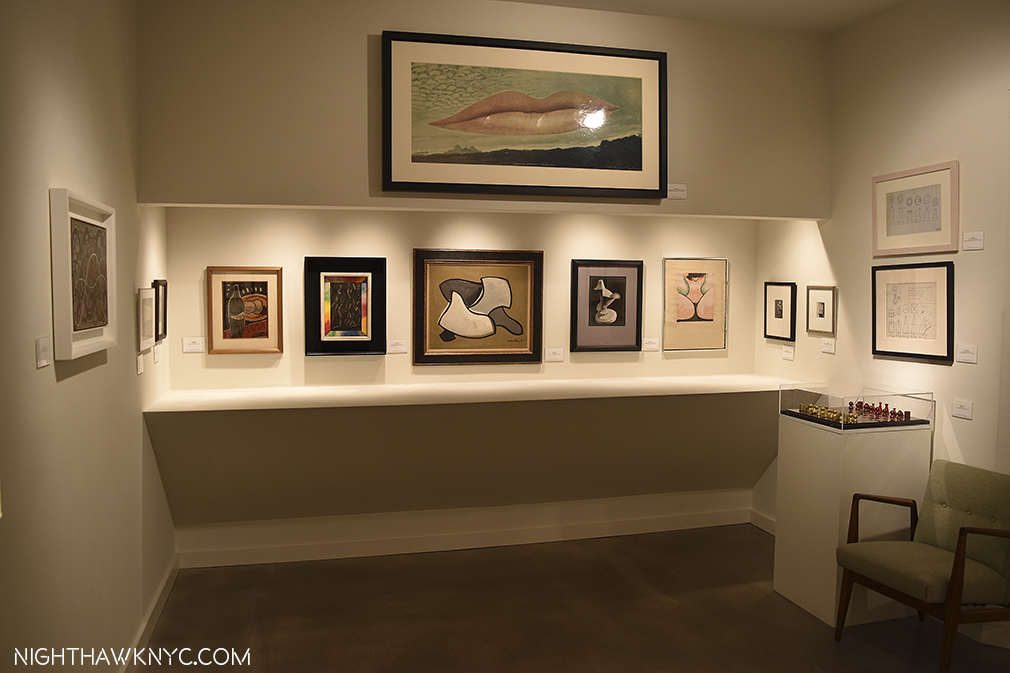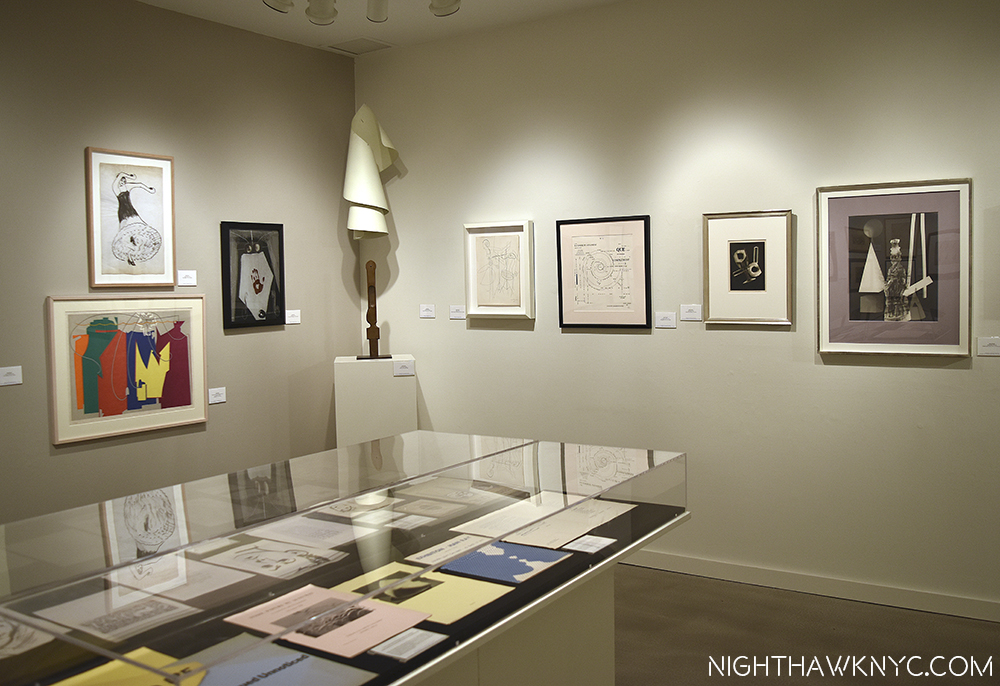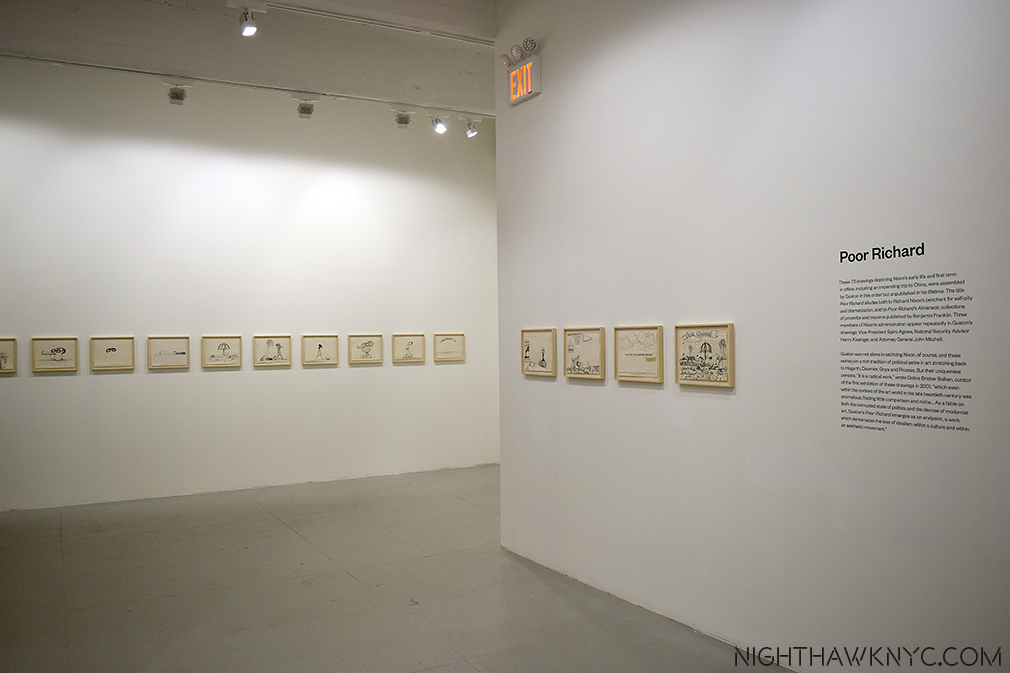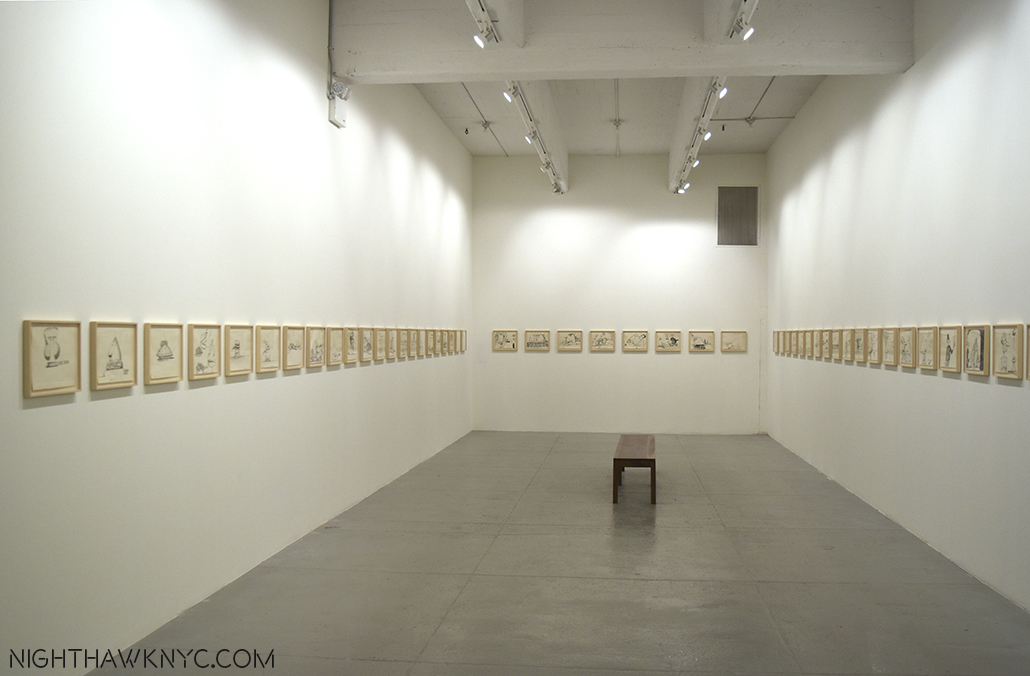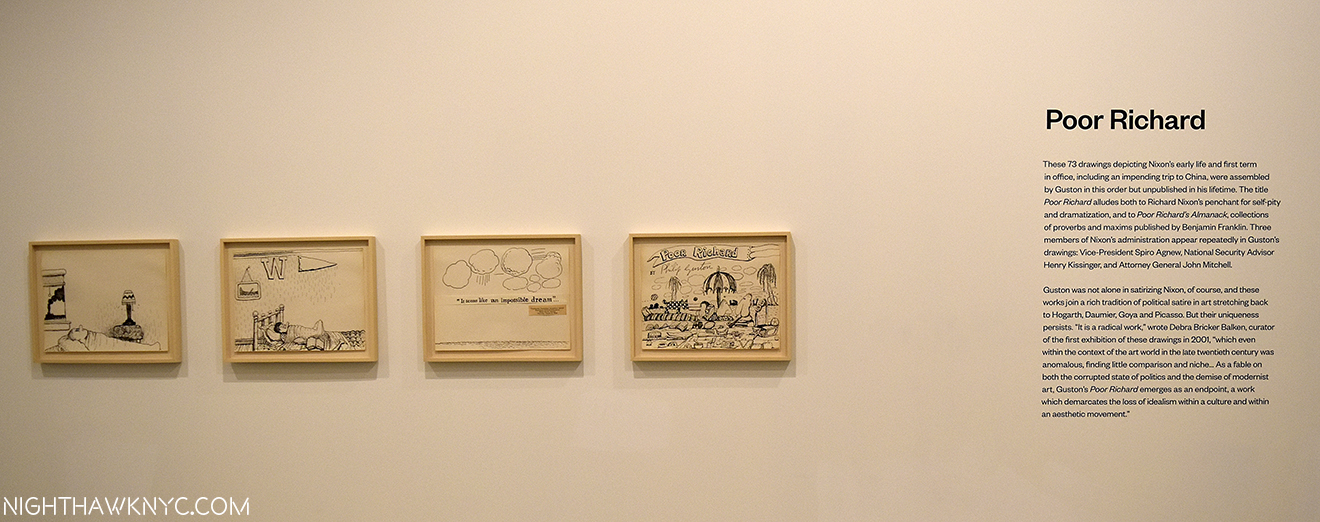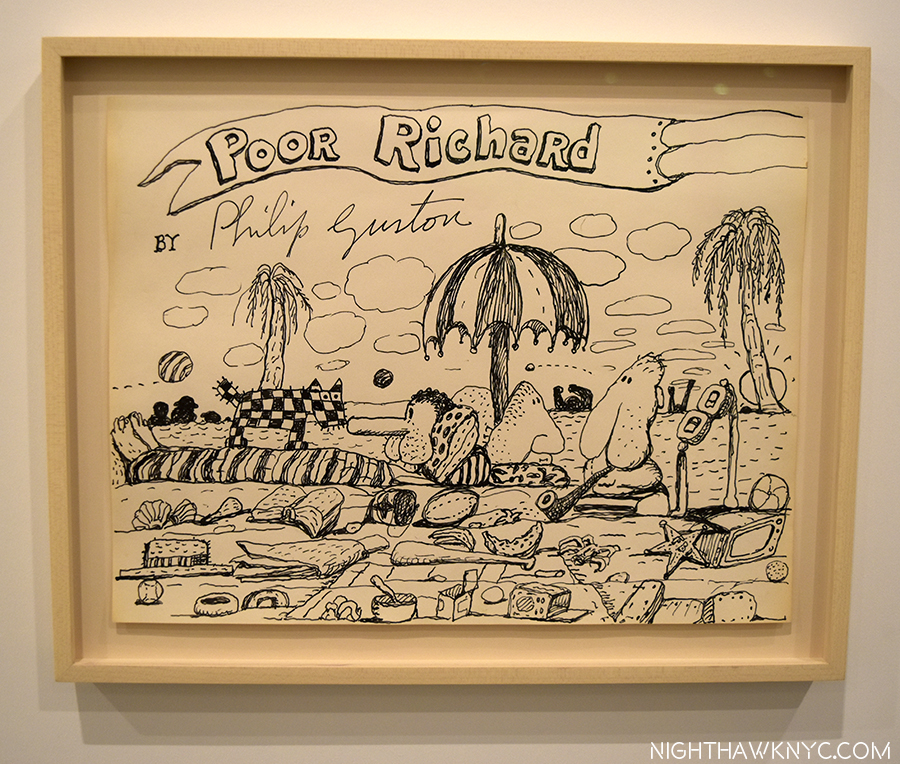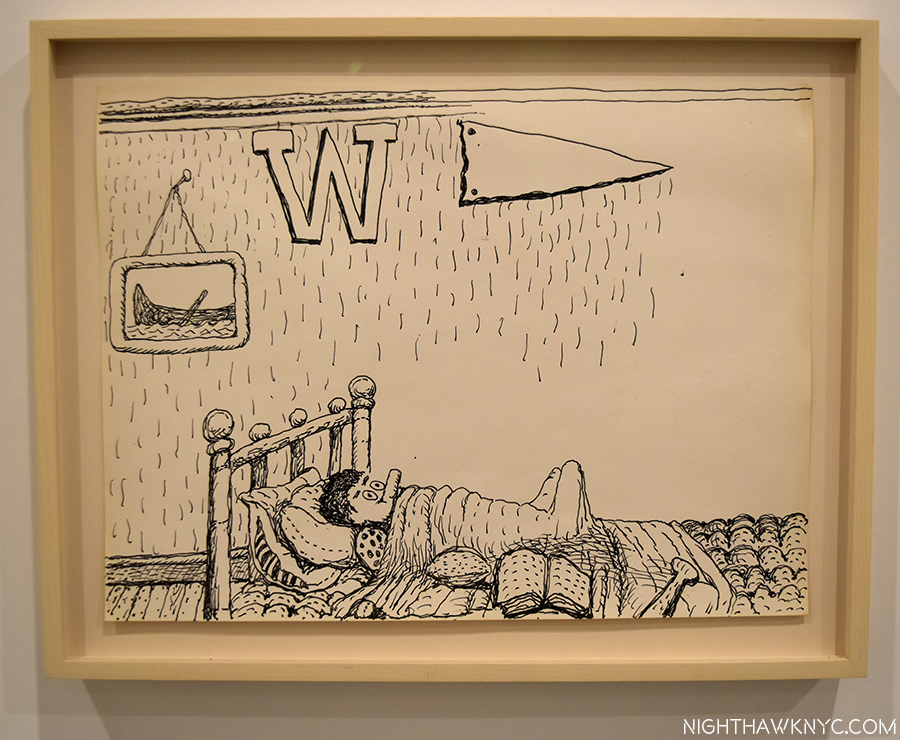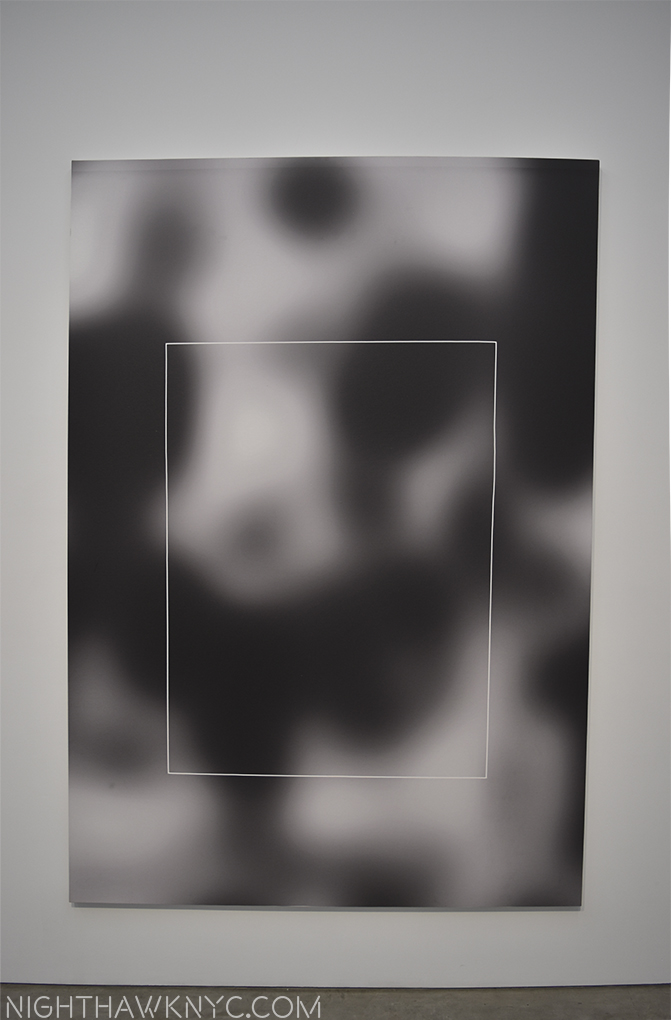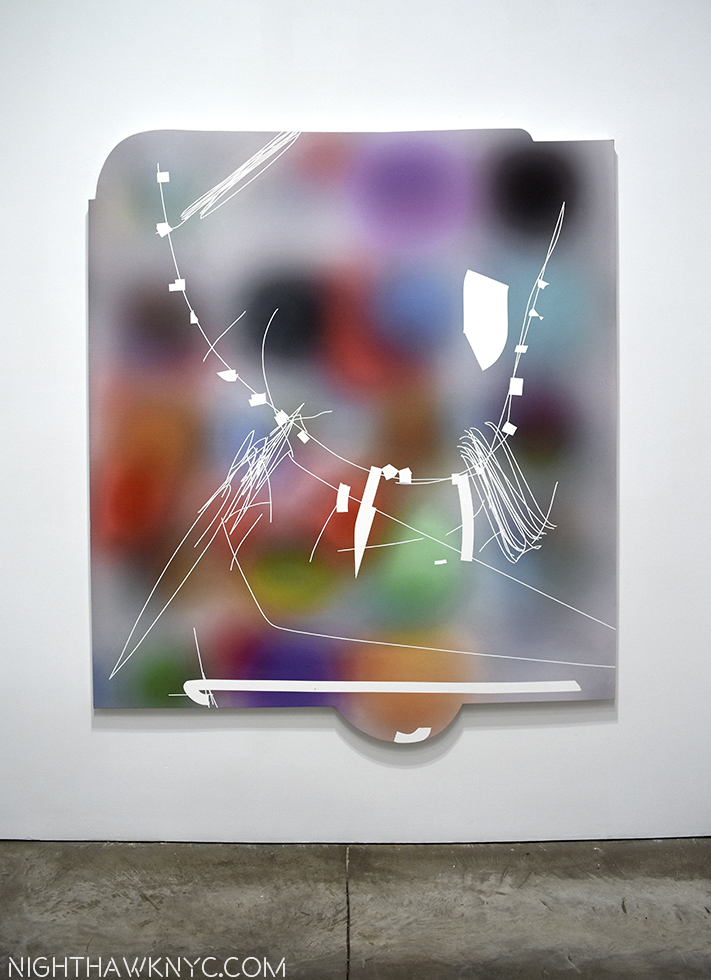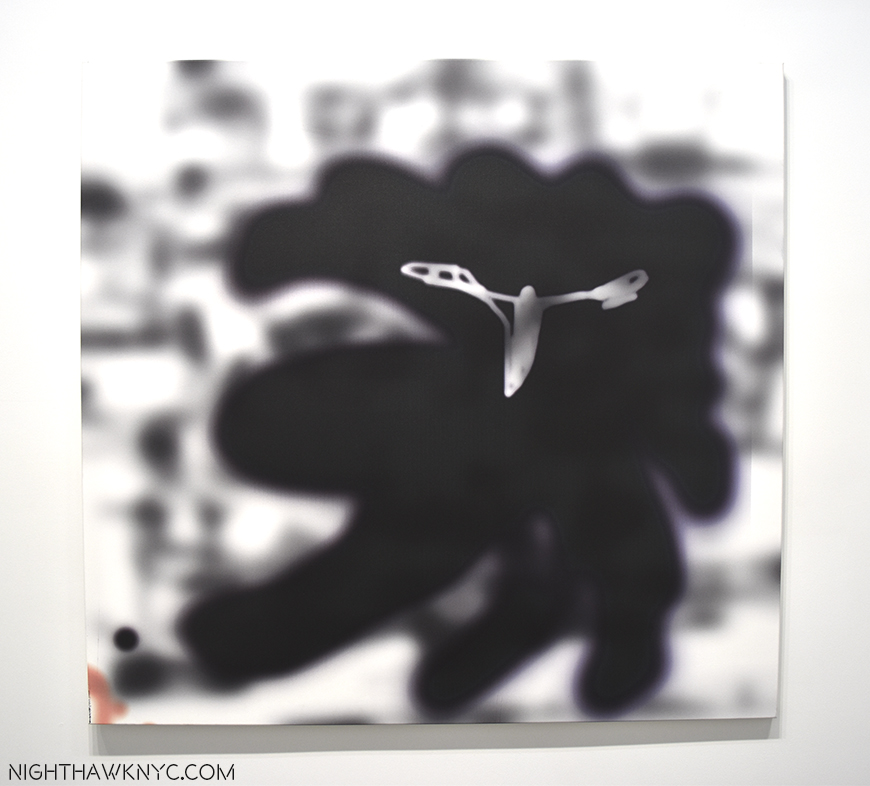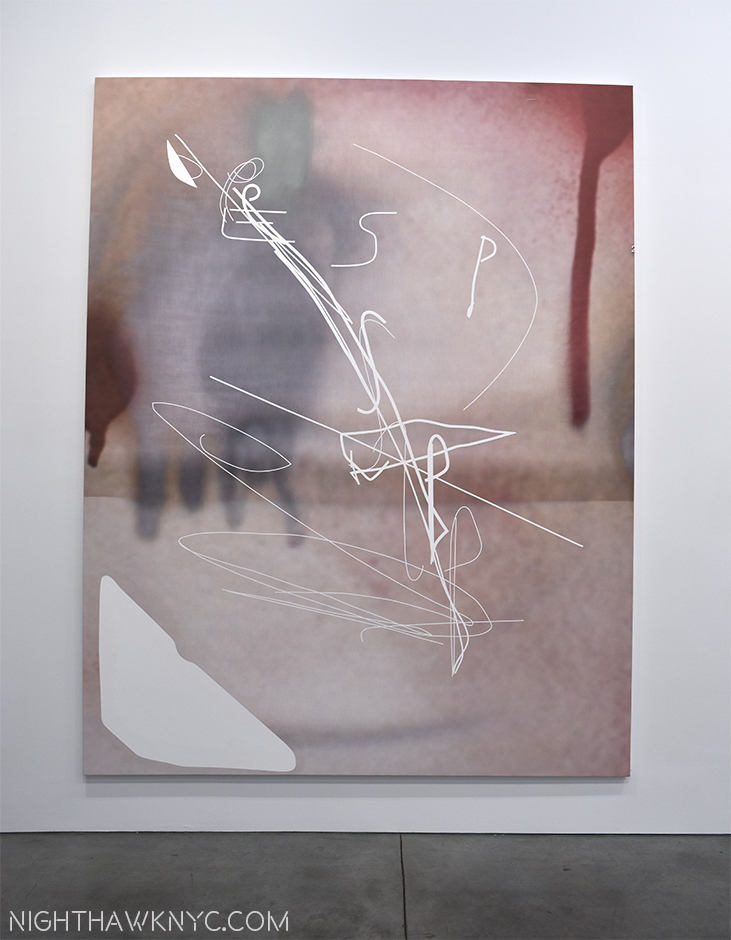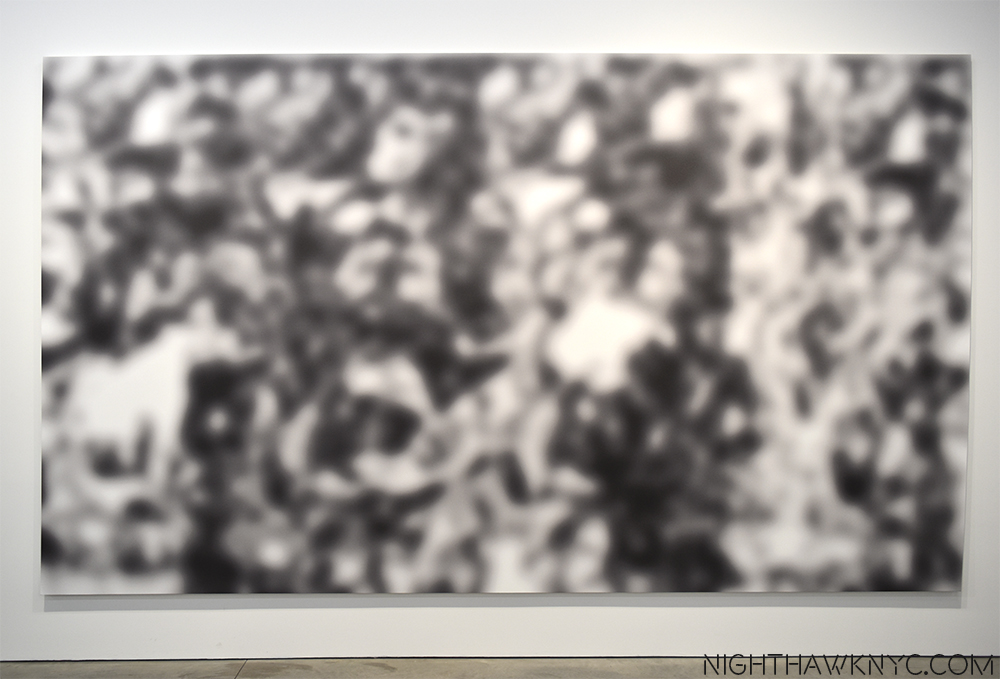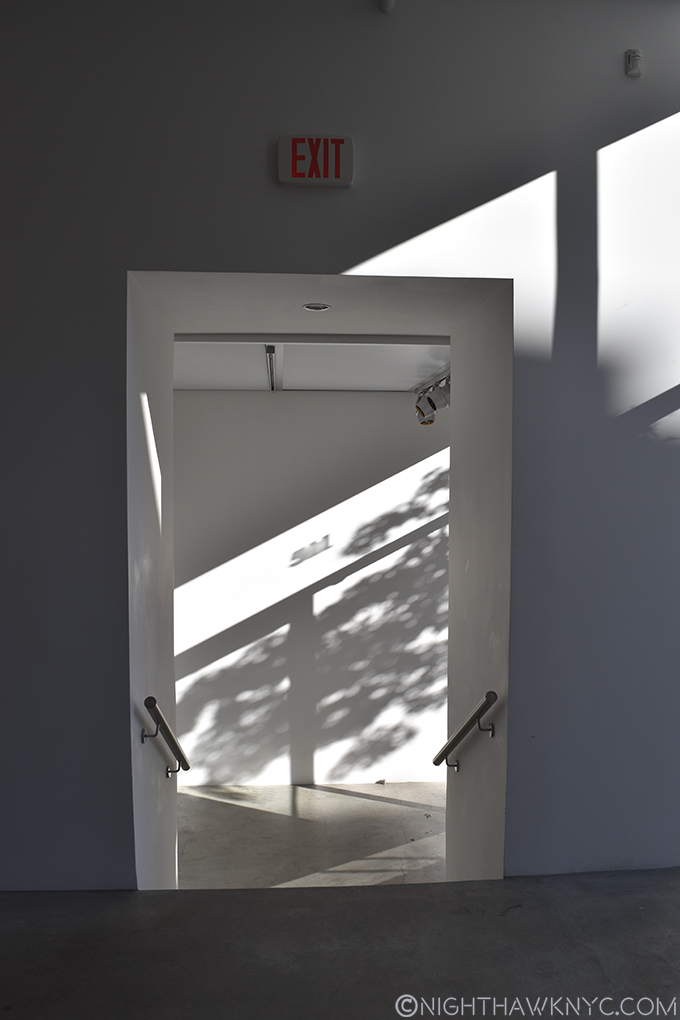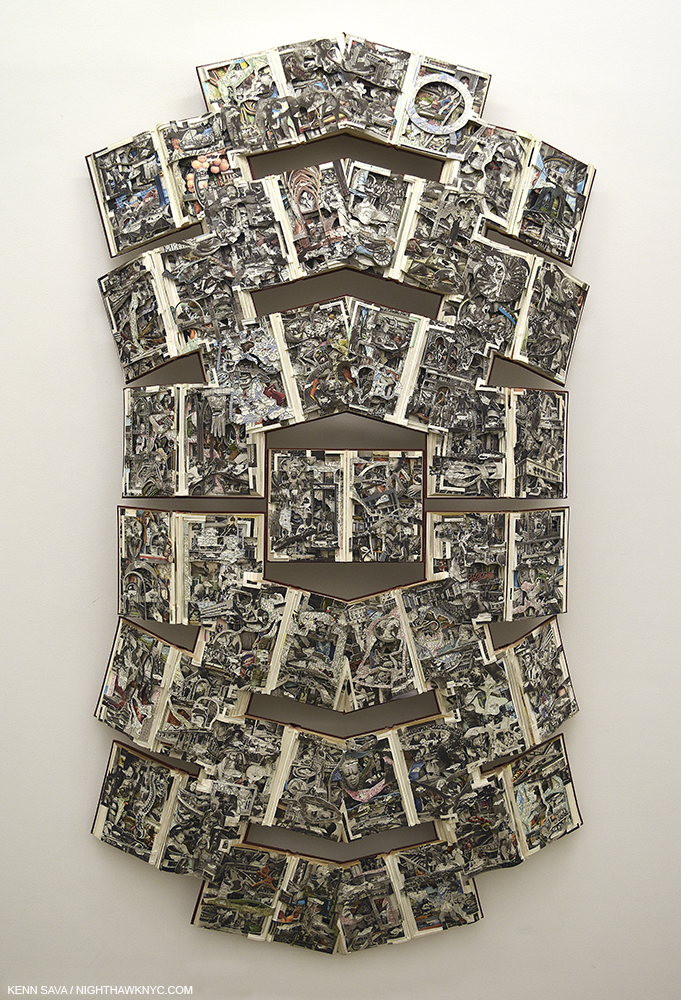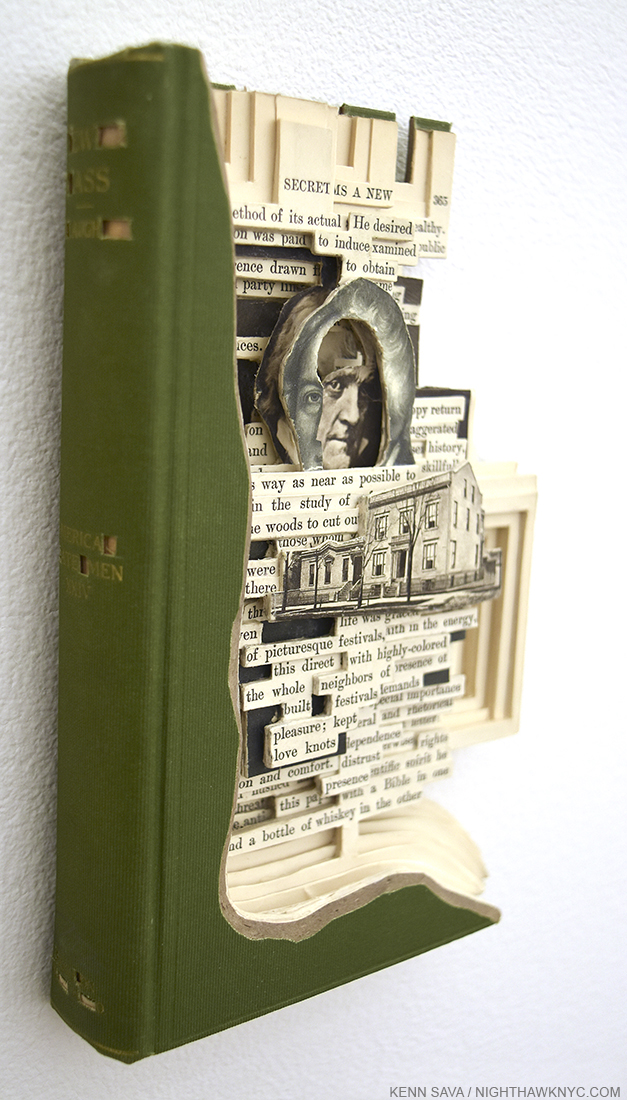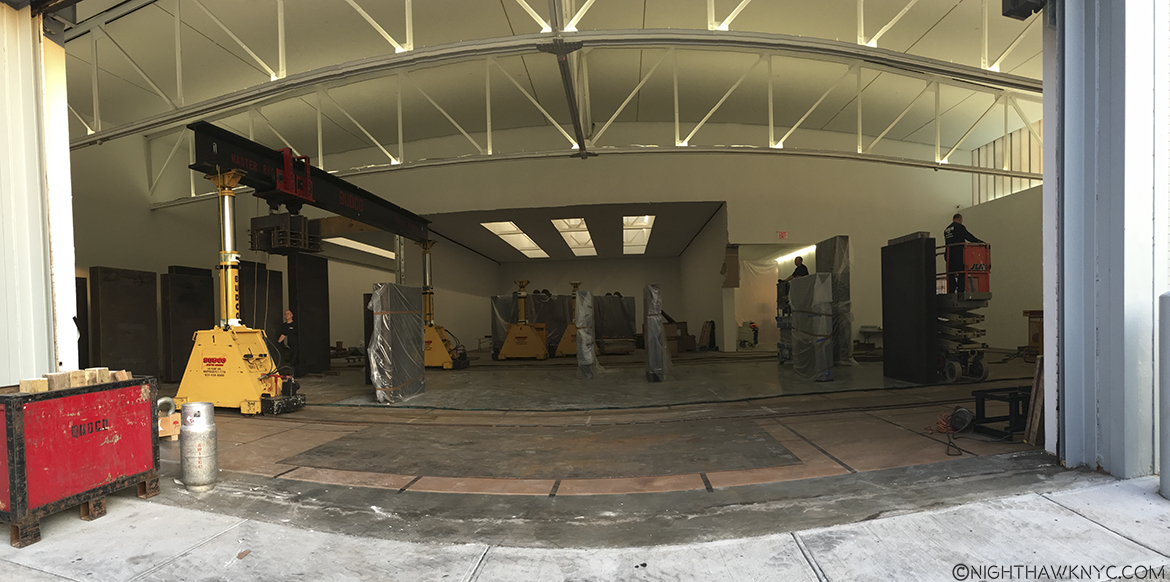This site is Free & Ad-Free! If you find this piece worthwhile, please donate via PayPal to support it & independent Art writing. You can also support it by buying Art & books! Details at the end. Thank you.
Written & Photographed by Kenn Sava (*- unless otherwise credited)
This is the fourth Post in my series on “The Photography Show, 2017,” aka “AIPAD.” The first three Posts are here. AIPAD was, also, my NoteWorthy Show for March.
This time, I’m finally going to show some Photographs! After all? Isn’t that why anyone went? I’ve shown some in my prior Posts, and here are some more (with who was presenting it, of course), along with a few shots of Gallery Booths (after all, it’s the work being shown that matters, right?), and one of the Collections, (which were included this year for the first time), that stood out to me. Then, I’ll wrap up all of my coverage with the reaction to the show of the Gallerists I spoke to, as well as my own. Ok. Let’s see pictures!
“Look at that cloud
As high as a tree
At least that’s how it looks to me
How about you?
What do you see?
What if we see things differently?
Show me how the world looks through your eyes
Tell me about the sunrise, let me see the stars shine
Show me how the world looks through your eyes”*
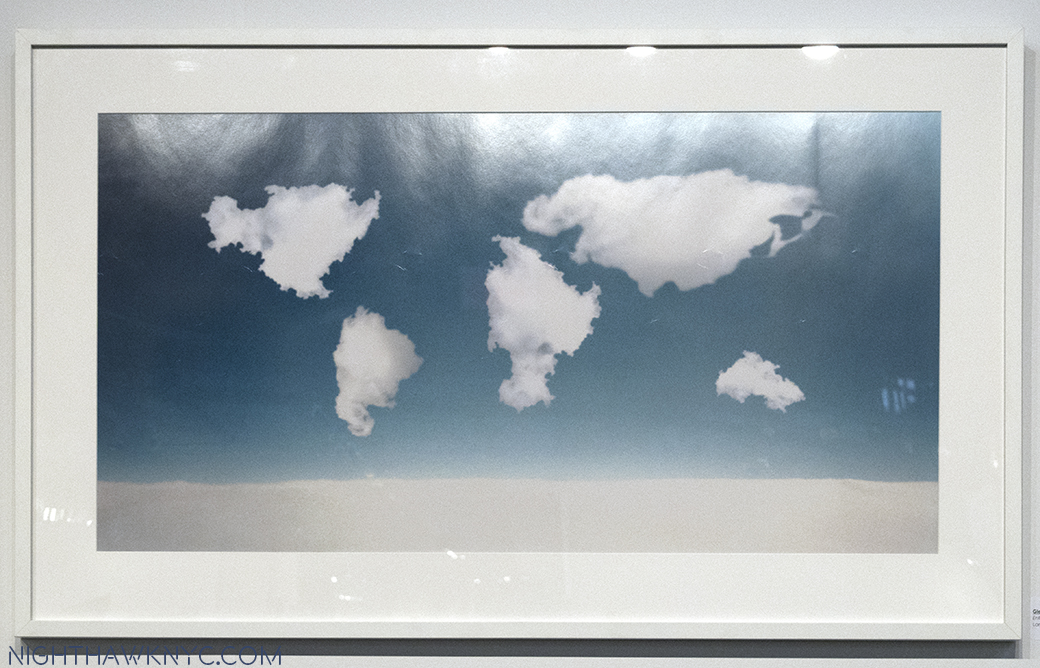
Speaking of “Look at that cloud…,” this is Glenda Leon’s “Between the Air and Dreams,” 2008, from The Plonsker Collection of Cuban Photography (see below). I don’t know if the clouds REALLY aligned like this, but it sums up the global scope of The Photography Show, 2017. Click any image to enlarge.
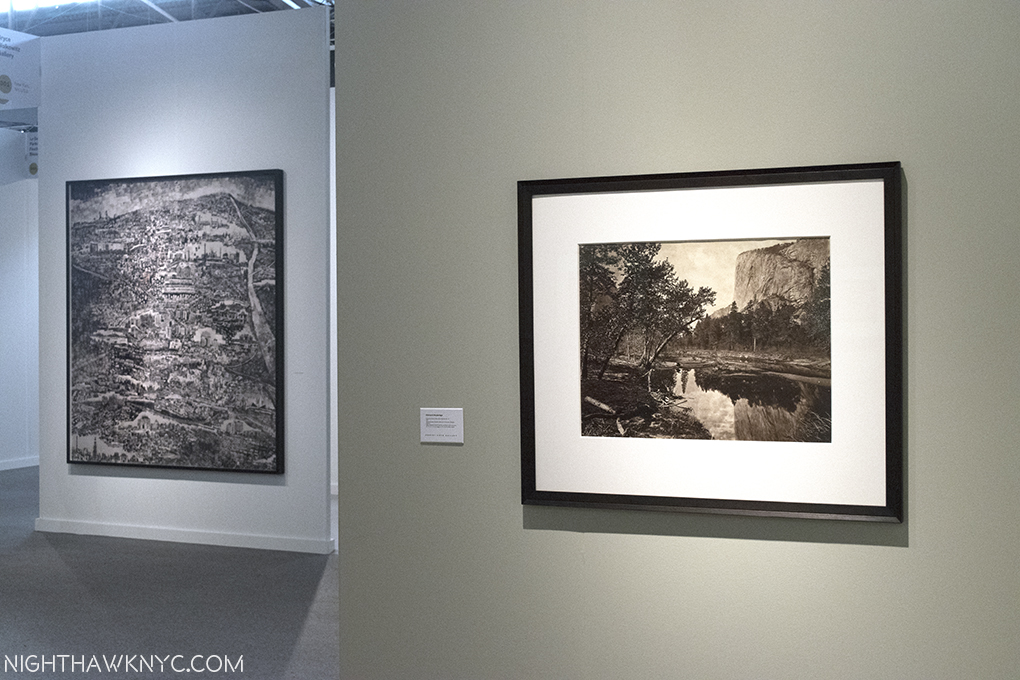
A world, and 140 years apart, gives an idea of the range seen at AIPAD. Sohei Nishino’s incredibly complex “Diorama Map of New Delhi,” 2013, at Bryce Wolkowitz left, across the hall from Edward Muybridge’s equally incredible 1873 “View of Yosemite” at Robert Koch Gallery, right.
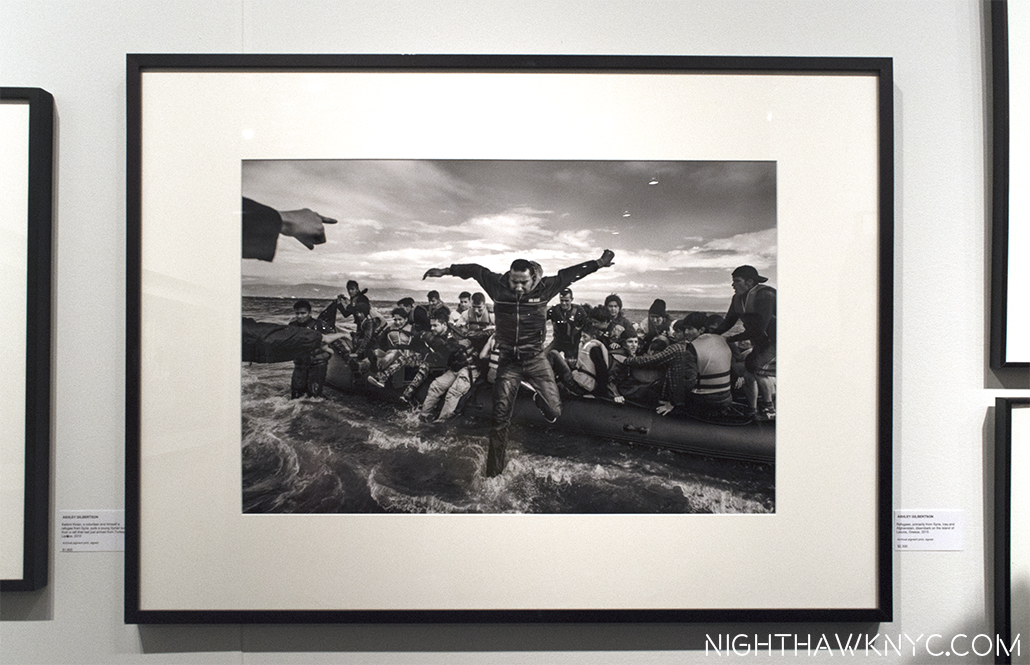
Ashley Gilbertson’s “Refugees Disembark on Lesvos, Greece, 2015,” quickly becoming iconic, at Monroe Gallery, where…
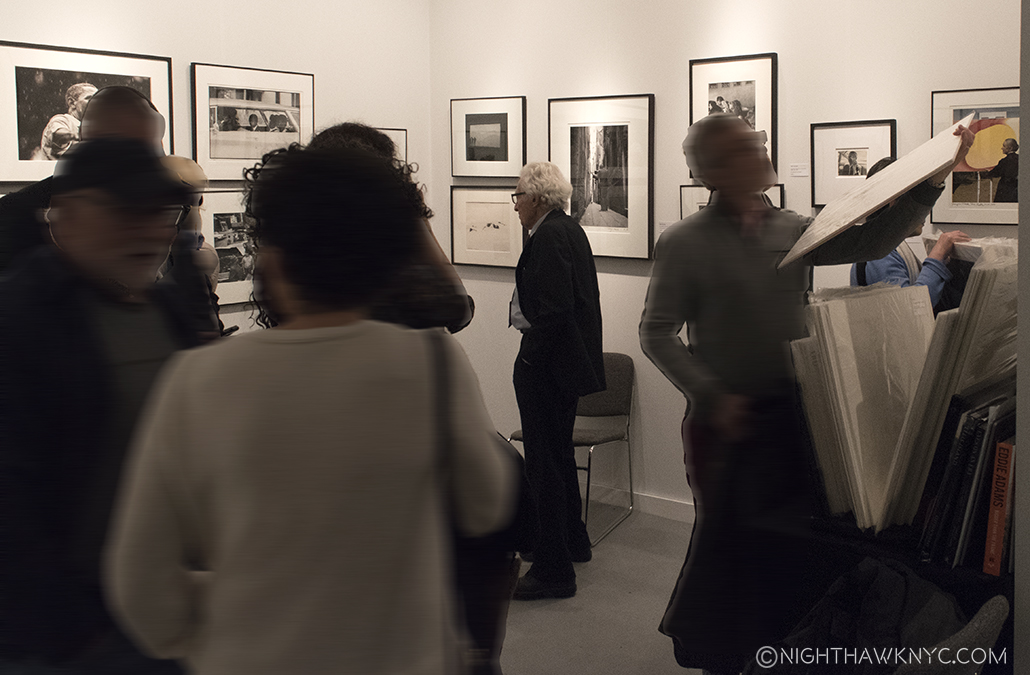
I still can’t believe that really was the legendary Tony Vaccaro. Seen with a wall of his masterpieces to his right. Georgia O’Keeffe (below), Picasso, “The Violinist,” Hitler’s Eagles Nest and a fallen GI, from the far right corner, behind him, at Monroe Gallery’s booth.
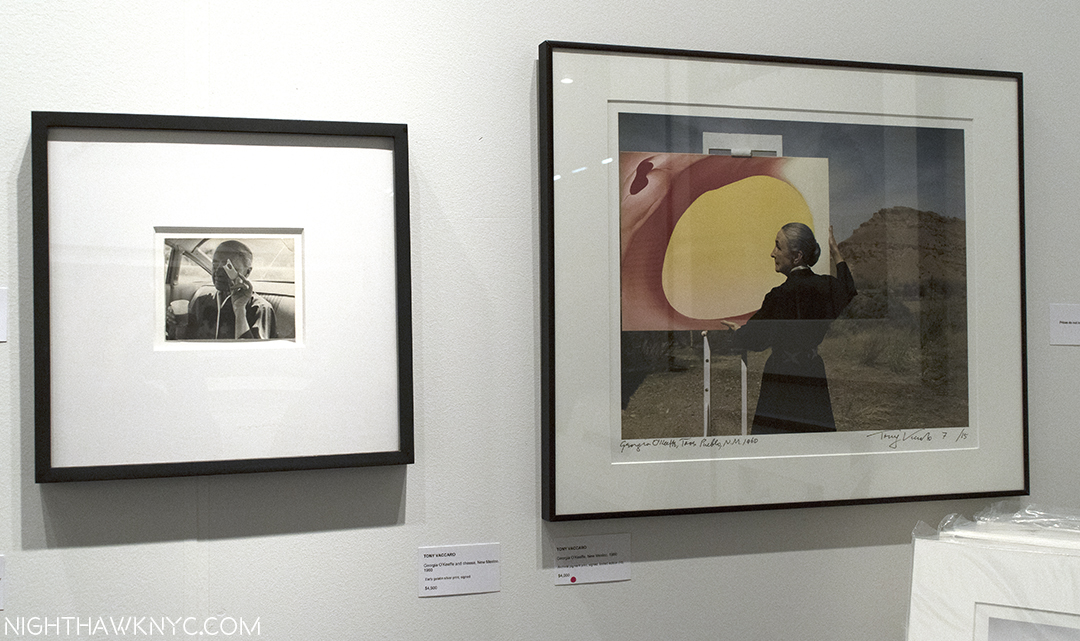
Living history. Mr. Vaccaro actually knew Georgia O’Keeffe (seen in both of these), Jackson Pollock, Frank Lloyd Wright, and on and on.
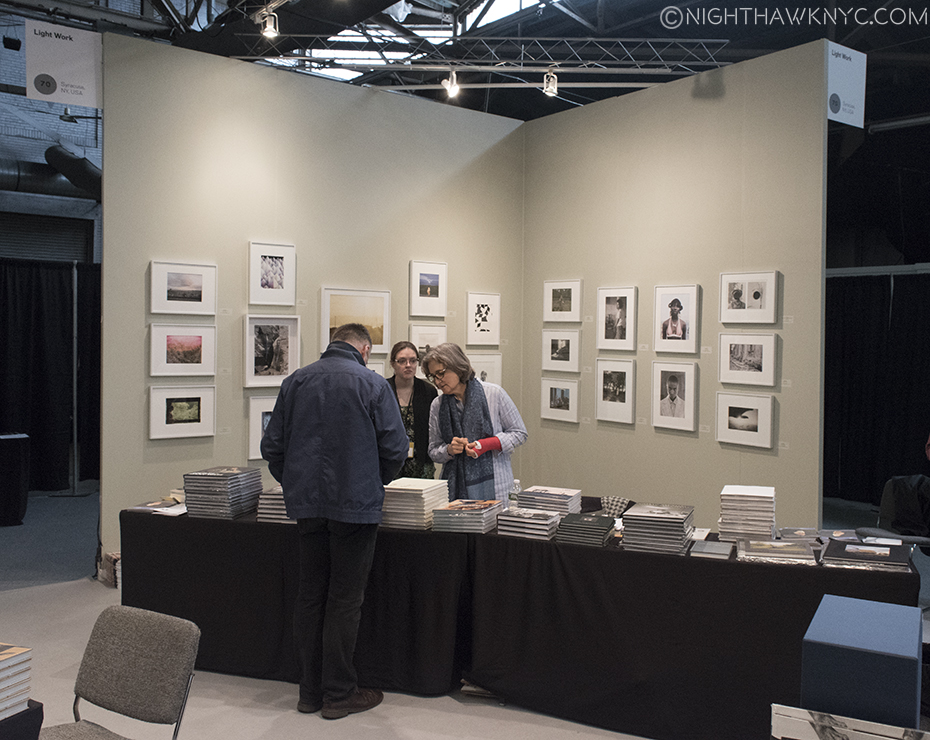
Want to buy top quality work by major Photographers in signed, limited editions for as little as 300.00? Check out Light Work, at lightwork.org, a non-profit in Syracuse, NY. The money goes to help Photographers. Their astounding list of their Artists In Residence to date, which includes Cindy Sherman, can be seen here.
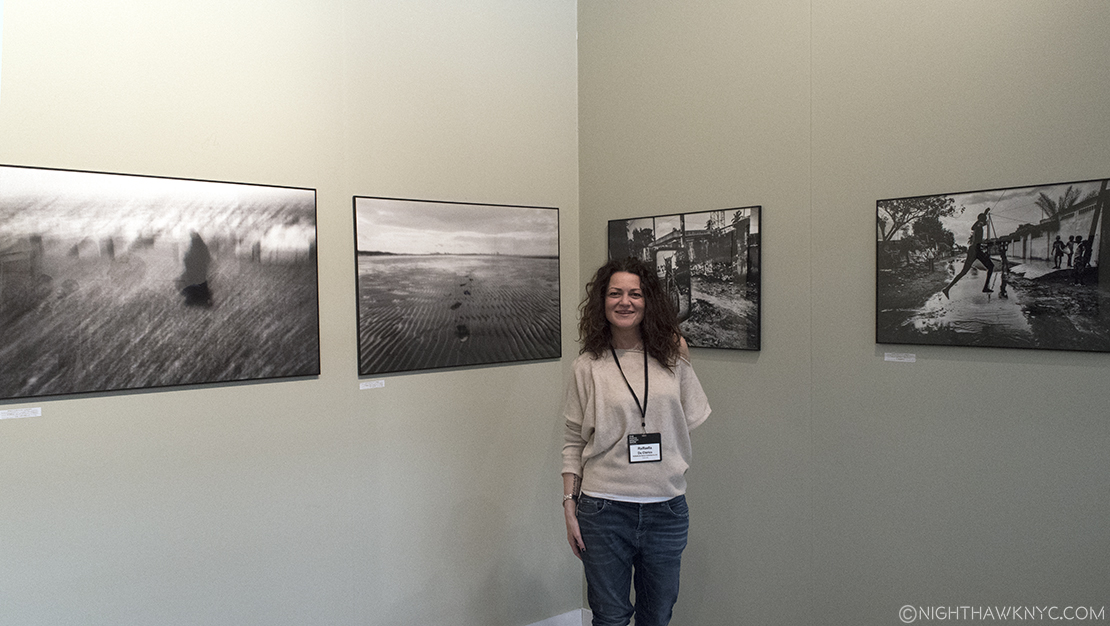
Wonderfully friendly Gallerists were on hand from all over the world, like Raffaella De Chirico, all the way from Turin, Italy, bringing stunning work…
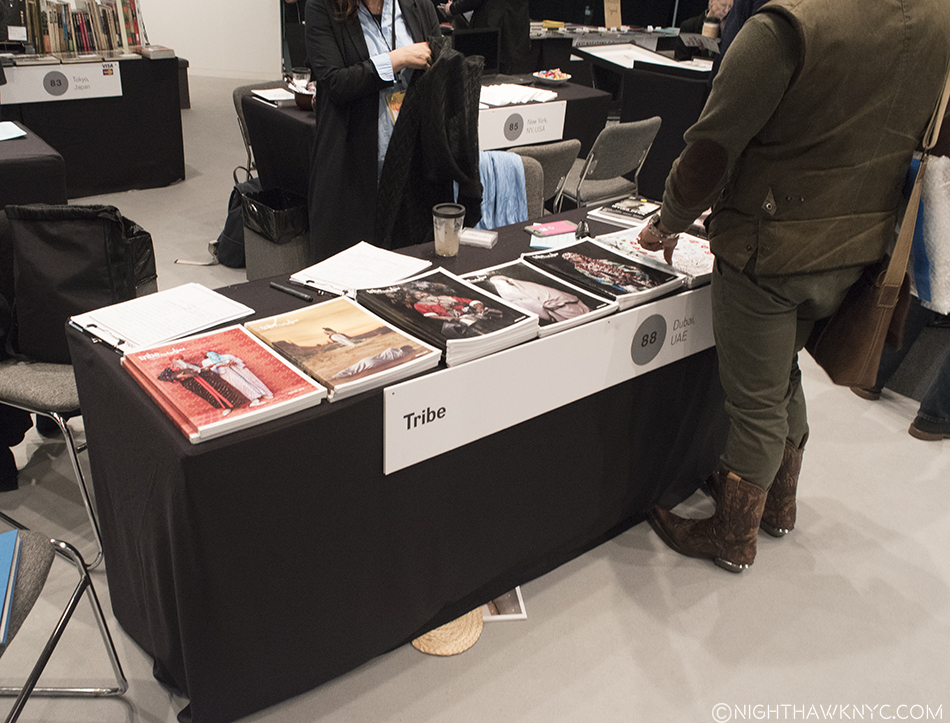
Tribe came all the way from Dubai, U.A.E. to represent the thriving Photo world in 22 Arab countries.
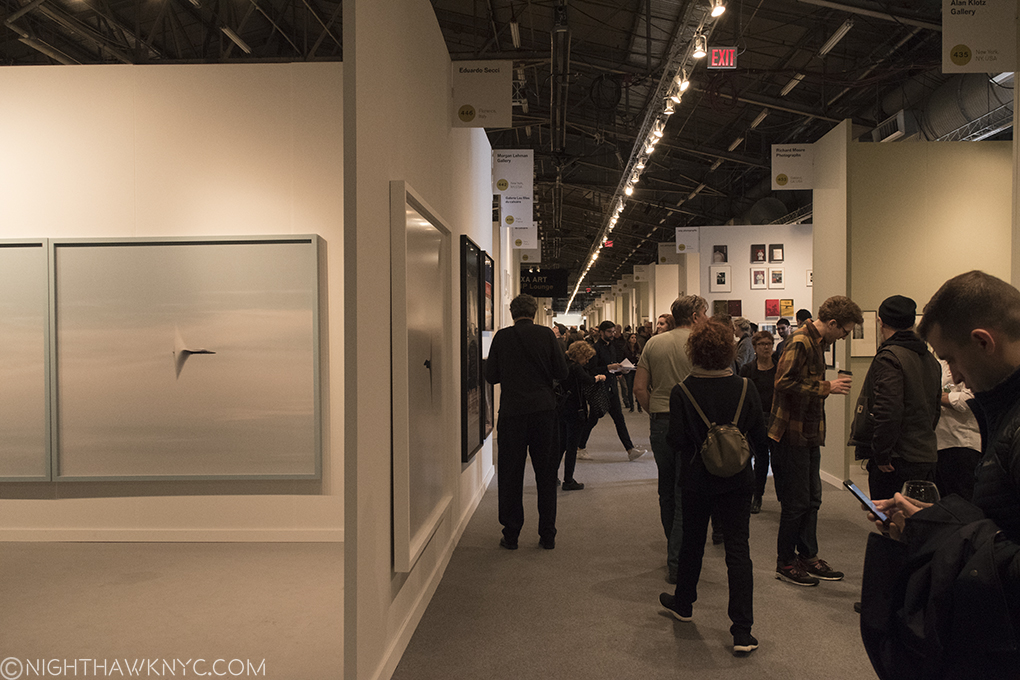
With Galleries as far as the eye can see (check out the signs up top), you’ll need a plane. This is only one aisle of them.
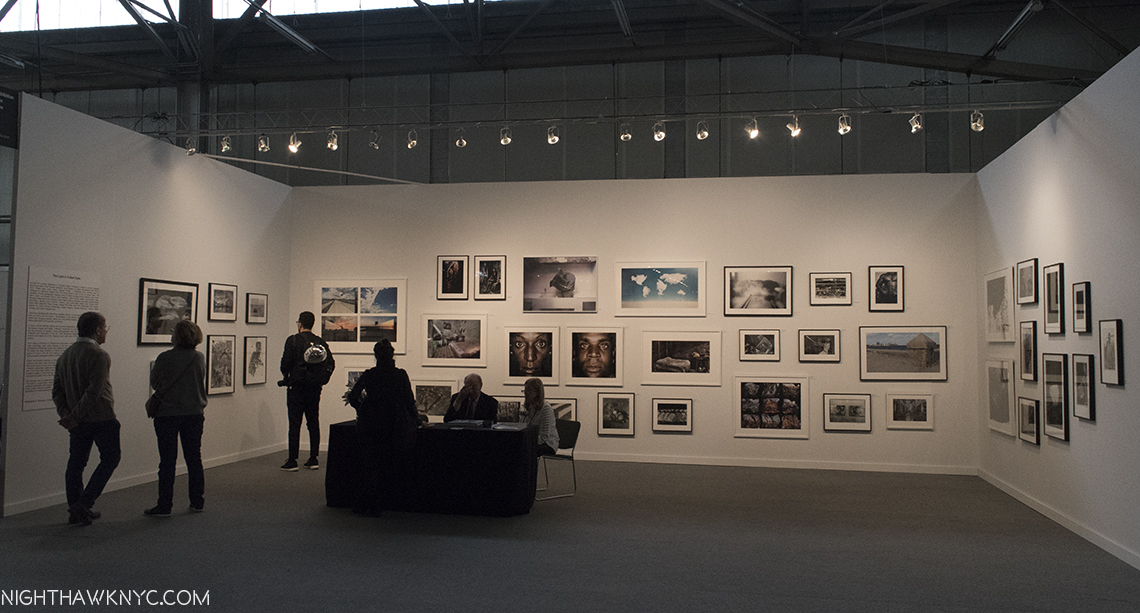
Collections were a new feature this year, including the Plonsker Collection of Cuban Photography, above, and the renowned Walther Collection.
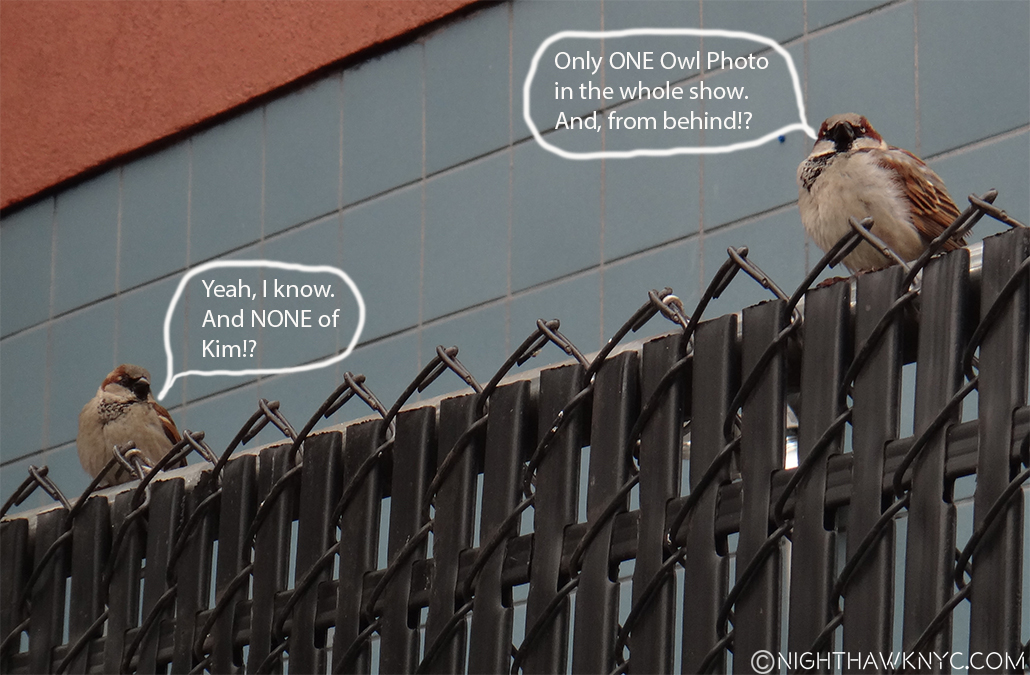
Intermission. In case you need a rest, here’s a little thing I call “On The Fence, #1- AIPAD Edition,” 2017. The Owl in question was by no less than Masao Yamamoto at Yancey Richardson.
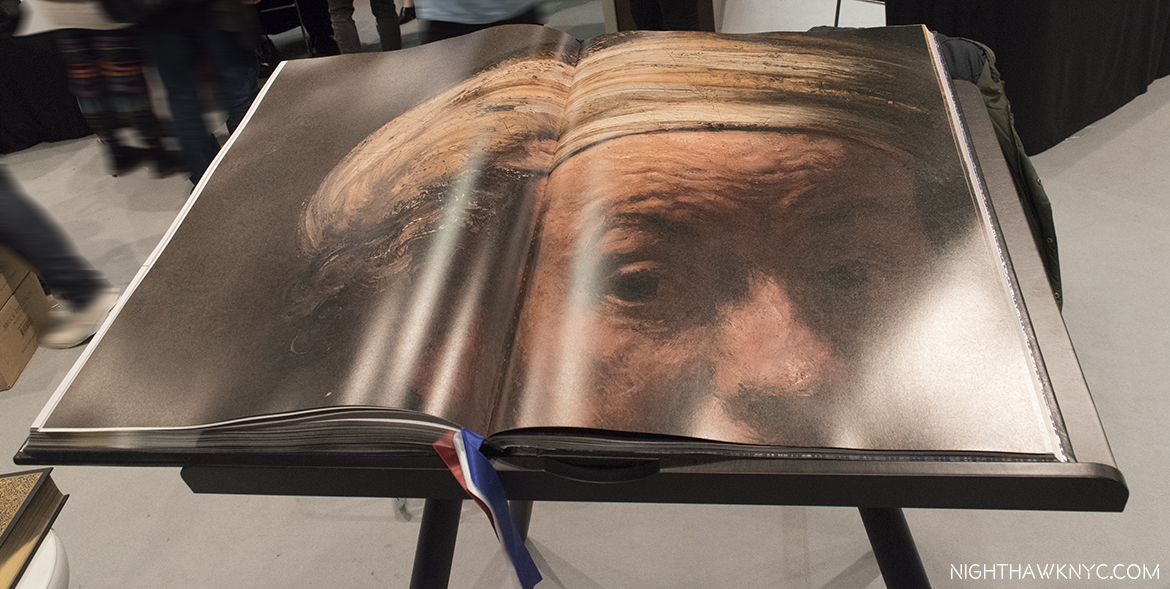
Far & Away THE most amazing book on view, and that’s saying something- “Rijks”. $7,000.00 per, and 55 pounds. Huge! It comes with the table.
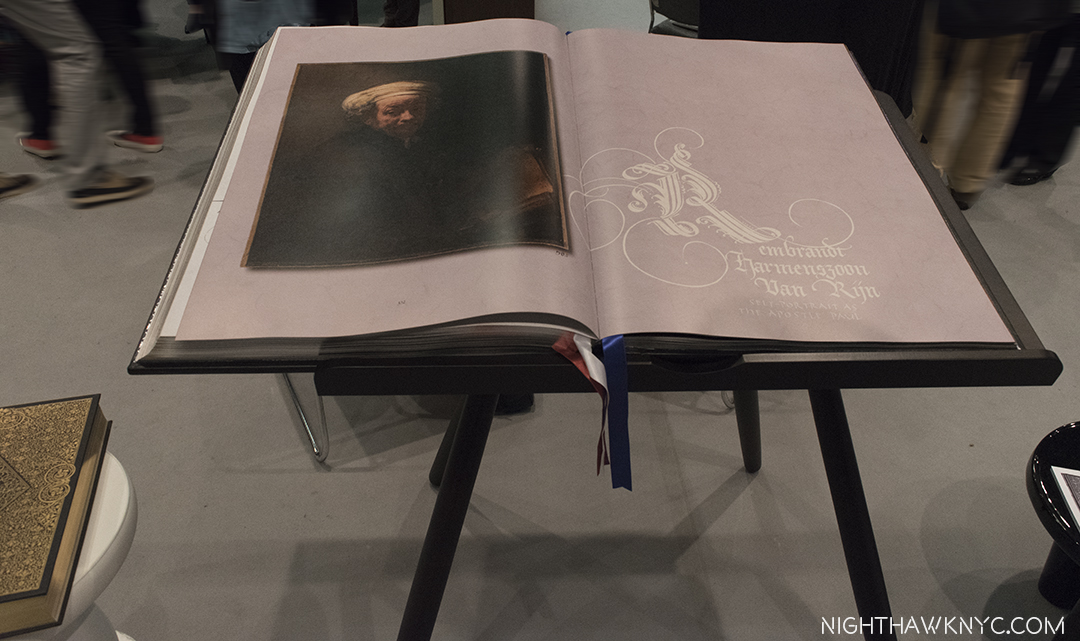
Seen the way Rembrandt created it. An immortal “Self Portrait,” as never seen before- UNFRAMED, gives a remarkably different effect.
I know what you’re thinking- “The ‘Painting guy’ goes to The Photography Show and winds up writing about what else? A PAINTING BOOK- The ONLY Painting book in the place, no less! Well…Yes, and no1. It’s “Rijks: Masters of the Golden Age,” published by Marcel Wanders (Uitgeverij Komma and Magic Group Media), a book of photographs of paintings, but not just any paintings. 64 masterpieces from the Rikjsmuseum, Amsterdam’s “Gallery of Honour,” like you will never see them- UNFRAMED. Yes. You read that right (It STILL blows my mind) with details of each blown up to over 1,000%! Of course, I couldn’t stop looking at it, and just WOW! It may well be the greatest, the most beautiful, and the most well done Art Book I’ve ever seen. I’ve never seen Rembrandt in anything close to this level of detail. I told them that most of it’s pages would make stunning posters. For the “rest of us,” who don’t have the 7 grand, the space, or both for this incredible book, there is a smaller version available for 150.00. It’s cheaper than a plane ticket to Amsterdam!
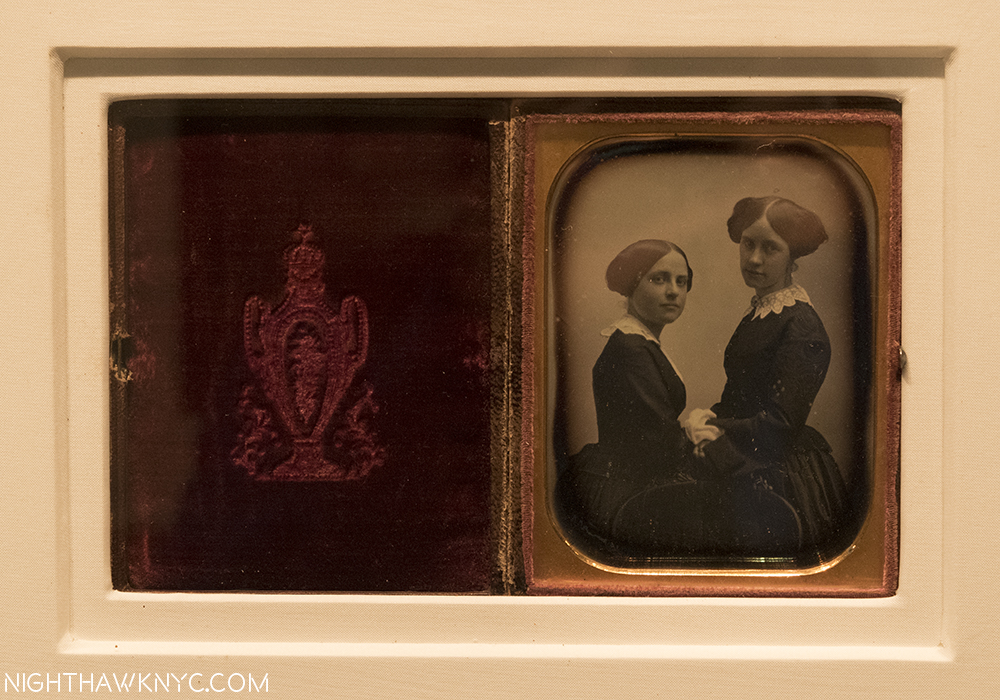
Forever young. “Two Sisters,” 1850, by Southworth and Hawes at Contemporary Works/Vintage Works, Chalfont, PA.
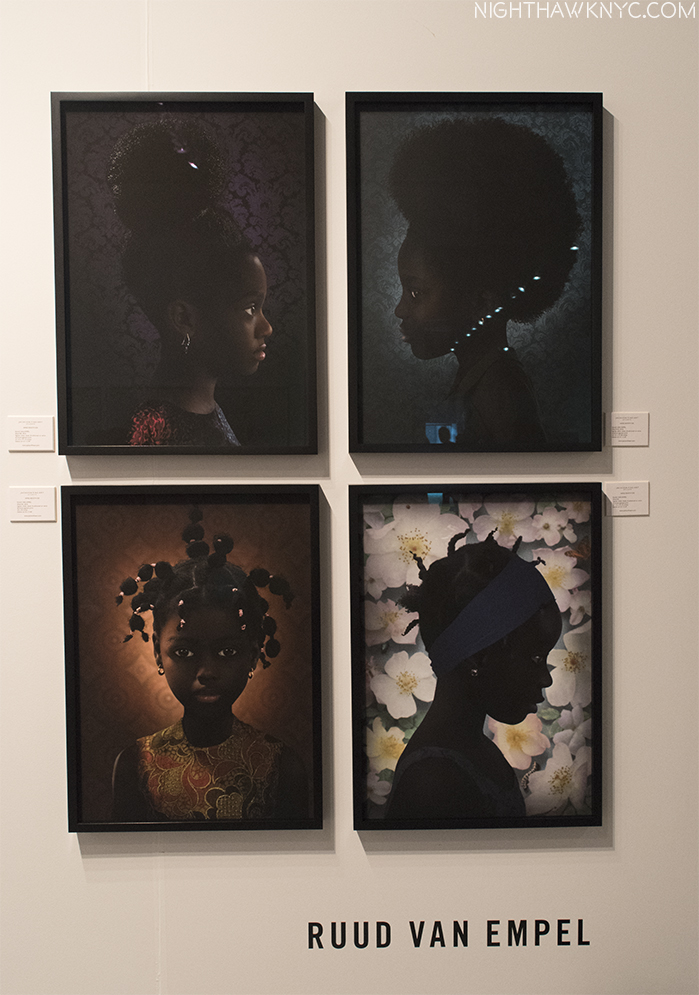
Interesting to contrast with these hauntingly beautiful portraits of the moment by Ruud Van Empel at Jackson Fine Art
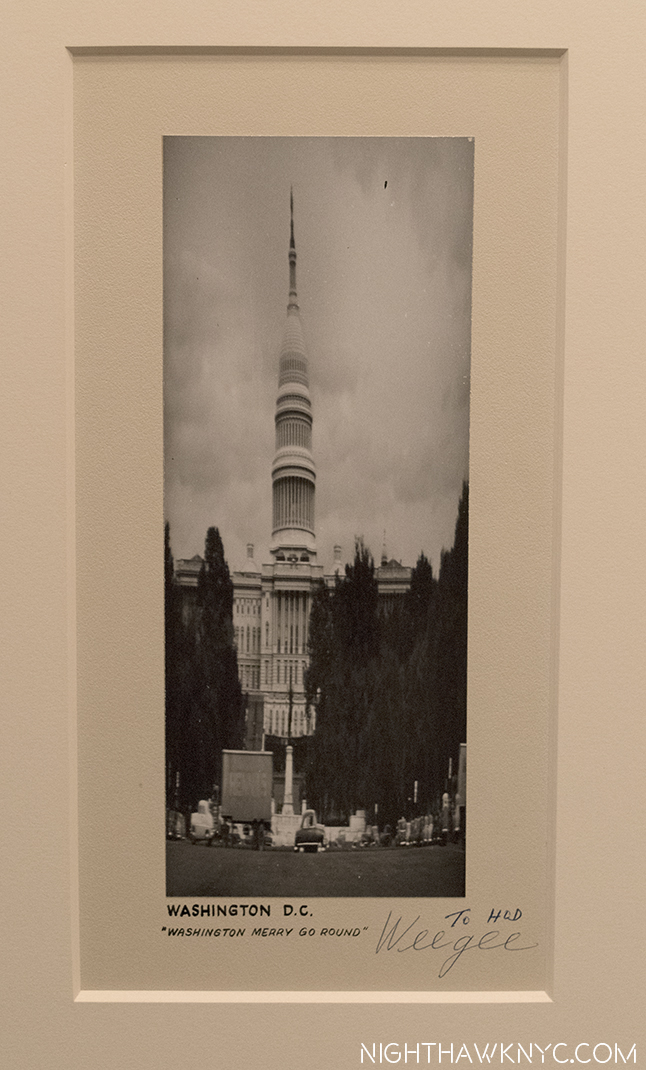
“Washington Merry Go Round,” 1950, by Weegee. An unusual work of his using lens experiments, and a very rare signed piece by the NYC Legend, at Michael Shapiro Gallery.
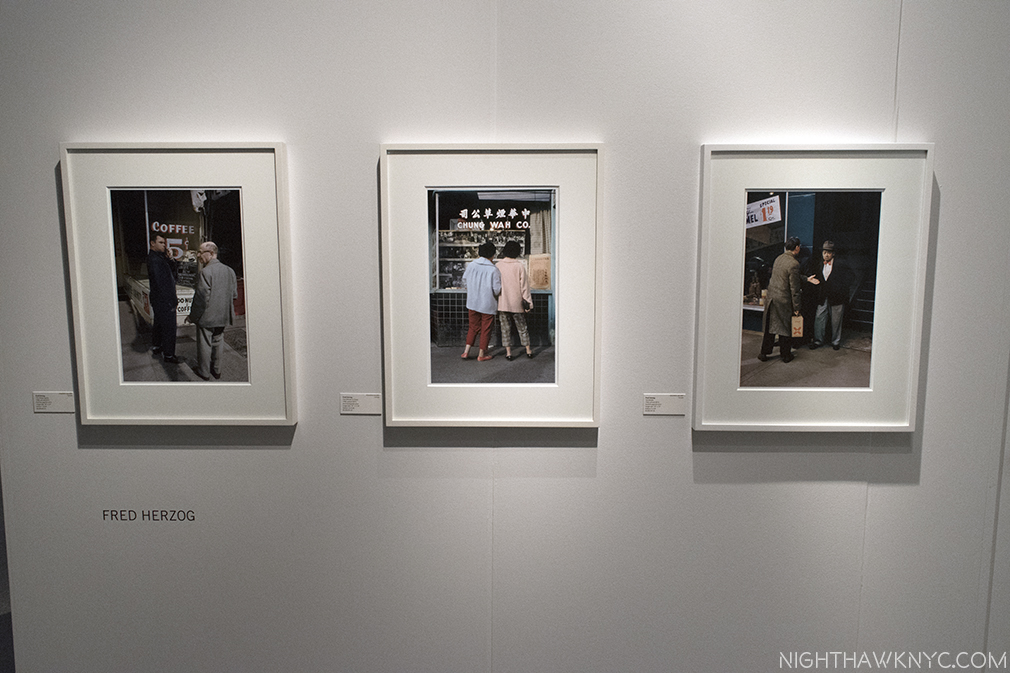
Fred Herzog, who began doing color street photography in Vancouver circa 1954, and continued for 50 years, has only been shown since 2007. He has a marvelous eye, and a universal charm that is only beginning to be as recognized in the USA, as he is in Canada. Vancouver’s Equinox Gallery revealed his range over about 25 wonderfully chosen works.
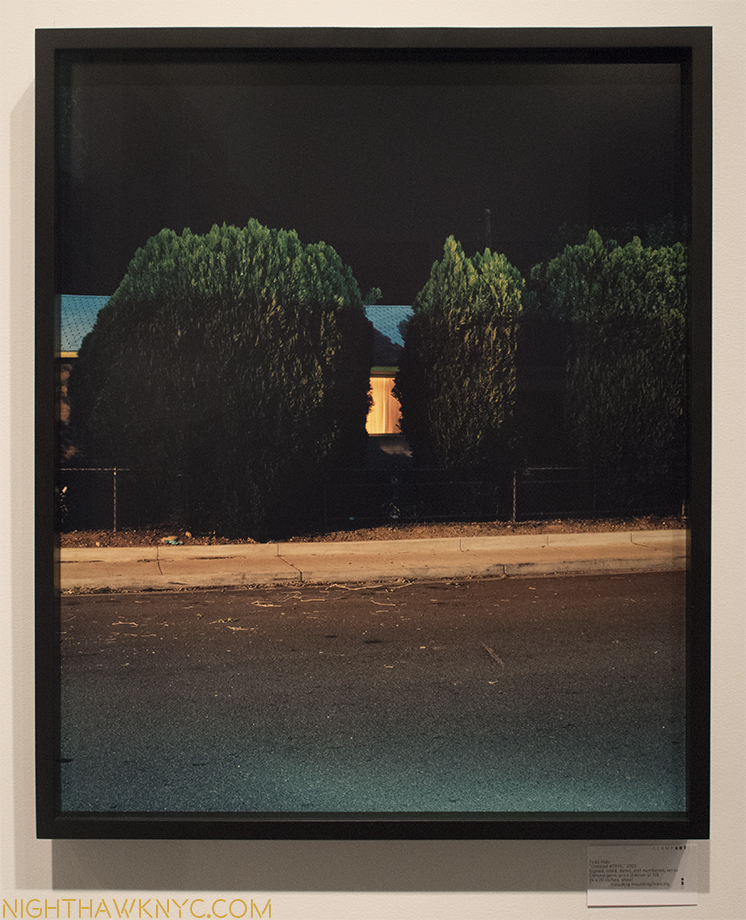
Todd Hido, from his classic series, “House Hunting, 2002,” at ClampArt, NYC. Somebody better buy this before I do!
And, Finally- Summing up AIPAD…
I spoke to approximately 25 Gallerists (out of the 115 or so attending) about their experience at AIPAD starting on Thursday, and followed up on Sunday as the show was about to end. I’ve continued to do so with those I encountered this week as the dust was still settling. (Amazingly to me, most of the NYC Galleries had shows going on WHILE they were at AIPAD!) Of course, there was a range of reactions. Most of the Gallerists I spoke to seemed pleased. Some thought the show was too big, others wondered about the inclusion of the book area. Early on (through Thursday night), most of those I spoke with weren’t happy. “I could have done this from home,” one told me, summing up the general feeling. This was understandable as there was an absolutely torrential rain storm that lasted all day and night Thursday. Given Pier 94’s out of the way location (the trade off for getting it’s generous size), only the very, very dedicated somehow found a way to get to the show (the MTA runs not exactly near it, and cabs in hard rain that far west are as rare as finding a real, signed Diane Arbus at a flea market. There were shuttles, but I never tried them). Friday, the crowds returned, and the show seemed well attended, as far as I could tell, from then on. Activity seemed steady at the Gallery booths, in the book area (aided by a never ending string of book signings), and in the talks. The two cafe areas looked pretty full much of the time. It was hard to judge sales by only looking for red dots on title cards or lists, so I asked. No one dodged my question. On the contrary, most seemed eager to express their experience and feelings. A surprising number had taken the time to wander around and see the show, and were well versed in specifics of what they saw, which was fascinating. Some bemoaned the encroachment of “video,” which I agree with, unfortunately extending to Colleen Plumb’s “Path Infinitum,” a very laudable work about animals in captivity, being out of place in a Photography show. Some felt there was relatively little older/classic work. I found this interesting given that the Art/Painting Gallery world is so skewed towards Modern & Contemporary Art- the number of Galleries showing “classic” works is, relatively, small. I expected to see something similar at AIPAD, especially since I have been to most of the NYC Galleries who were exhibiting. (This was my first AIPAD.) Personally, I was surprised by the number of beautiful classic works by Ansel Adams and Robert Frank, though I was disappointed to see only one William Eggleston, only a handful of Saul Leiters, and no Araki’s (I am sure I just missed them. Many of Araki’s books were present in the book area).
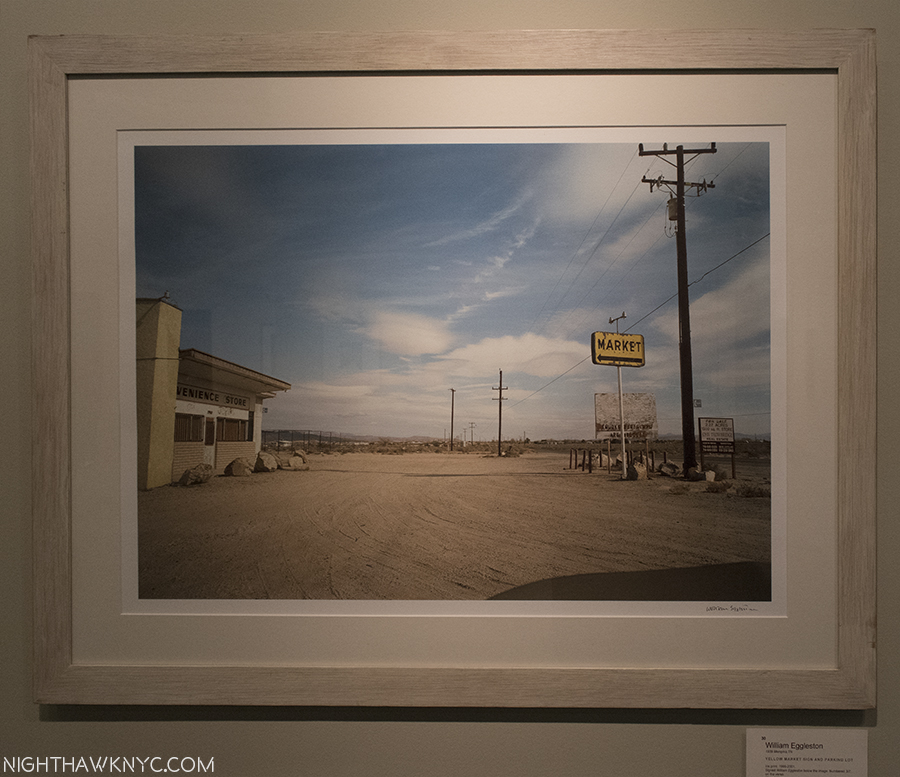
The hair of the dog that bit me. William Eggleston’s “Yellow Market Sign and Parking Lot,” 2001, at Jorg Maass. The only work by the Photographer that I saw. He started all this “trouble” for me back in December, and STILL only continues to grow in my esteem, which surprises the heck out of me, Typically, this work haunts me. What better way to close this chapter?
From the following generation of Photographers, there were only a couple of Bruce Davidsons, and Sebastiao Salgados, though there was a nice group of Ernst Hass, who’s “Route 66, Albequerque, New Mexico,” 1969, seemed to stop everyone who passed it at Atlas Gallery. Personally? I came looking for great Photographers previously unknown to me, and aided by an expert, the man called Jackson Charles, I added about 100 names to my lists. Most of the Gallerists I spoke with agreed that there was an impressive amount of PhotoJournalists on display, a number of who turned their cameras on the refugee crisis, with amazing results. Particularly surprising, and impressive, for me were the Galleries that came the longest distances, like Raffaella De Chirico from Turin, shown above, often showed PhotoJouralism, or other similar work that many deem “difficult” to hang. Others who traveled significant distance, featured Photographers who are not big names here, but who’s work deserves more attention, like Shoot Gallery, Oslo, I wrote about earlier.
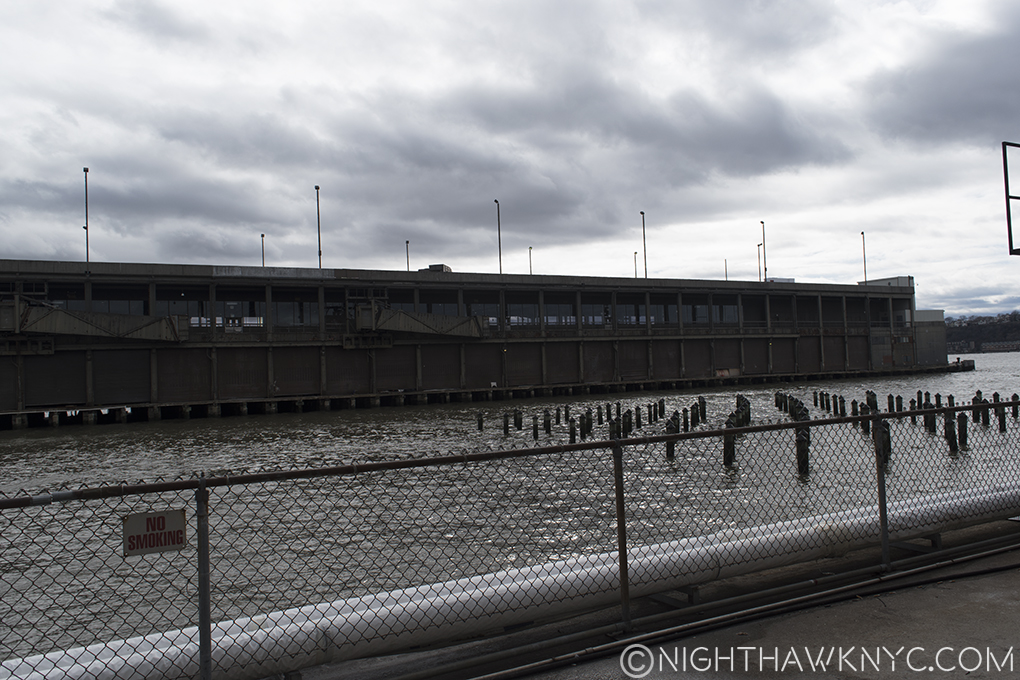
Too Much Is Never Enough In New York. That’s Pier 92, seen from half way down Pier 94 (where AIPAD was) to give a sense of size. Pier 92 is SMALLER than Pier 94!
The reaction of the attendees I heard most often later on Saturday was their feet were getting tired. It dawned on me that if there wasn’t so much worth seeing, they would have left before their feet got tired. I heard mixed things in the book area. Some Booth-holders were very pleased with how they did. Others not so much. It seemed to me it drew a lot of visitors, not surprising given how many Photographers were on hand for book signings throughout the show. A number of publishers debuted titles, or brought about to be released books. I think there were quite a few people who went to AIPAD purely for the book area. (Maybe this will lead to a separate PhotoBook show…?) Some of these tables seemed a bit small and crowded together (just like NYC Apartments), but the range of Publishers and Organizations present in this area I found most impressive. I hope they are included next year, and the layout is improved.
Personally? I found AIPAD to be professionally staged, managed and run throughout. I think most visitors were impressed by it. I found little to complain about- and I looked hard. Getting to and fro was the biggest downside, in my opinion. In the end, I hope lessons are learned from this year’s show to make a very good experience even better next year.
Thank You’s-
I can’t leave AIPAD without thanking the following people-
-Jackson Charles- Photography & PhotoBook Expert Extraordinaire, for his guidance and insights above and beyond the call of duty over FOUR days.
-Kellie McLaughlin of the legendary Aperture Foundation for introducing me to Gregory Halpern, and considerations throughout
-Paul Schiek and Lester Rosso of TBW Books for introductions to Jim Jocoy, Raymond Meeks, and other considerations
–Jim Jocoy for sharing his extraordinary experiences, and amazing new book with me
–Raymond Meeks for sharing his beautiful work, especially his lovingly crafted hand made new release
-Danny who turned me on to Curran Hatleberg
-Forrest Soper of PhotoEye for turning me on to Moises Saman’s “Discordia”
-Sophie Brodovitch of Equinox Gallery, Vancouver for her Fred Herzog expertise, and consideration
-All the Gallerists and Organizations who spoke with me and shared their expertise and insights with me.
-Margery Newman of Margery Newman Communication for her help and consideration throughout
And, finally, to Bruce Davidson, and all the great Photographers, past and present, all over the world, who are the reason we went to AIPAD- To see the world through their eyes.
*-Soundtrack for this Post is “Through Your Eyes,” written by Richard Marx and Dean Pitchford, published by Wonderland Music Co., Inc.
This is the 4th and final Part of the most extensive coverage of AIPAD, 2017, available anywhere! The rest of this 4-part series is here.
NighthawkNYC.com has been entirely self-funded & ad-free for over 8 years, during which 300 full length pieces have been published! If you’ve found it worthwhile, PLEASE donate to allow me to continue below. Thank you, Kenn.
You can also support it by buying Art, Art & Photography books, and Music from my collection! Art & Books may be found here. Music here and here.
Written & photographed by Kenn Sava for nighthawknyc.com unless otherwise credited. To send comments, thoughts, feedback or propositions click here. Click the white box on the upper right for the archives or to search them. Subscribe to be notified of new Posts below. Your information will be used for no other purpose.
- I’ve written about a number of excellent PhotoBooks I saw at AIPAD in the earlier parts of this series. ↩

